Senior rabbits have a calm, wise energy that's impossible not to love. However, as they age, they begin to require a bit more care, particularly in terms of their diet. If your rabbit is around six years or older, it's time to look at their daily routine—starting with their diet.
Click Here For a Guide to Understanding Your Rabbits Diet.

Just like humans, older rabbits slow down. Their appetite changes, they nap more, and they often become more particular about what they like and don't like. That's where your attention to detail becomes extra important. Especially when it comes to their hay.
Recognizing the Signs of a Senior Rabbit
Rabbits are considered seniors around age six, though some may show signs earlier or later depending on breed and health. What changes should you look for? Less hopping and more lounging is common. They may also clean themselves less frequently or have a harder time reaching the litter box on time.
But the biggest sign? Their eating habits start to shift. Your once food-motivated rabbit might suddenly ignore their hay. Or they might graze more slowly. That's your cue to reassess what's in their bowl—and more specifically, what kind of hay is best suited to their changing needs.
The Basics of a Senior Rabbit Hay Diet
Hay is—and always should be—the bulk of your rabbit's diet. For senior rabbits, the quality and cut of hay you offer can make a significant difference in their digestion, weight, and dental health. This is where the term senior rabbit hay diet becomes essential.

Timothy Hay remains the gold standard for adult rabbits. But did you know it comes in multiple cuts? Each cut has a distinct texture and nutritional profile. That variety is helpful when catering to the needs of an older rabbit.
Choosing the Right Cut of Timothy Hay
There are three main types of Timothy Hay: First, Second, and Third cut. Each one affects your rabbit differently. Here's how to choose:
First Cut Timothy Hay (also called Coarse Timothy Hay) is fibrous and slightly tougher. It's excellent for dental health because it encourages chewing, which wears down teeth naturally.
Second Cut Timothy Hay (also called Medium Timothy Hay) has a balanced texture—soft enough to be appetizing but still coarse enough to help with teeth. It also tends to have more protein than the first cut.
Third Cut Timothy Hay (also called Soft Timothy Hay) is tender and fragrant, perfect for rabbits who've become picky or have dental sensitivities. It's lower in fiber, so it should be offered with something that promotes healthy teeth.
As part of a thoughtful senior rabbit hay diet, most buns do best with Second Cut Timothy Hay. But if their appetite is low or they've become selective, mixing in Soft Timothy Hay might help get them nibbling again.
What If Your Rabbit Won't Eat Timothy Hay?
Some rabbits develop hay aversions over time. If that's the case, don't panic. Try different textures or even different types of hay altogether. Veterinarians recommend rotating types of hay to prevent boredom and stimulate interest.
If allergies are a concern—for you or your rabbit—Coarse or Soft Orchard Grass is a great substitute. Orchard Grass is slightly sweeter in smell and taste, which may appeal to older rabbits. Just keep in mind that soft hays won't help with dental wear. That’s where chew sticks like untreated apple sticks or rabbit-safe wooden toys come into play.
Adding Alfalfa: When and How
Most adult rabbits don't need Alfalfa Hay. It's rich in calcium and protein, which can cause problems like bladder sludge or obesity in healthy adults. But for underweight senior rabbits, it can be a tool—used carefully and with your vet's supervision.
Make sure your rabbit's calcium levels are within a normal range before offering Alfalfa. This should be confirmed with blood work at the vet. If all is well, mixing in a little Alfalfa with their regular hay can help them regain weight and energy.
How to Spot Digestive Trouble in Senior Rabbits
Your rabbit's poop tells the whole story. Keep an eye on their stool consistency and quantity. Small, dry droppings can indicate dehydration or insufficient fiber intake. Mushy or sticky poop? That's a red flag that their gut isn't working as it should.
And never ignore signs of "poopy butt"—a condition where soft stool gets stuck to your rabbit's rear. It's not just messy. It can lead to fly strike, a dangerous and potentially fatal condition. If you see poop clumping around the tail, clean it gently and consult your vet.
Colder temperatures may also affect your bun's appetite. Rabbits burn more calories to stay warm, so their food intake might need to increase during winter. Keep hay plentiful and encourage movement to keep digestion running smoothly.
Water Needs Change, Too
It's easy to focus on hay and pellets, but water is just as important. Dehydration in older rabbits can worsen digestive issues and lead to urinary problems. But here's the tricky part—senior rabbits can be very particular about how they drink.
If your rabbit always drank from a bottle but is now ignoring it, try offering a bowl. Some seniors find bowls easier to use. Others may prefer bottles because the water stays cleaner. Offering both options is the best way to make sure your rabbit stays hydrated.
When To Reassess Pellet Intake
As rabbits age, some begin to lose weight even if they seem to be eating. If your rabbit is on the thin side and hay alone isn't enough, consider increasing their pellet intake—but with caution.

Senior rabbits should receive a high-quality pellet that lists Timothy Hay as its main ingredient. Avoid colorful blends with corn, seeds, or sugary dried fruit. Those extras can cause digestive upset and don't offer meaningful nutrition. Instead, look for pellets with added fiber and minimal fillers.
Veterinary input is especially valuable here. If your rabbit's weight is declining, a vet can help pinpoint whether it's a dental issue, a gut slowdown, or something else. They may also recommend special formulas designed for weight gain in older rabbits.
Daily Feeding Strategy for a Senior Rabbit Hay Diet
Creating a successful senior rabbit hay diet is about more than choosing the right hay. It's also about how and when you offer it. Here's a suggested daily routine for your aging bunny:
Morning: Offer a fresh pile of Timothy Hay (First or Second Cut) along with a small handful of quality pellets.
Midday: Replenish hay if needed. Provide leafy greens like romaine, dandelion, or parsley. Keep treats to a minimum.
Evening: Add another small serving of pellets or supplemental hay like Soft Timothy or Orchard Grass if your rabbit is underweight or picky.
Overnight: Ensure fresh hay is available, and replace water so it's clean for the morning.
Rabbits graze all day. Having consistent access to hay encourages steady digestion and supports dental health. If you're using Soft Timothy Hay, pair it with natural wooden chew toys to avoid tooth overgrowth.
Grooming and Its Role in Senior Health
Older rabbits may struggle to groom themselves properly. Long-haired breeds like Angoras or Lionheads are especially prone to tangles and mats. Even short-haired rabbits can develop fur blockages from ingesting too much loose hair.
Brushing your rabbit regularly prevents hair buildup and helps you monitor their condition. You'll notice changes in skin, weight, and even mobility just by making grooming part of your routine. It's also an excellent time to check for signs of poopy butt or sore hocks, which are more common in senior rabbits.
Need help building a grooming routine? This guide breaks down how often and how thoroughly to brush your rabbit depending on breed and coat type.
Vet Visits Aren’t Optional
If your rabbit hasn't been to the vet in over a year, now's the time to make that appointment. Senior buns should get annual wellness checks that include:
Teeth inspection for overgrowth or misalignment
Blood tests to check for organ function and nutritional absorption
Weight and body condition tracking
Mobility assessment for early signs of arthritis or weakness
Early detection is your best tool. Issues like kidney disease, dental problems, or even cancer are easier to manage when caught early. Your vet can also help fine-tune your rabbit's diet based on lab results and visible signs.
Comfort and Accessibility in Their Living Space
Older rabbits need soft flooring, easy access to food and water, and a stress-free environment. Think of it like rabbit retirement living—gentle and calm. Avoid high jumps or ramps. Add non-slip mats or fleece liners to prevent injury.
If your bun lives with a bonded partner, monitor their relationship closely. Sometimes the younger rabbit can dominate meals, so make sure your senior still gets their fair share of hay and pellets. Offering food in separate areas may help reduce competition.
Special Considerations for Cold Weather
Senior rabbits have a harder time maintaining body heat. In colder months, ensure they have plenty of hay and safe, insulated bedding. Indoor rabbits may benefit from fleece blankets or a heating pad specifically designed for pets (never use an electric heating pad not intended for animals).
Outside buns need protected housing—draft-free, elevated, and waterproof. Increase their food portions slightly to help them maintain a healthy weight and body temperature. A proper cold-weather setup could make a real difference in their survival and comfort.
Summary: Three Key Takeaways
A senior rabbit hay diet should be built around Timothy Hay, with flexibility to adjust based on their digestion and preferences.
Soft hay and appetite loss might call for supplements like Alfalfa or extra pellets—but only under a vet's guidance.
Routine care, including grooming, fresh water, and yearly vet checkups, ensures your aging bun stays healthy and happy.
Helping your rabbit grow old gracefully isn't hard—it just takes consistency and care. Start by adjusting their hay, then check in with their hydration, housing, and health needs. Your bunny may be slowing down, but with the right support, there's still plenty of joy—and binkies—ahead.

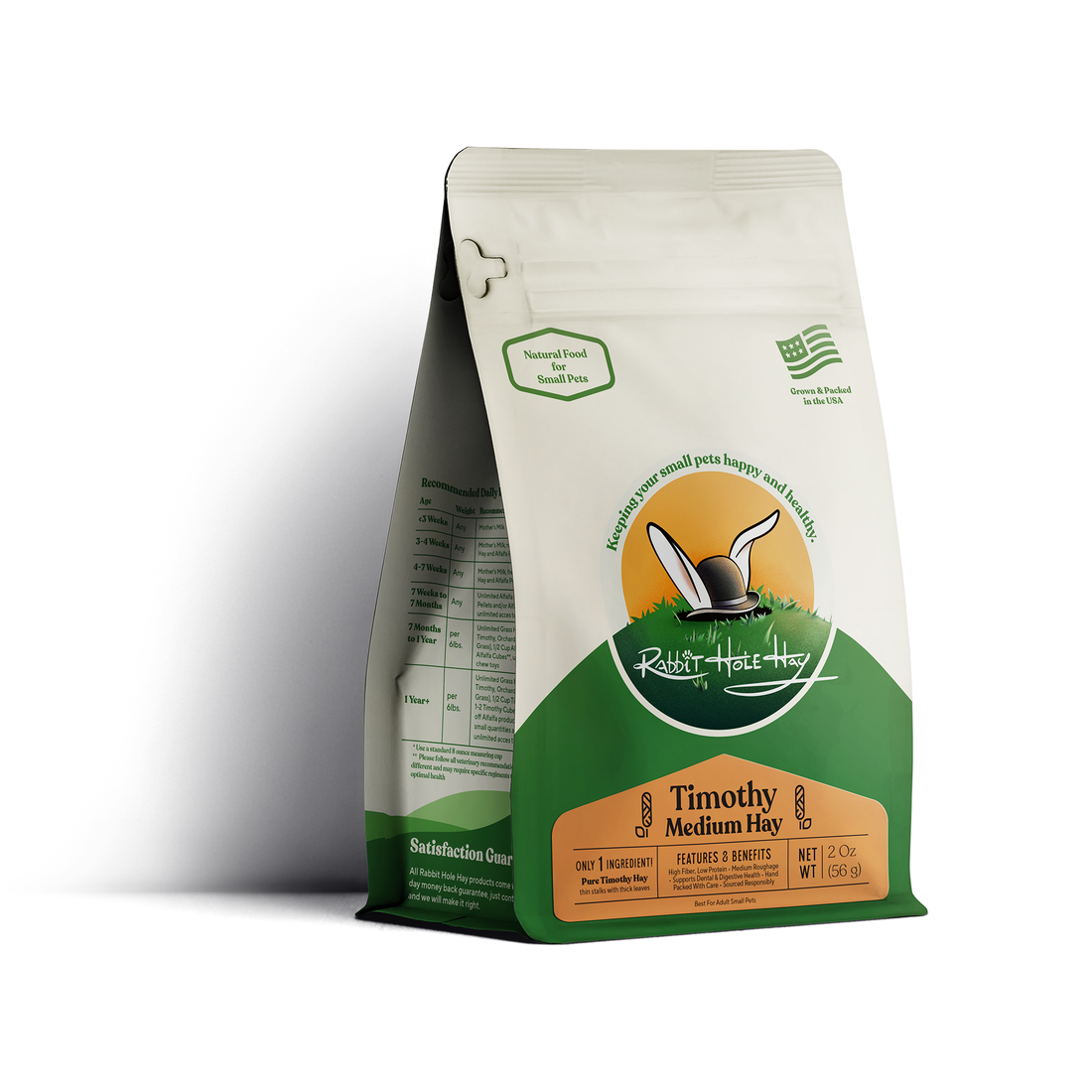
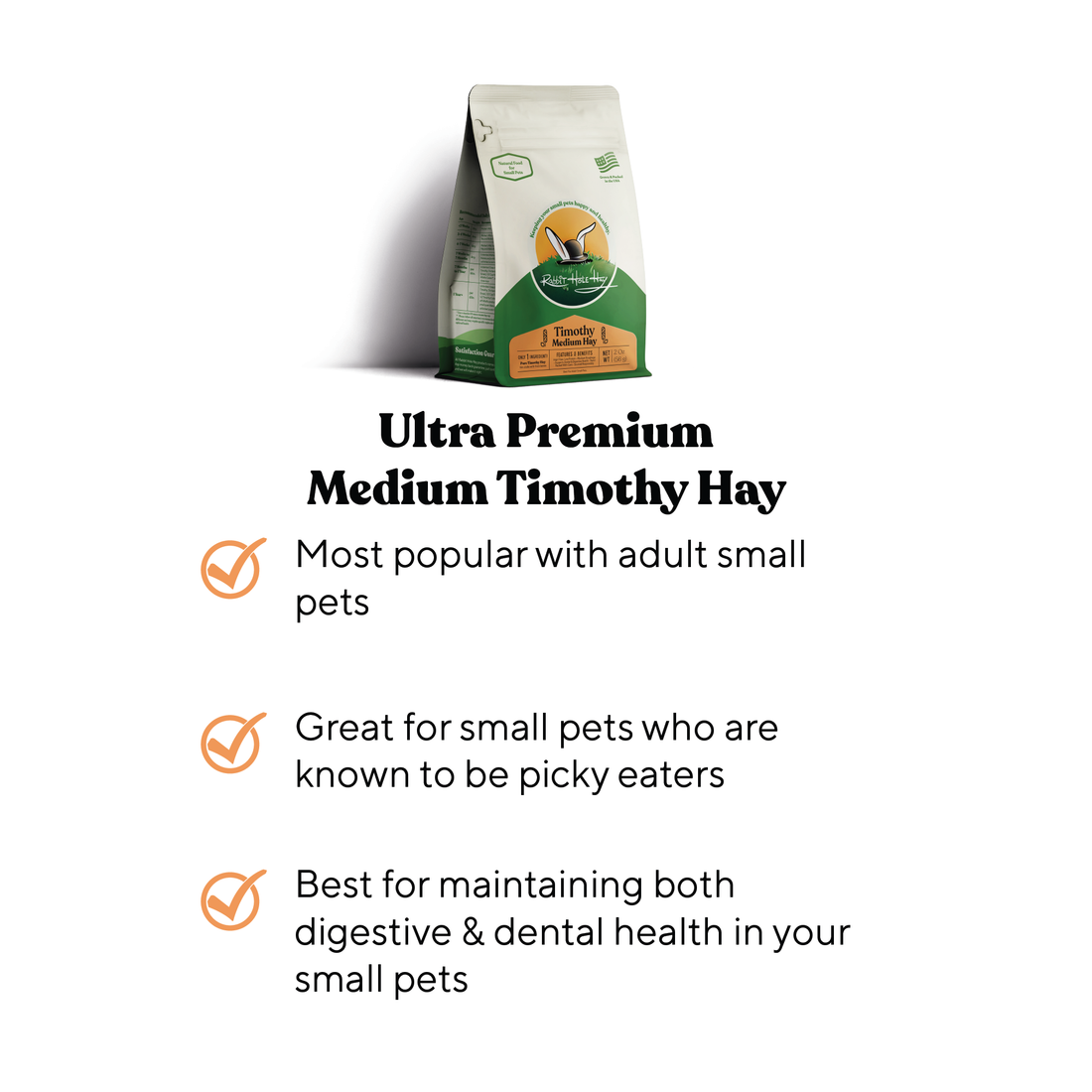
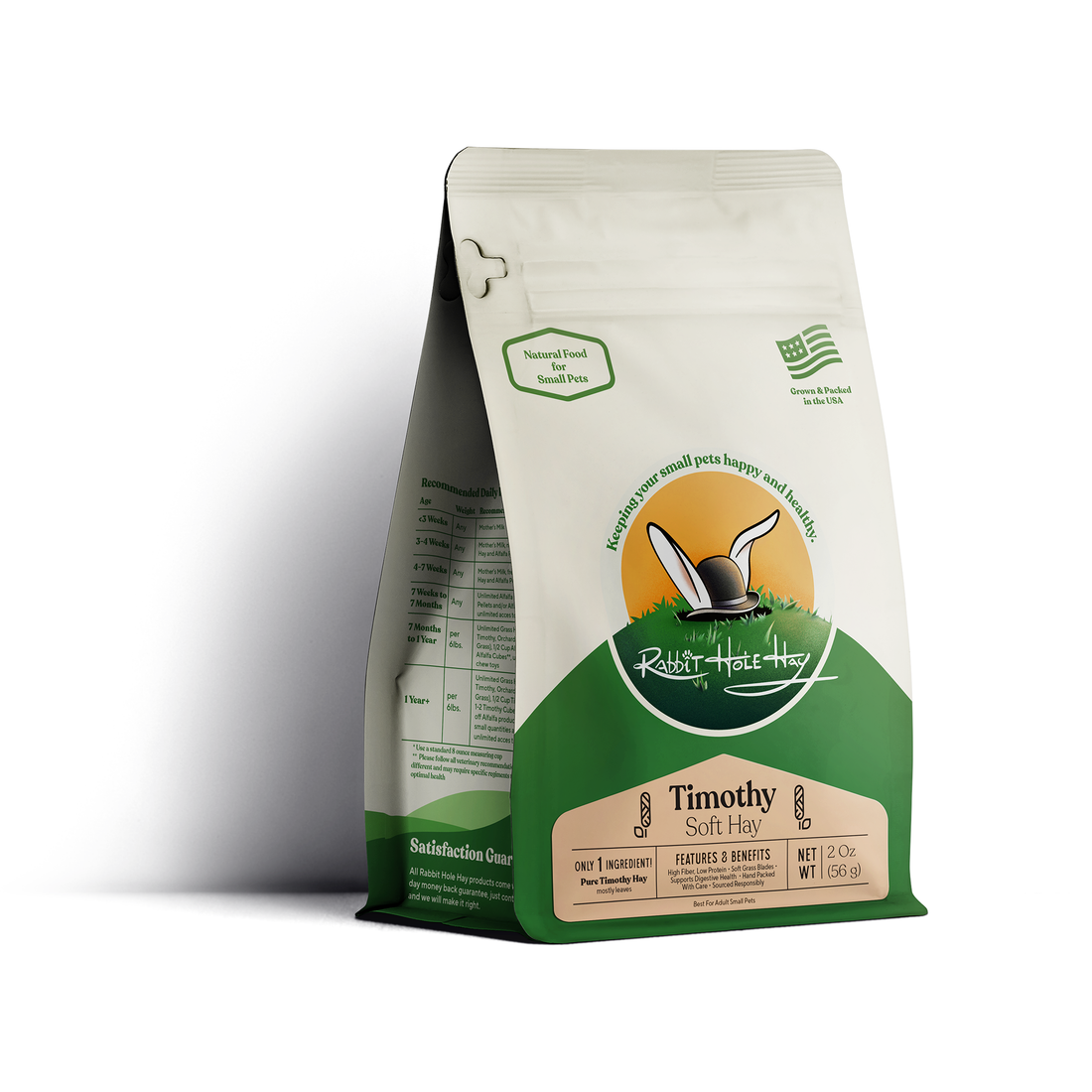

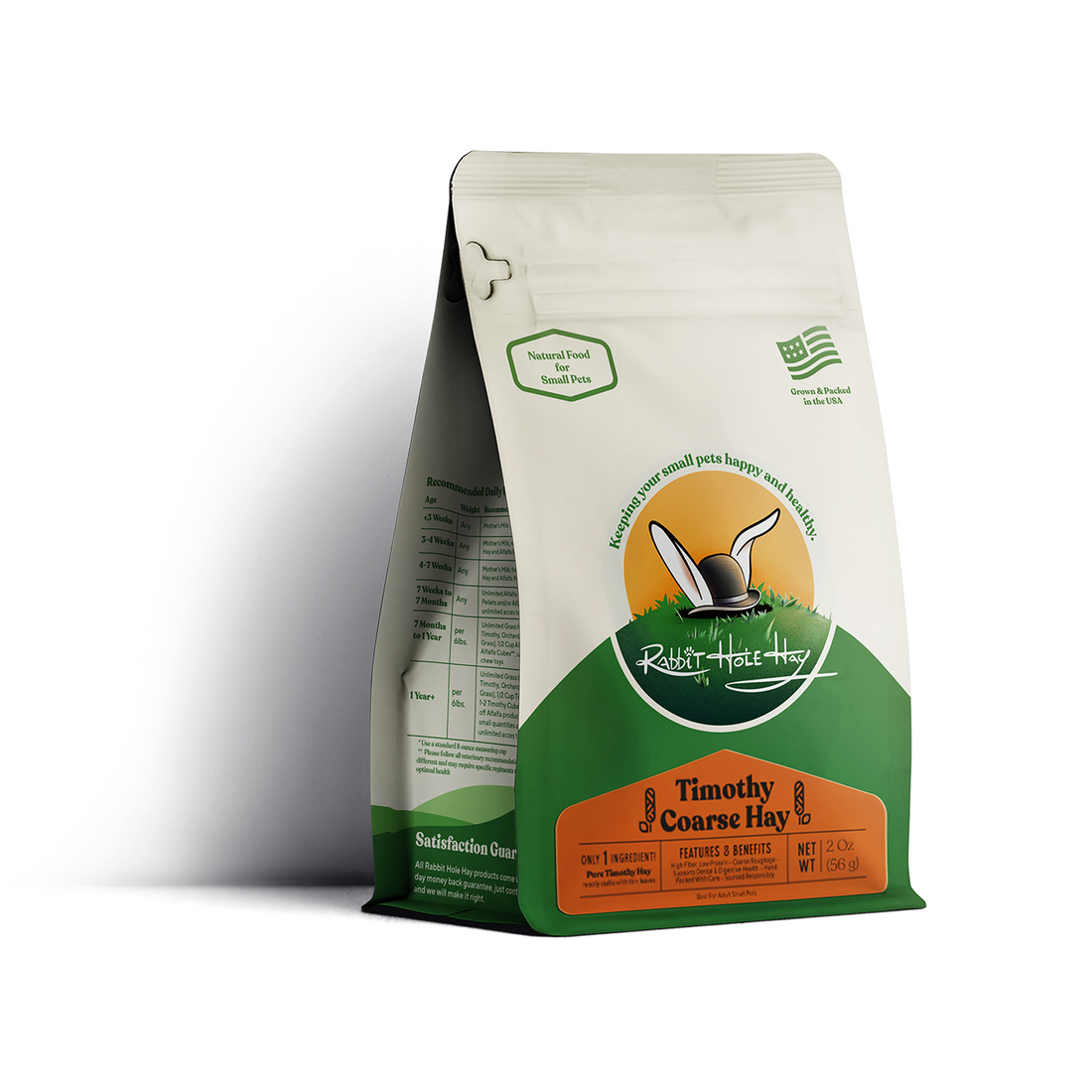

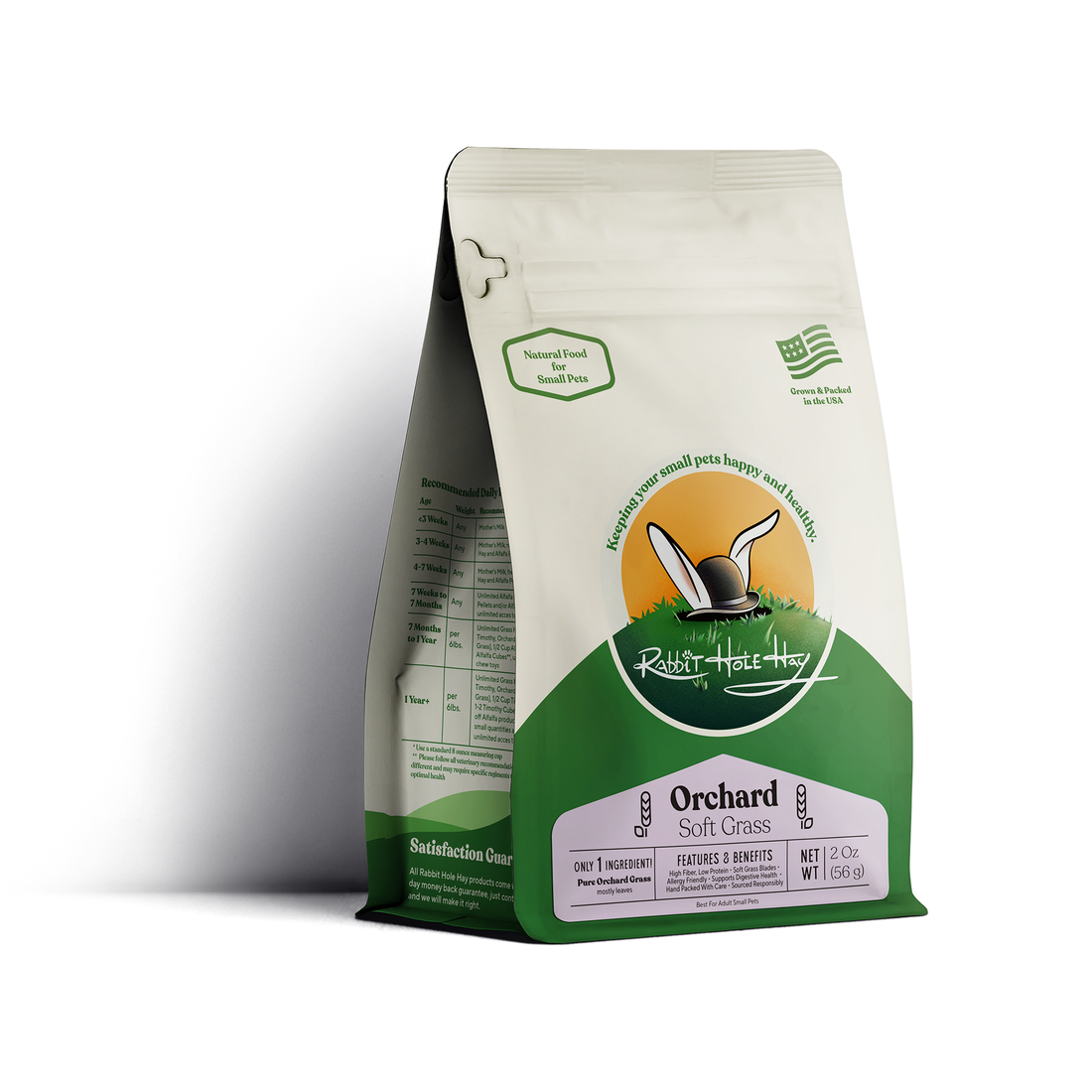
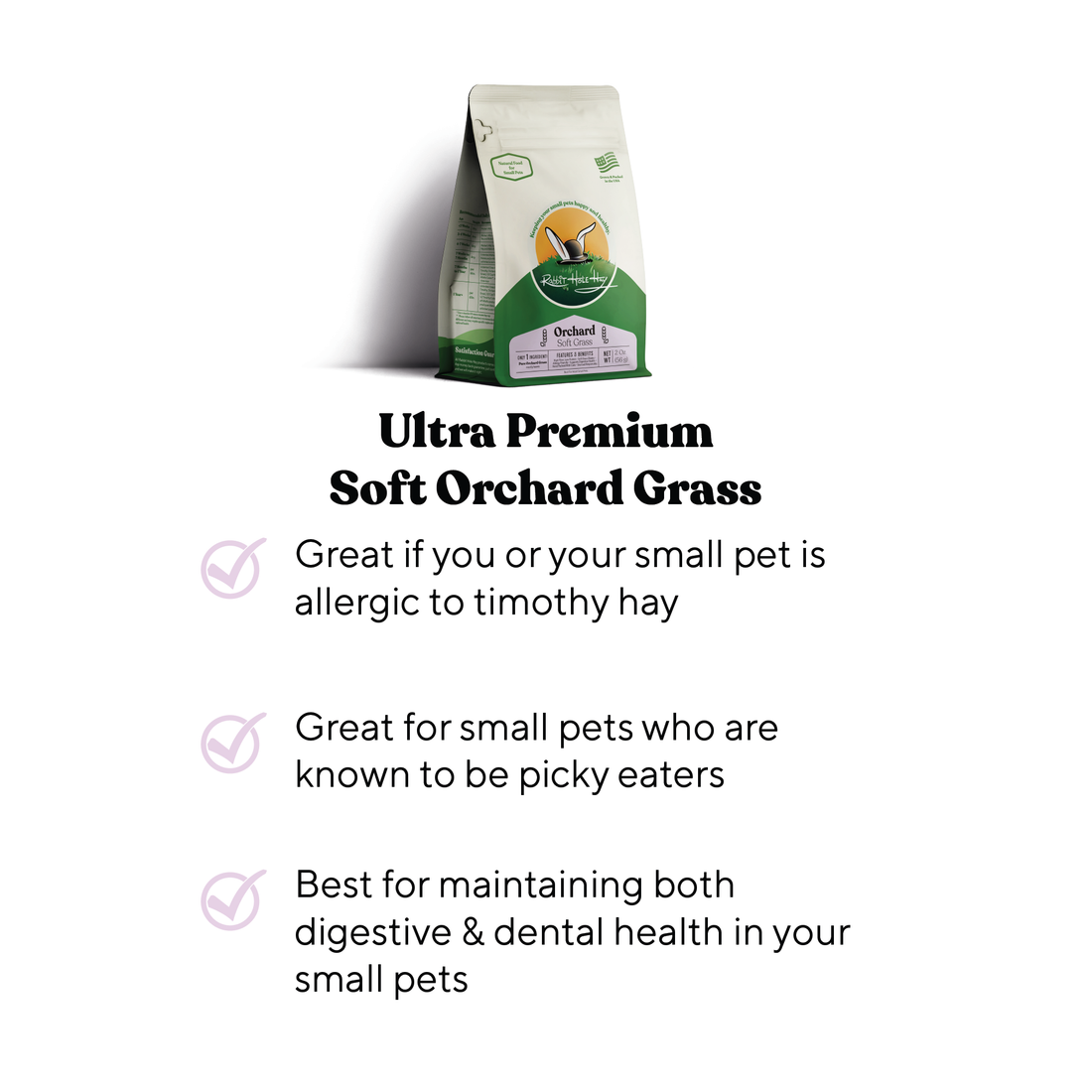
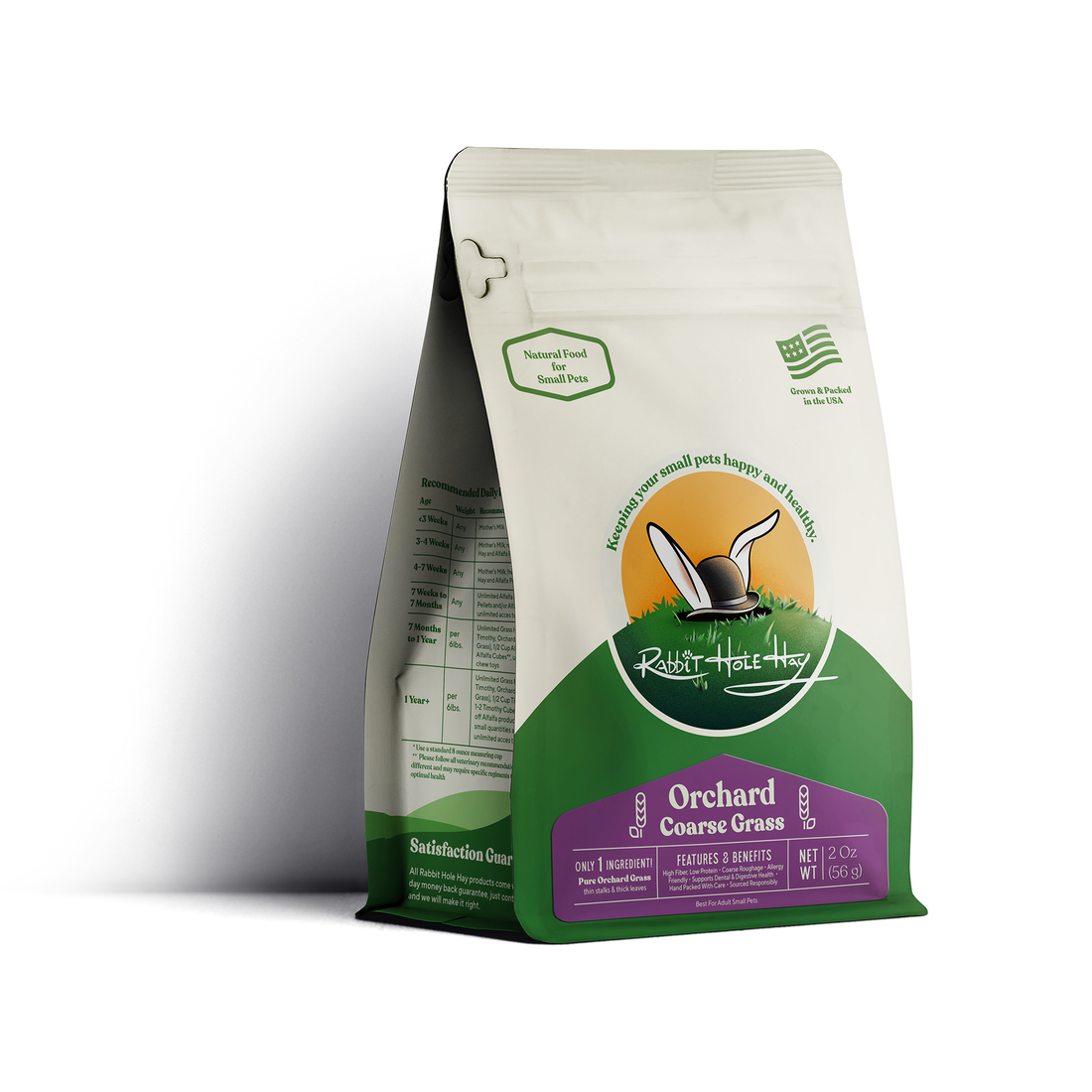
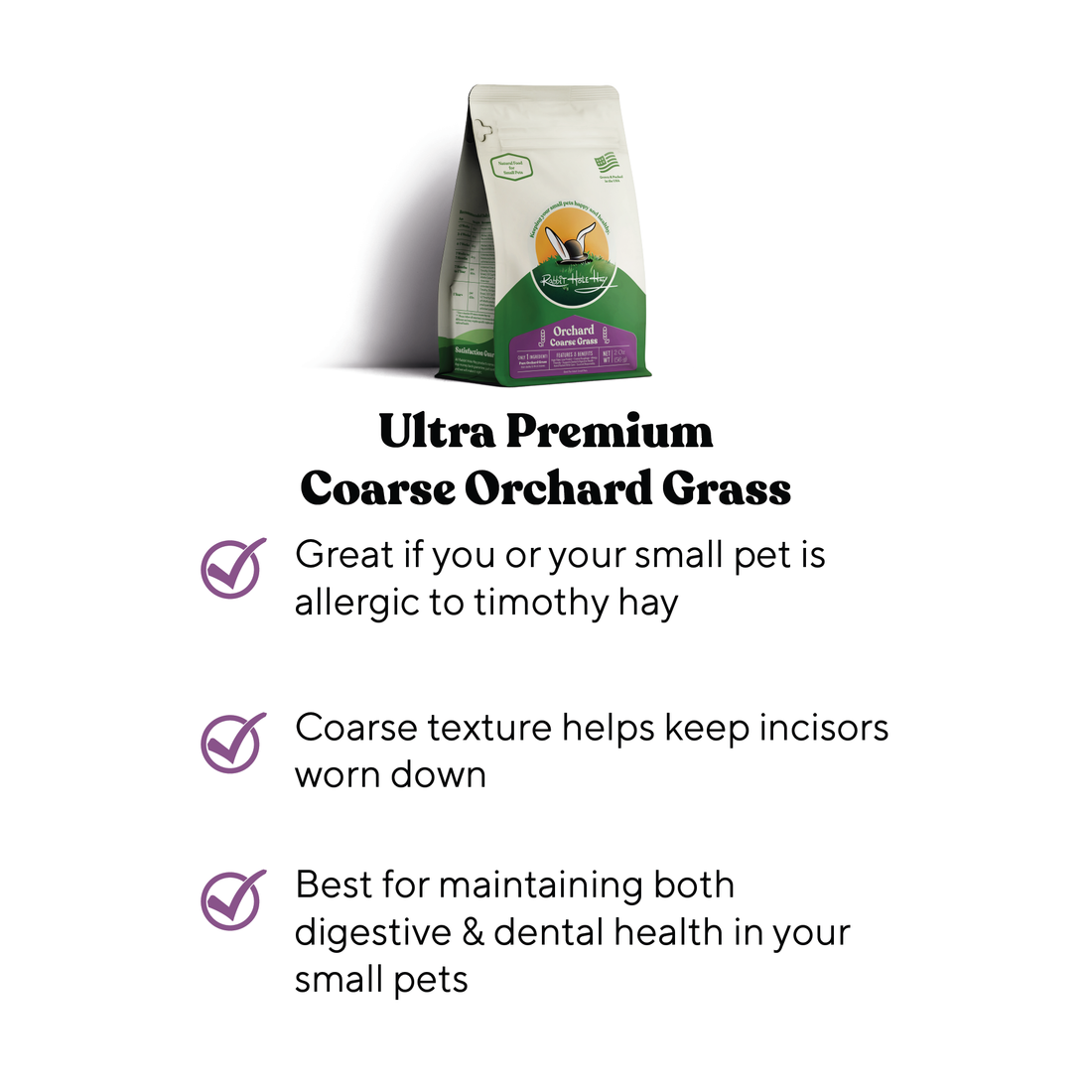
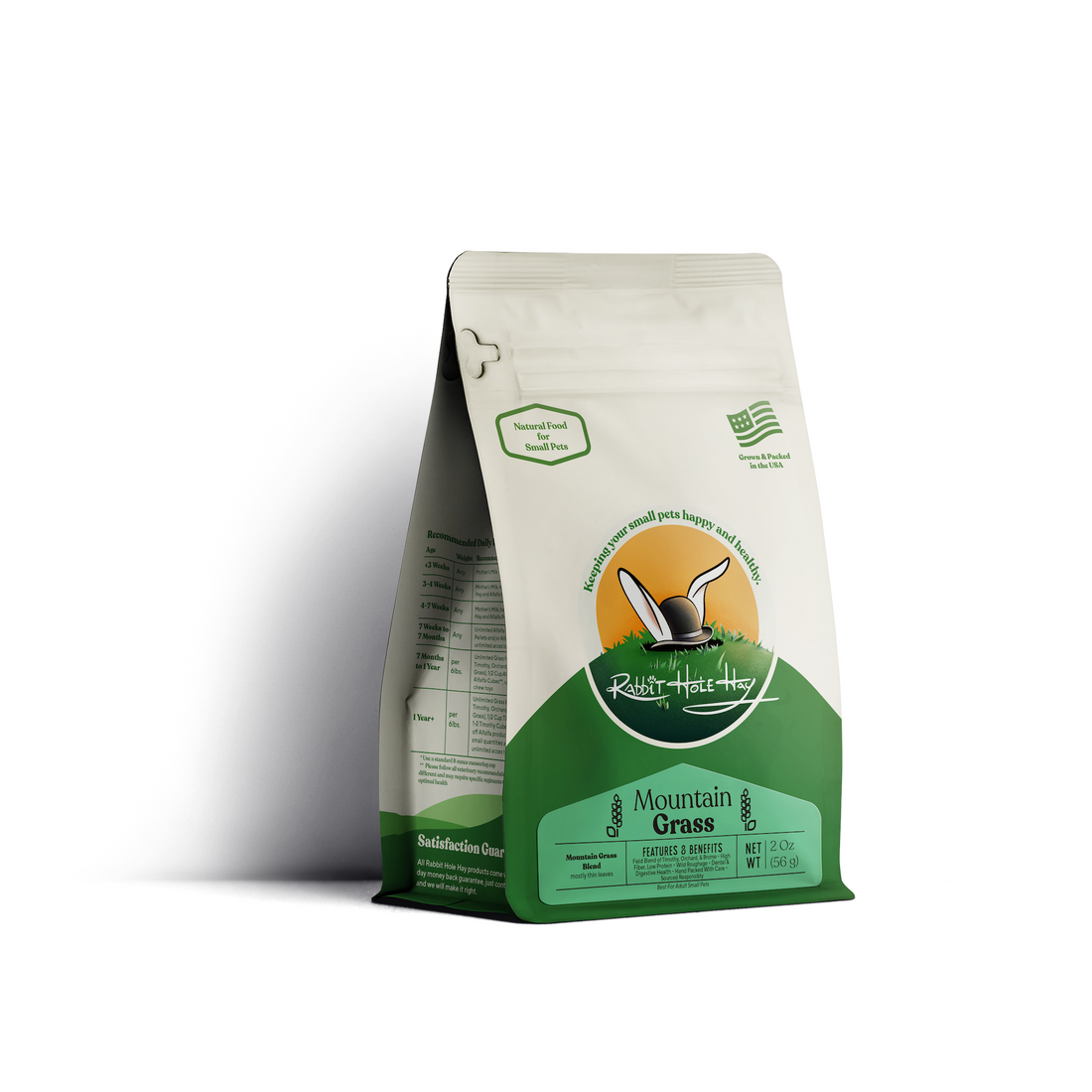
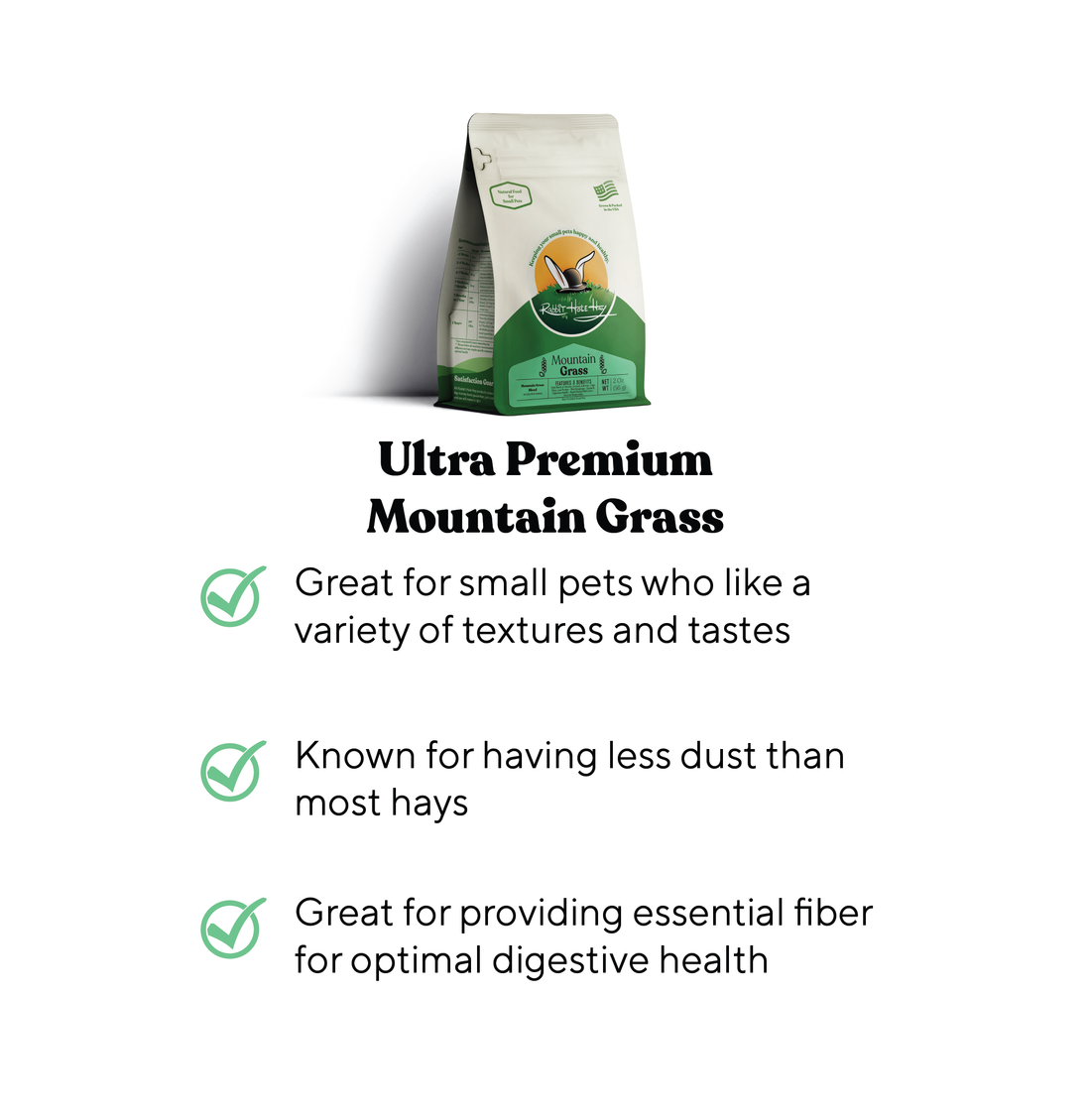
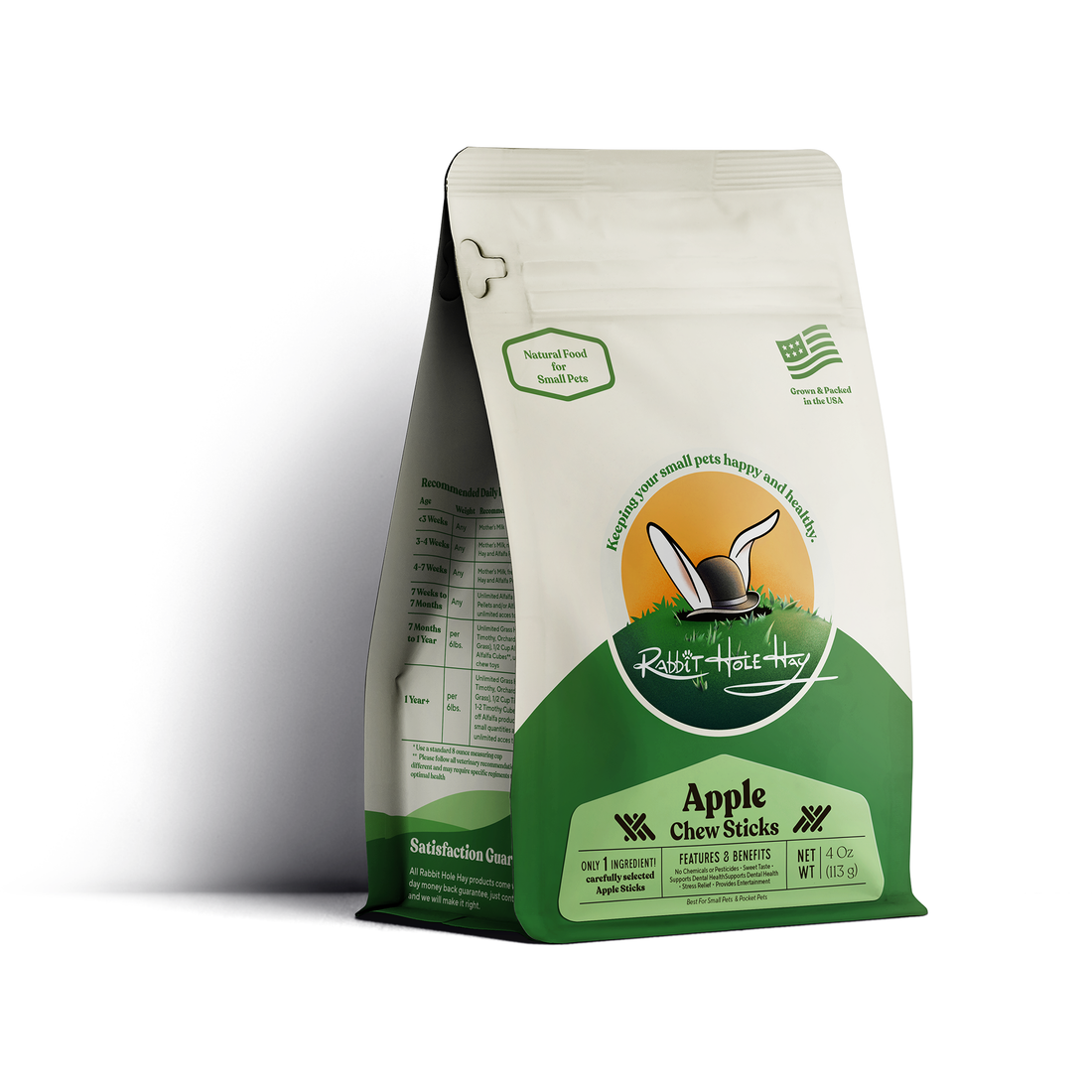
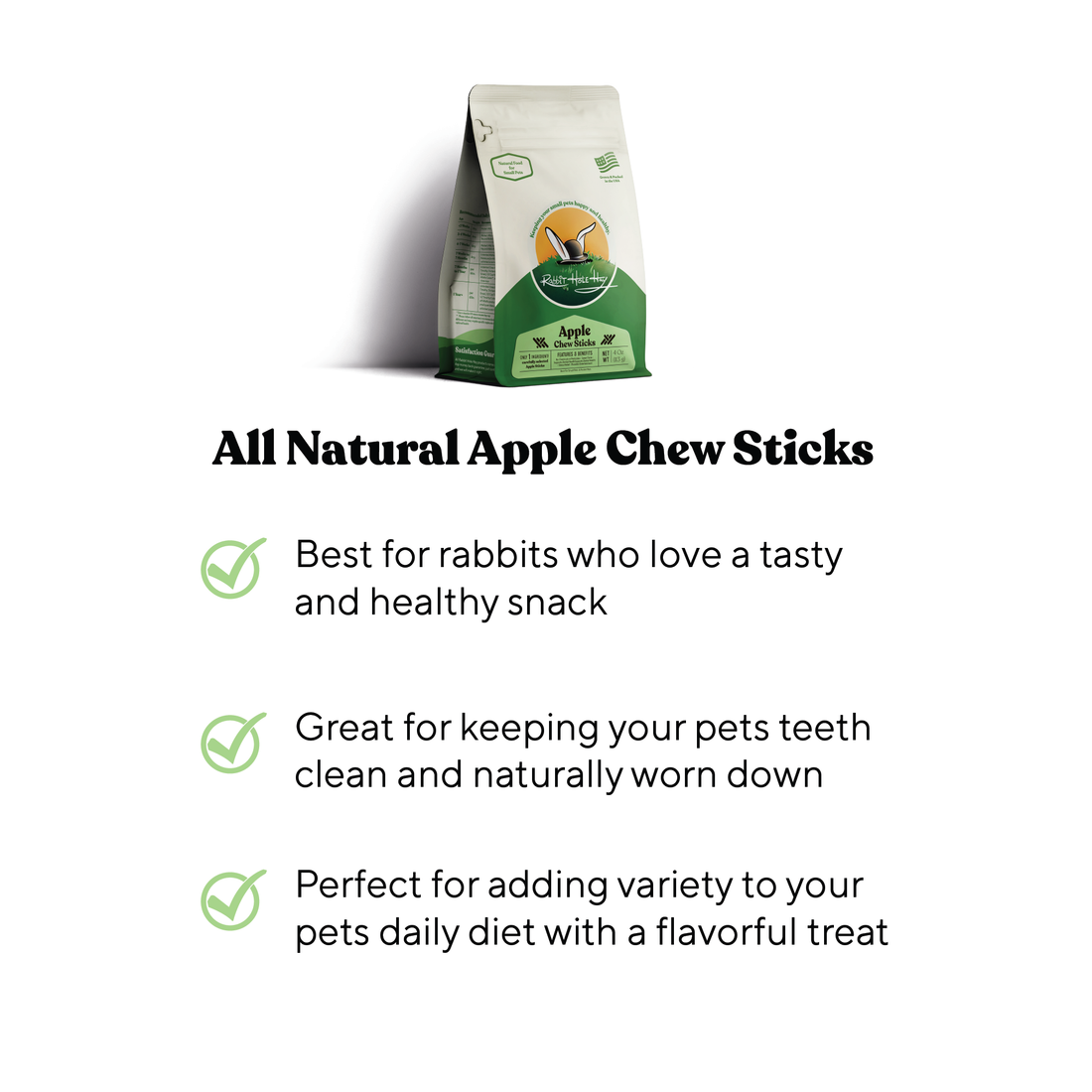
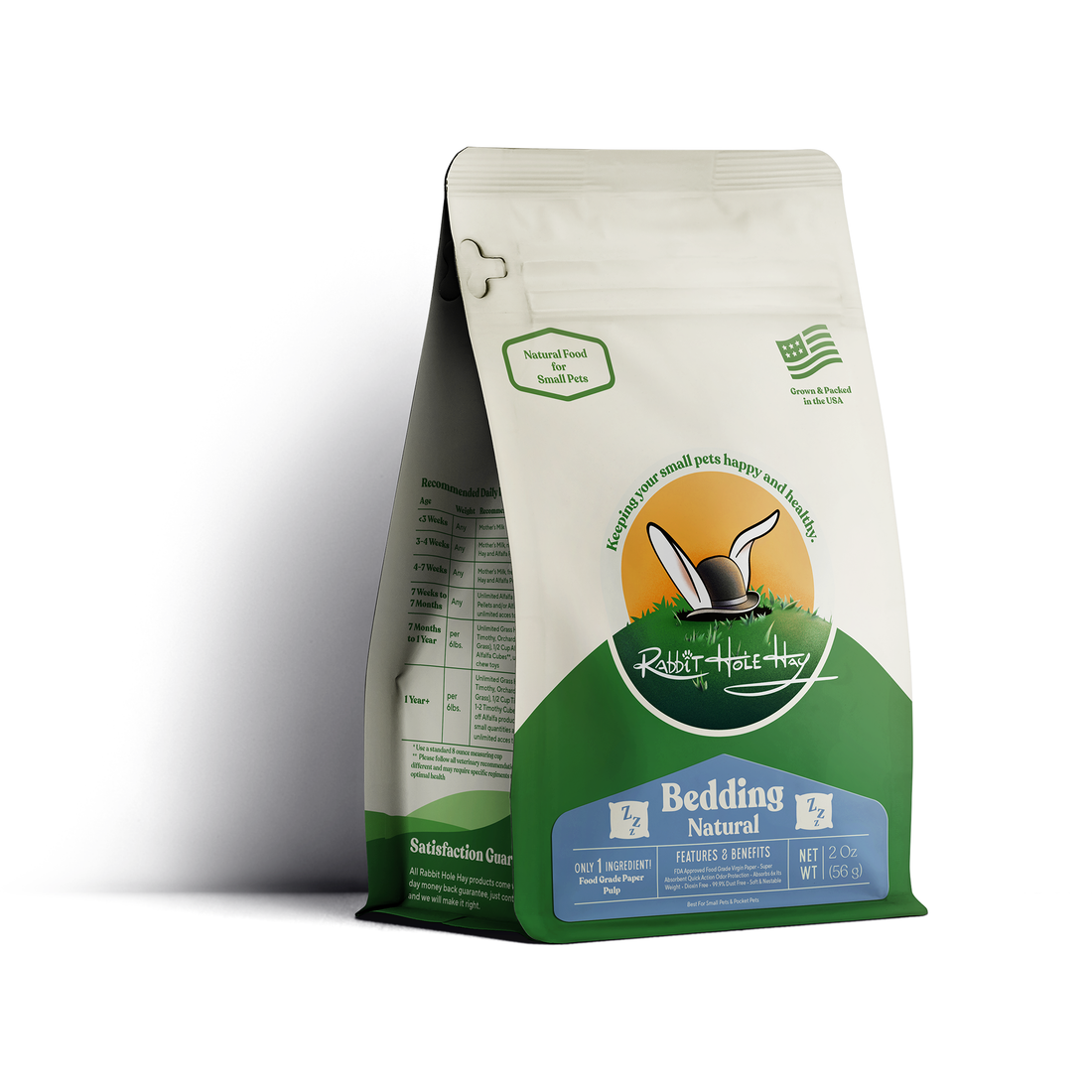
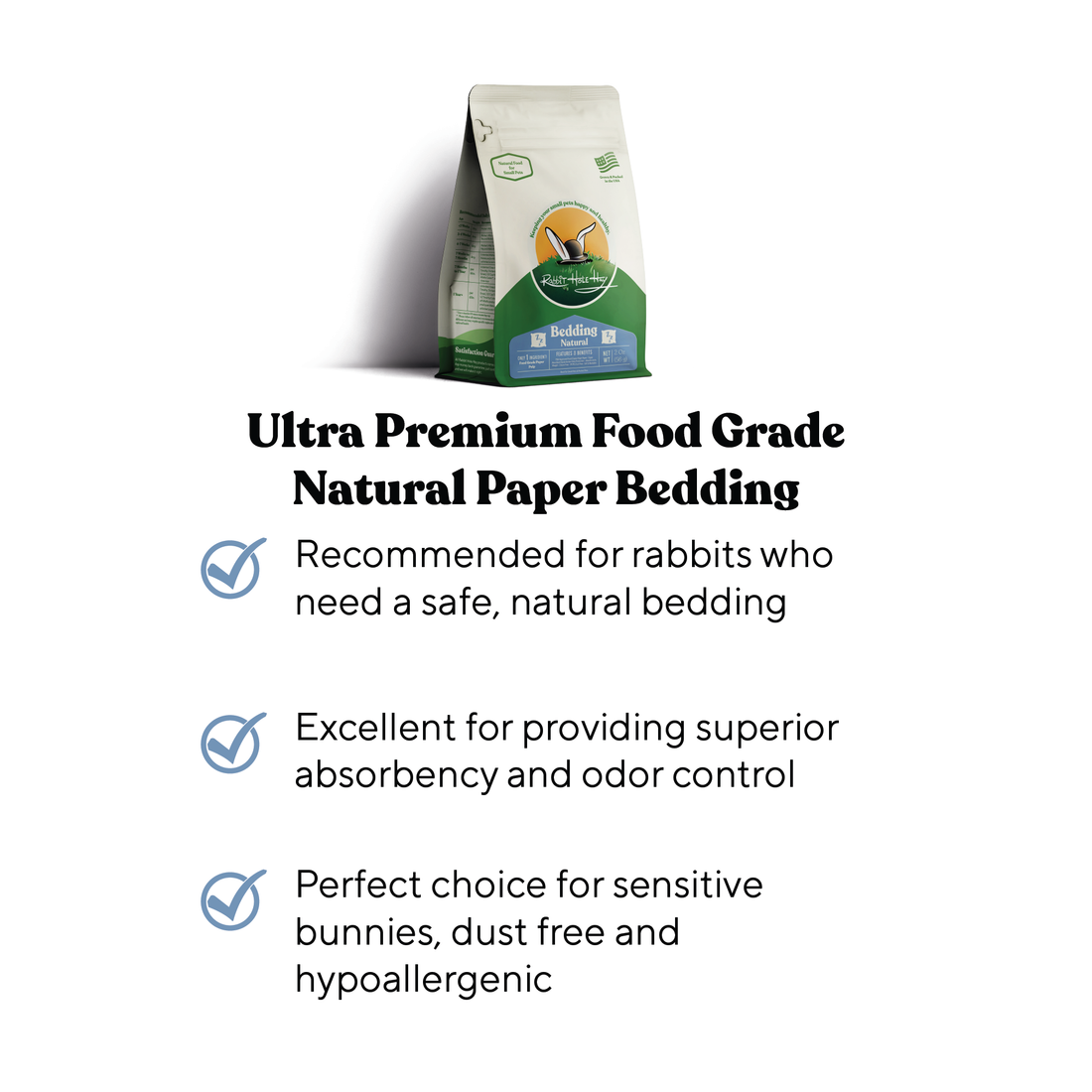
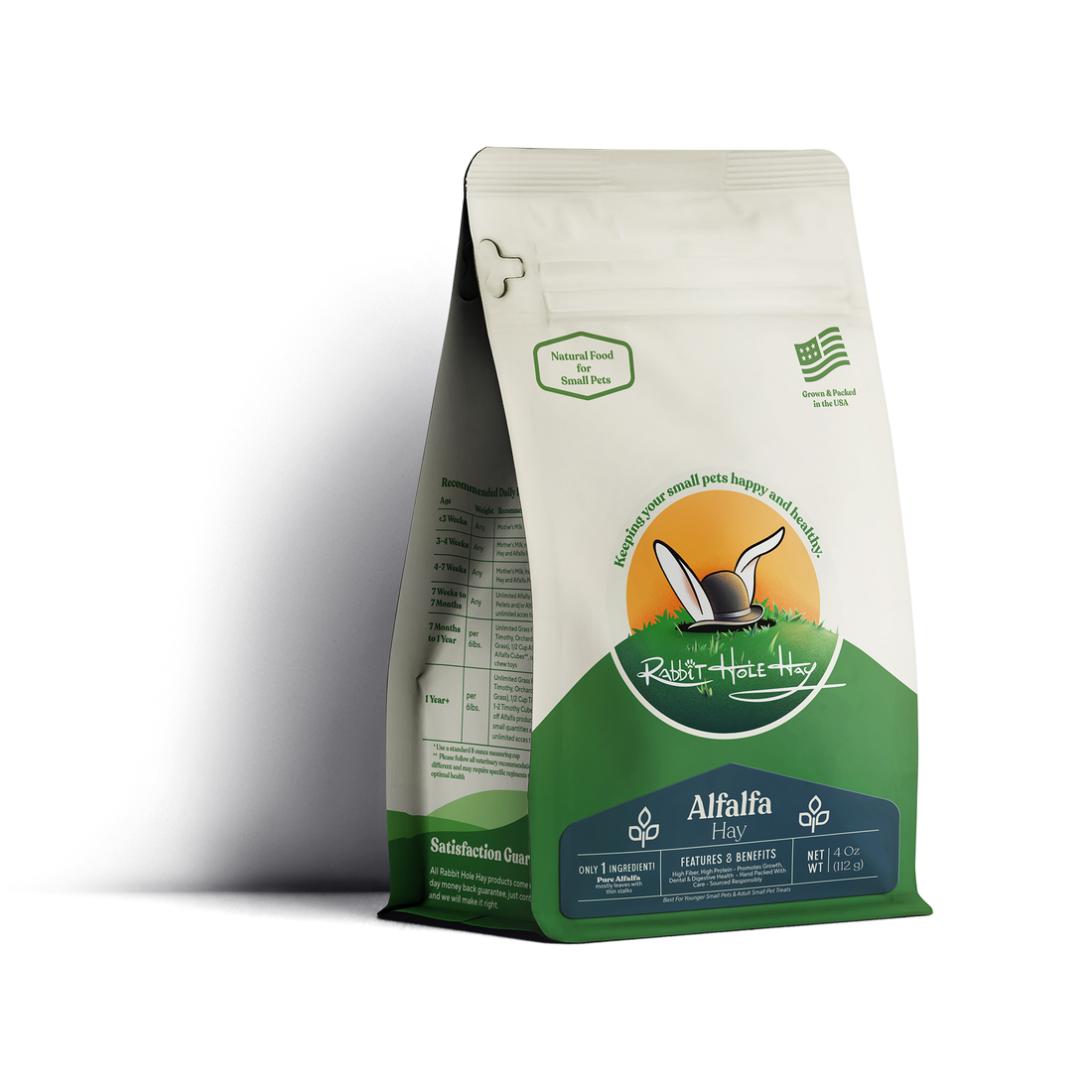
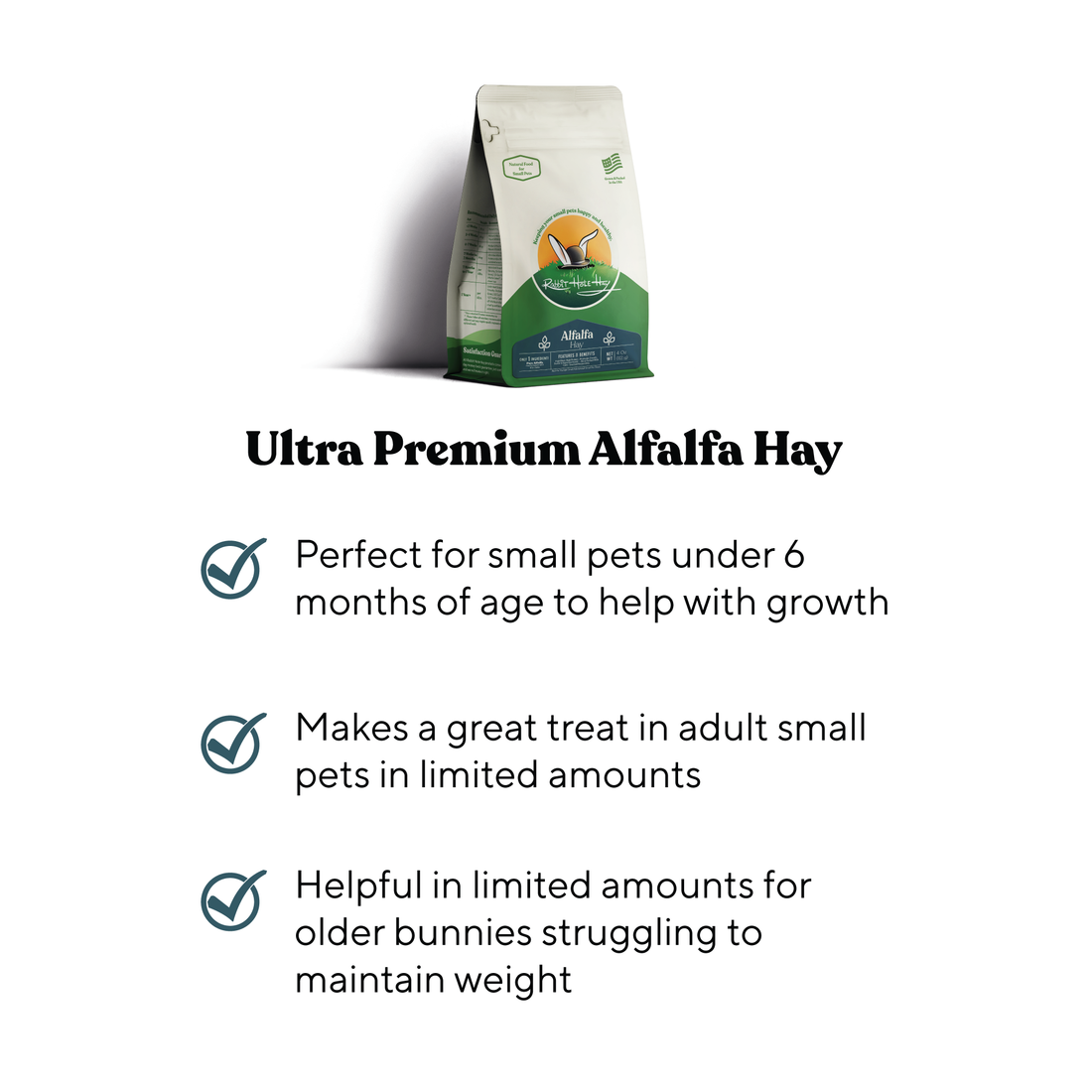
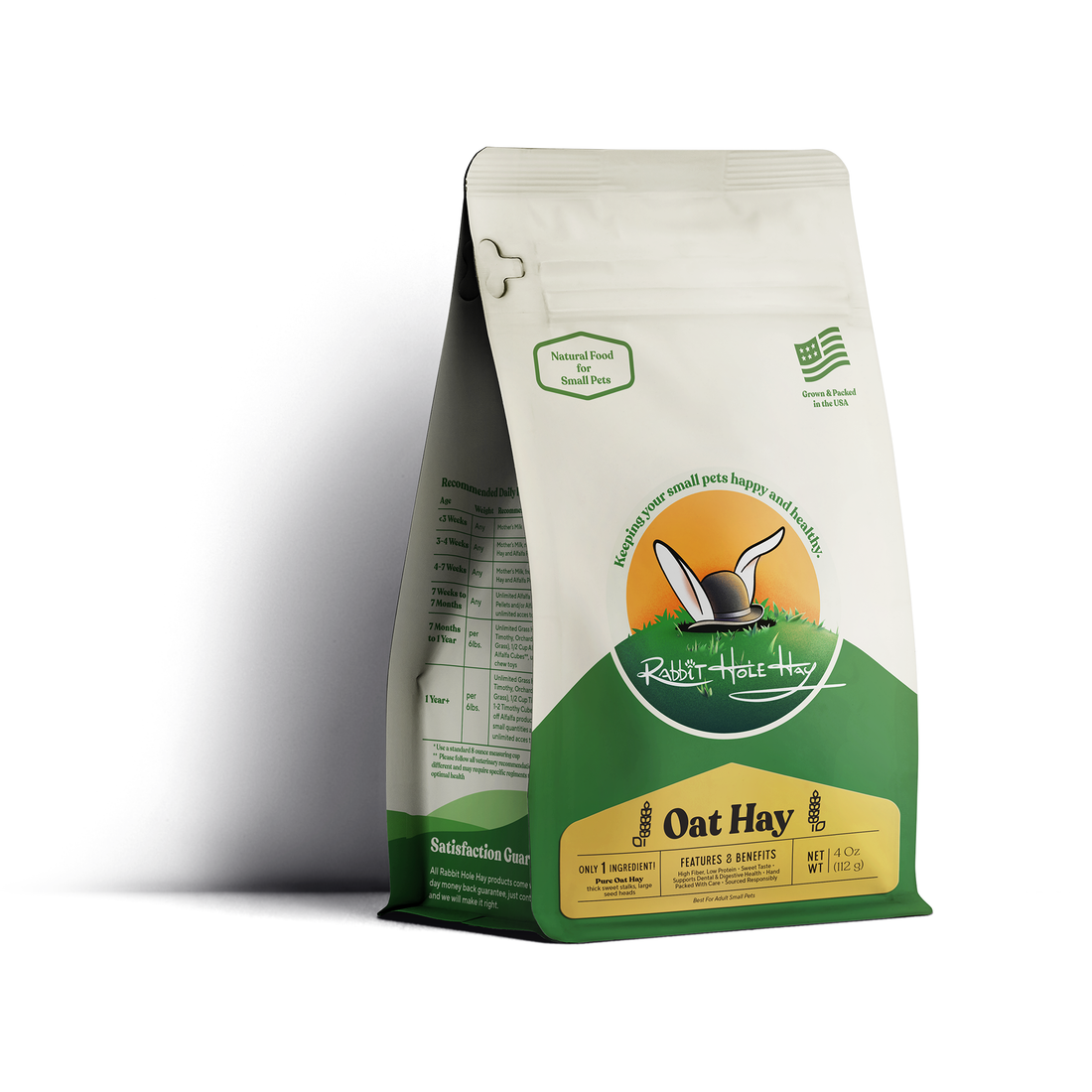

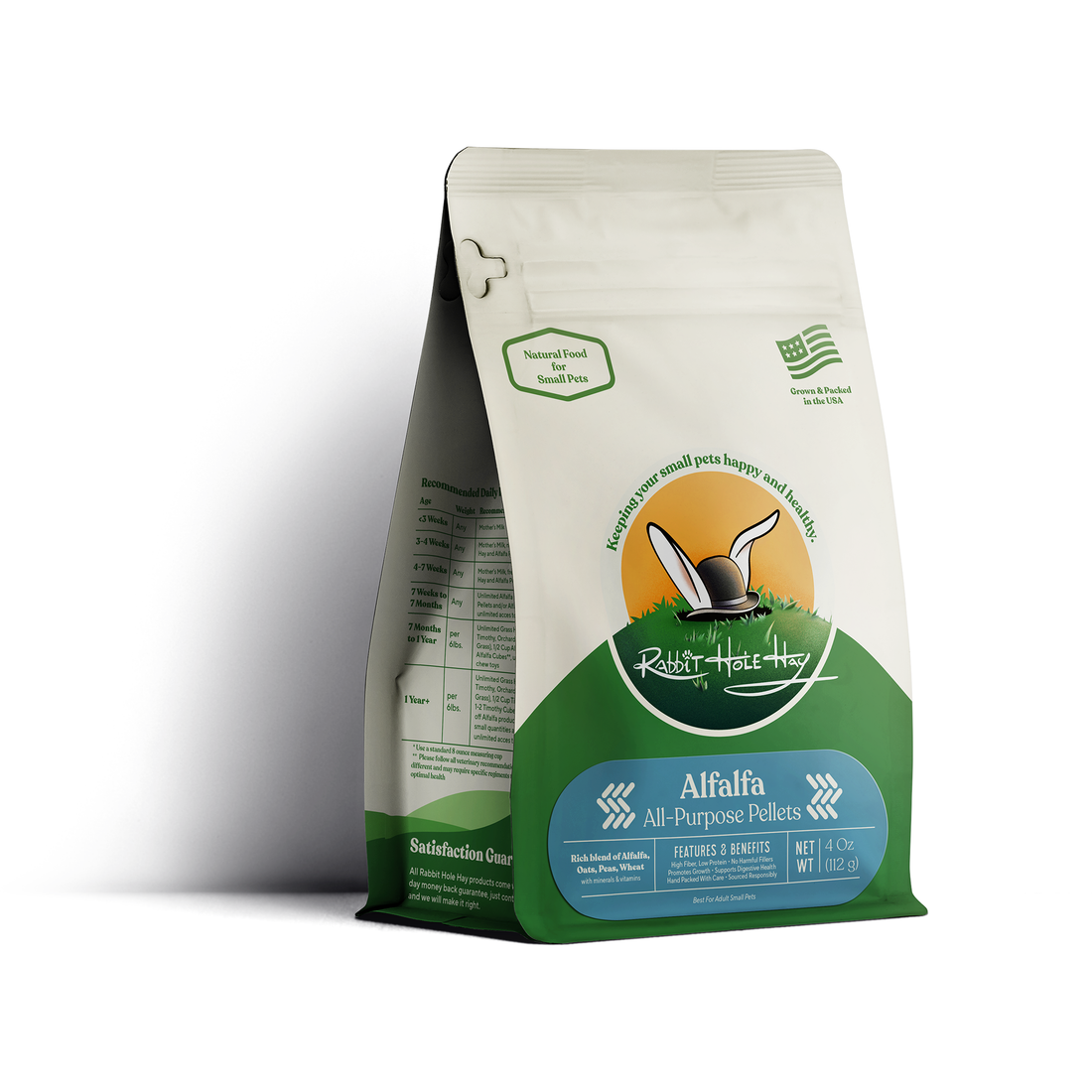
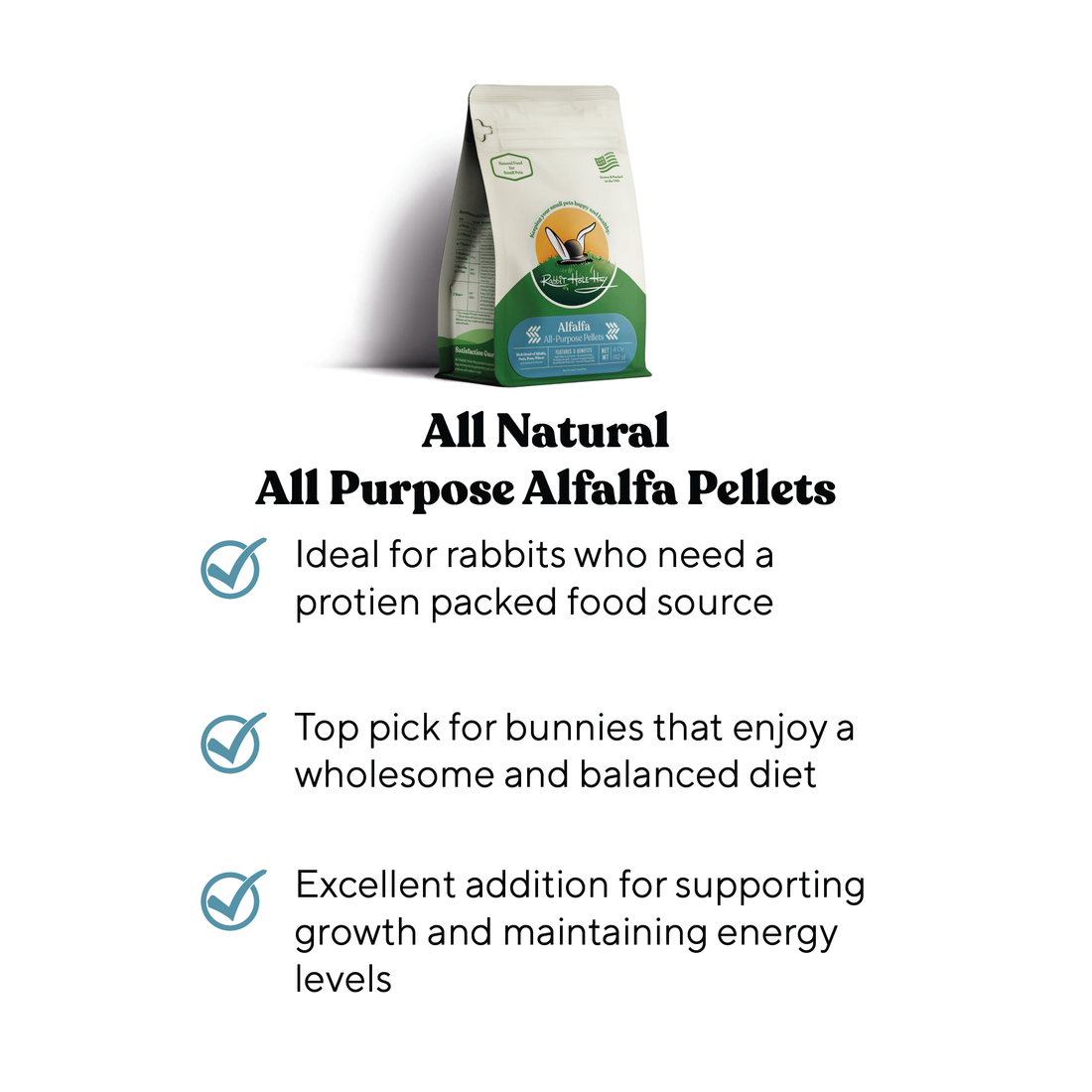
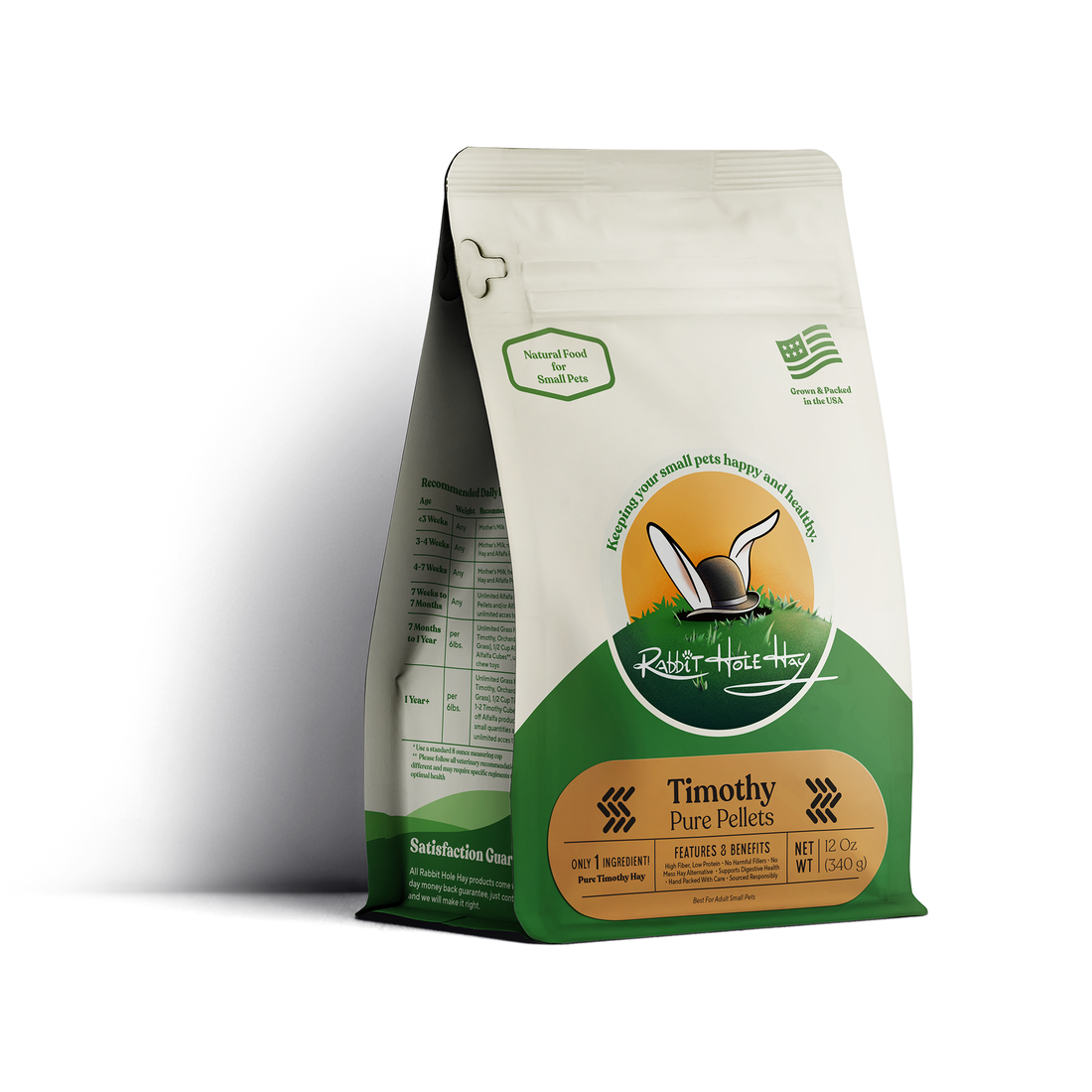
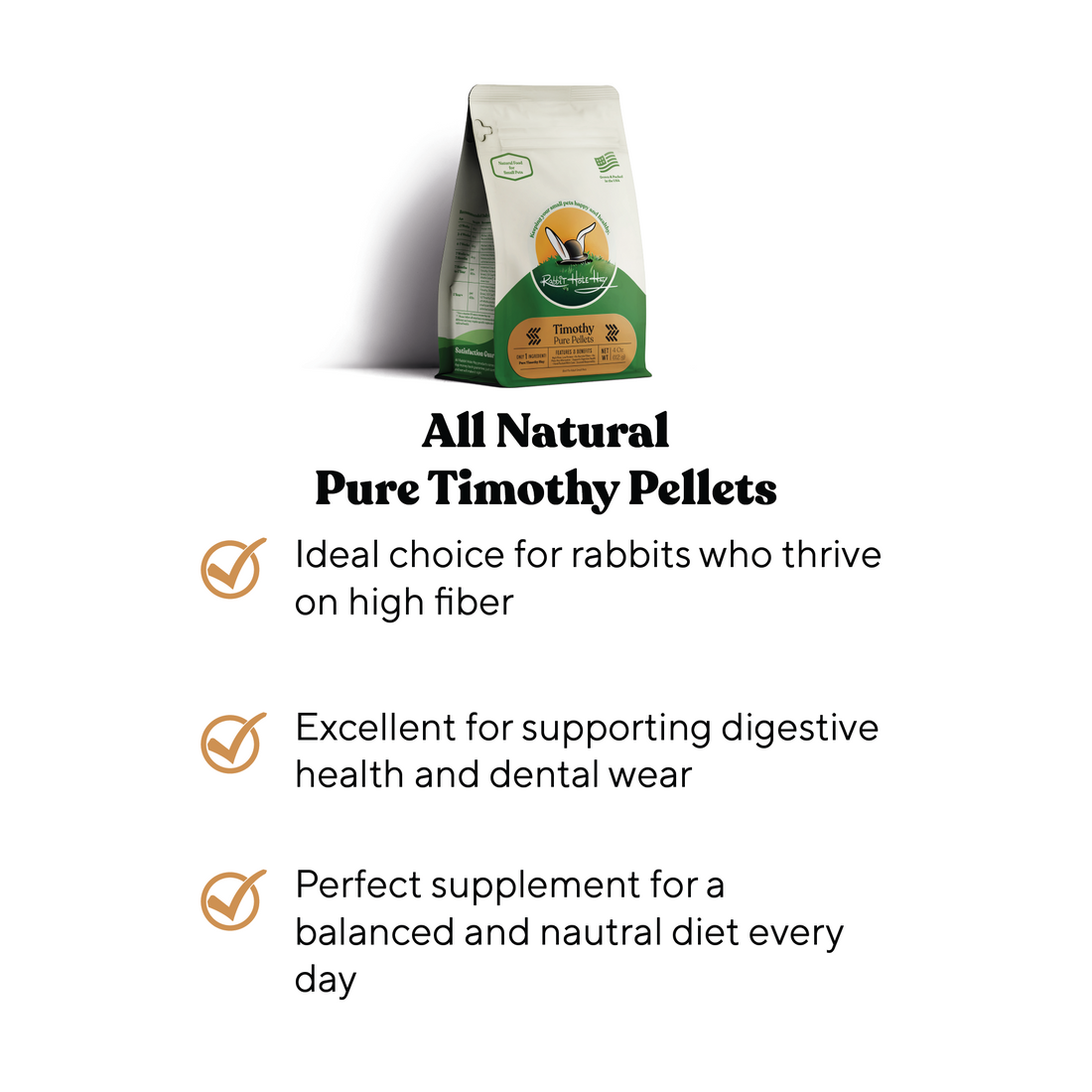
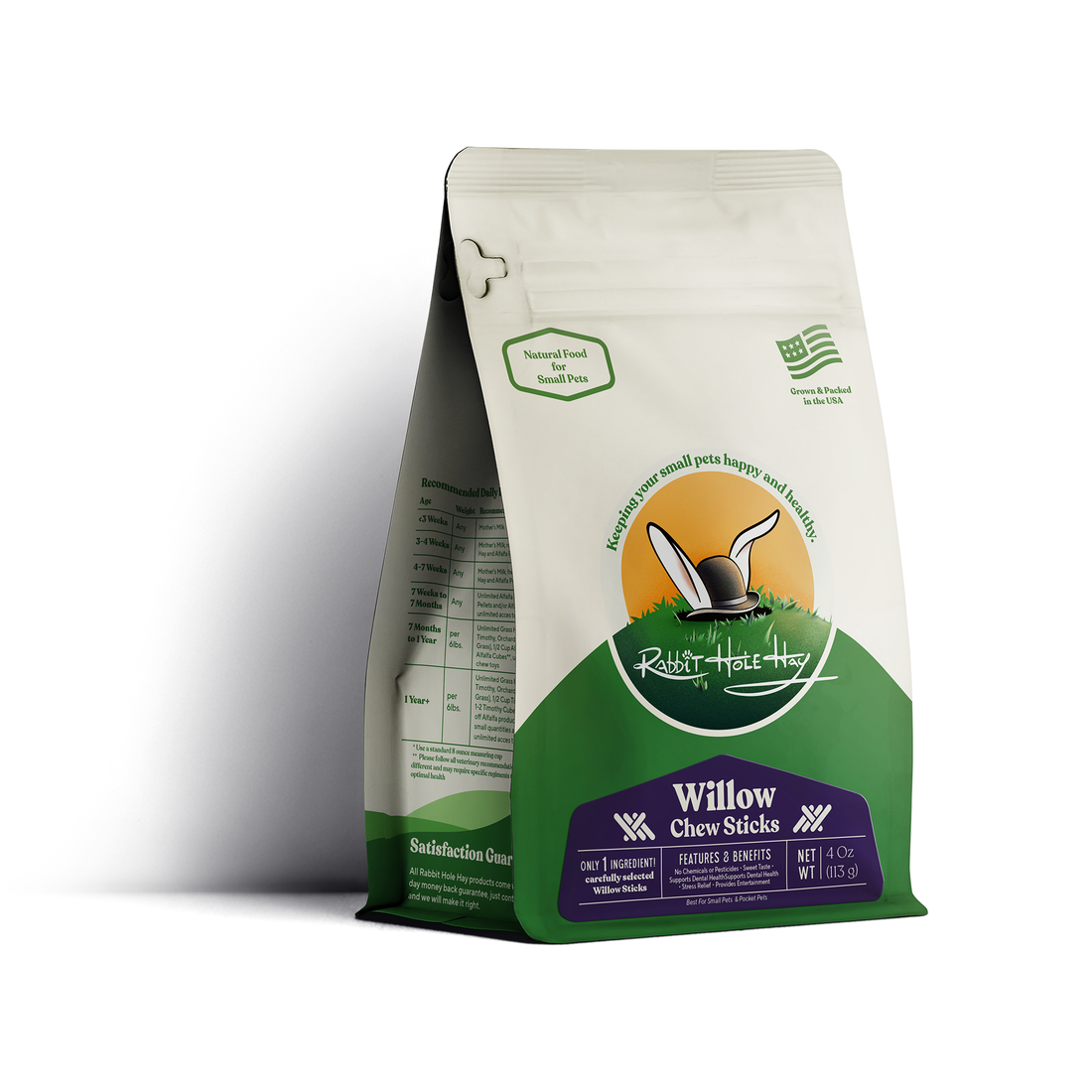
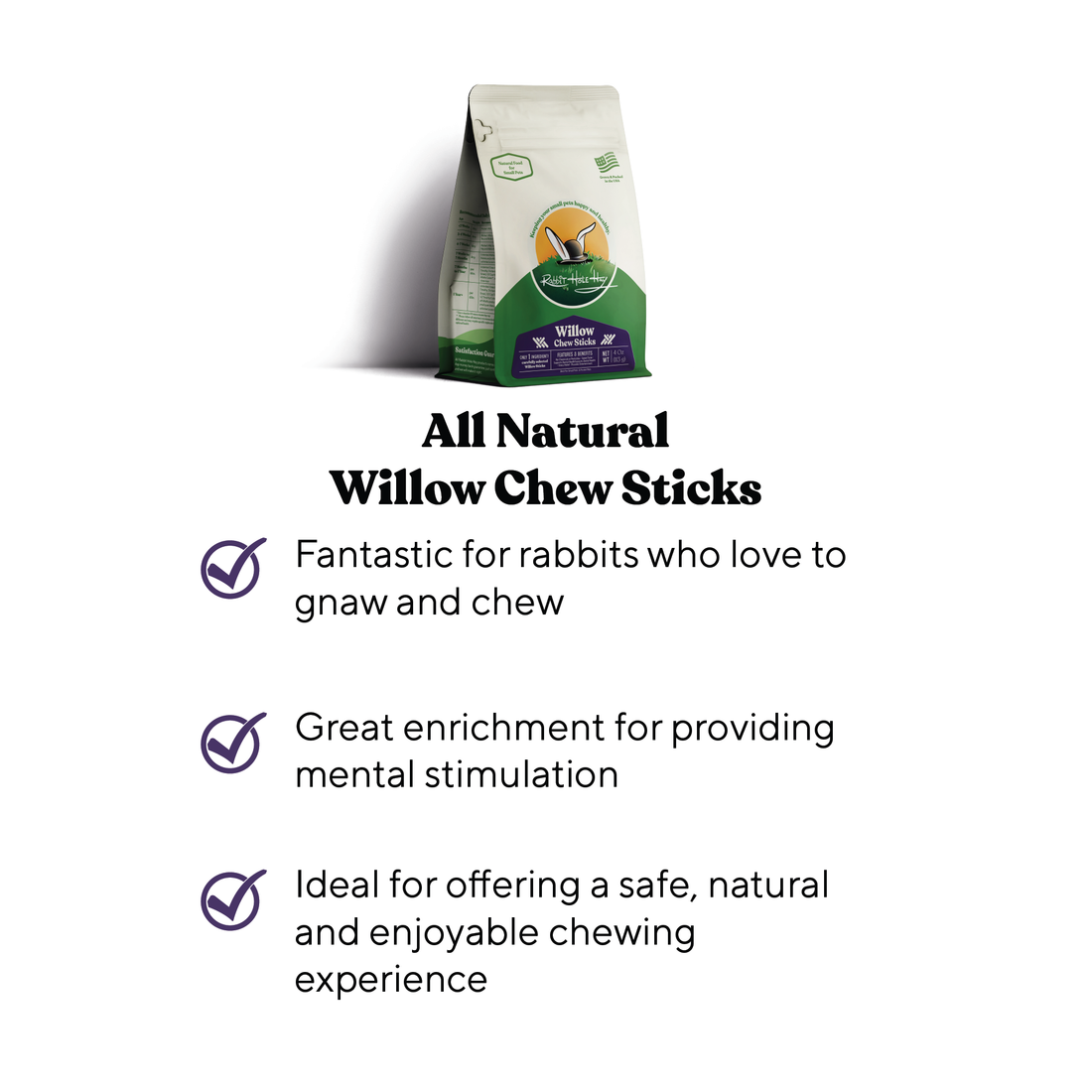
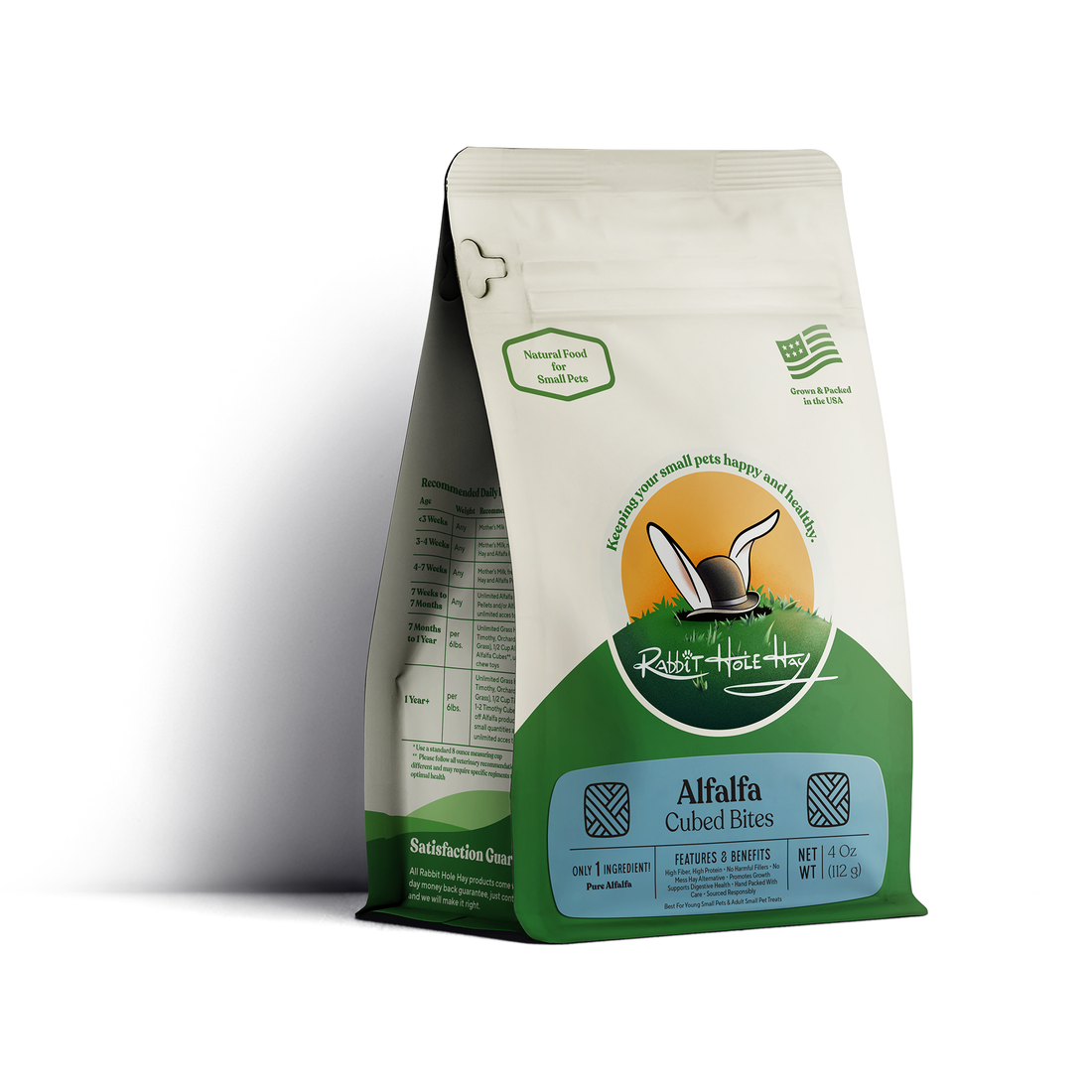

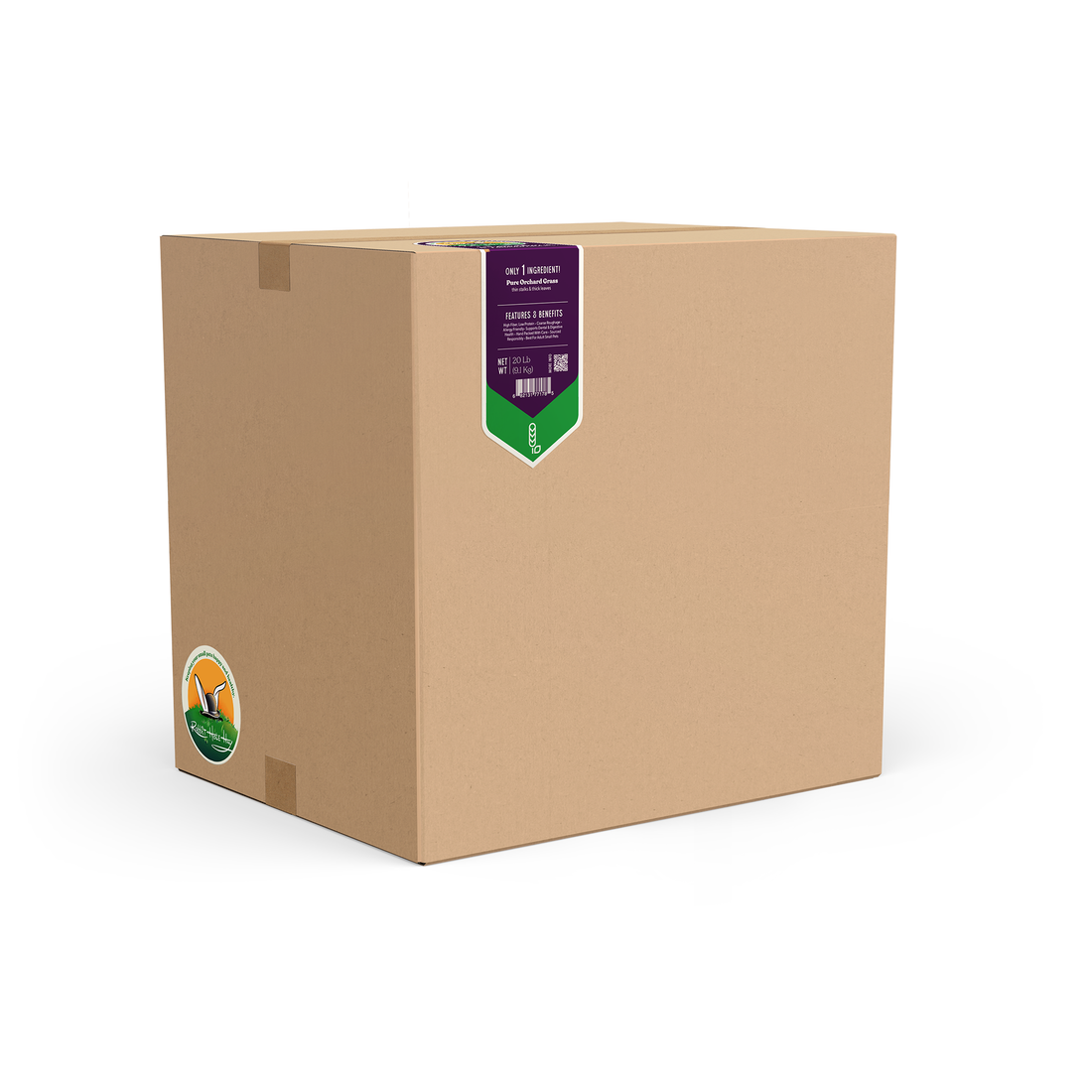

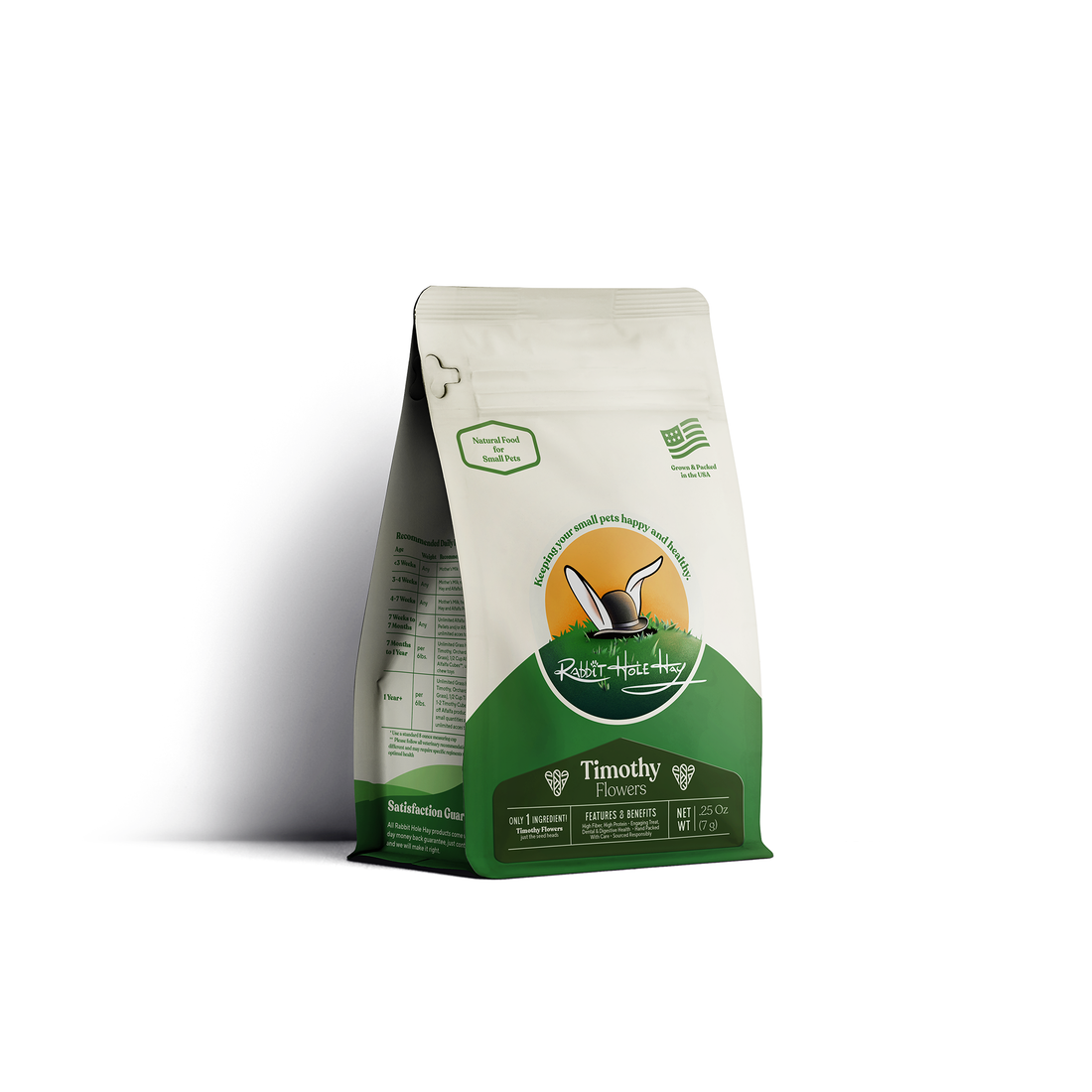

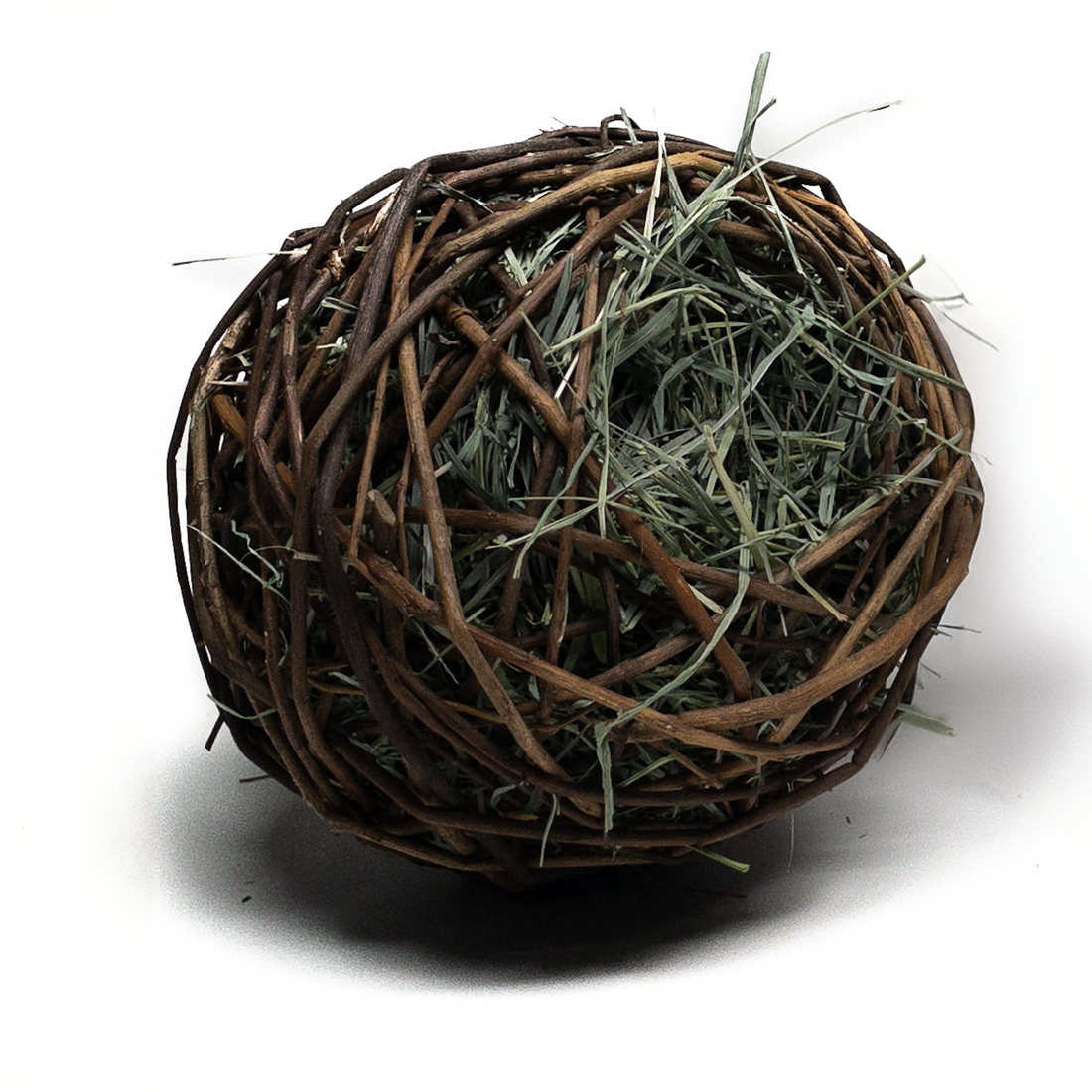
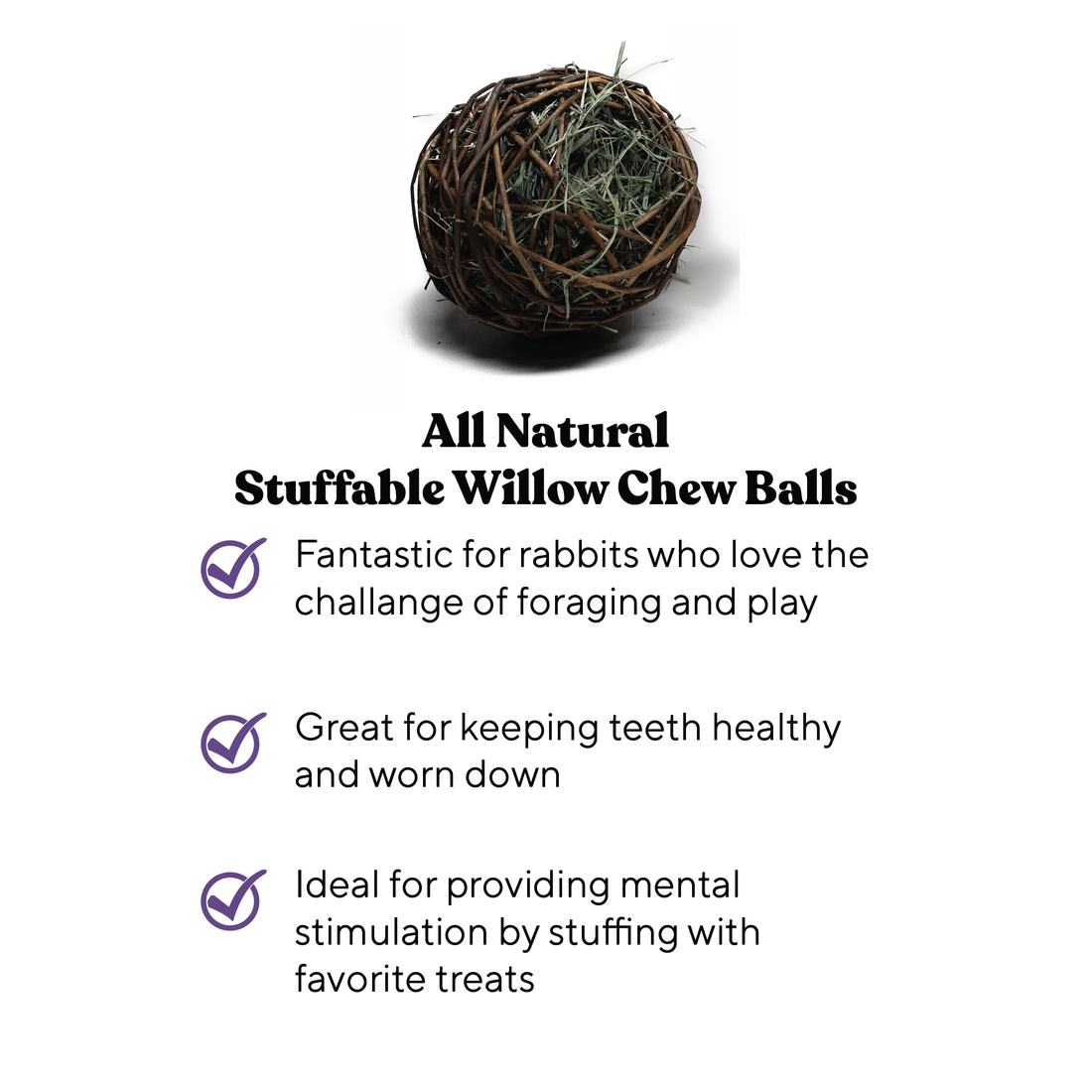
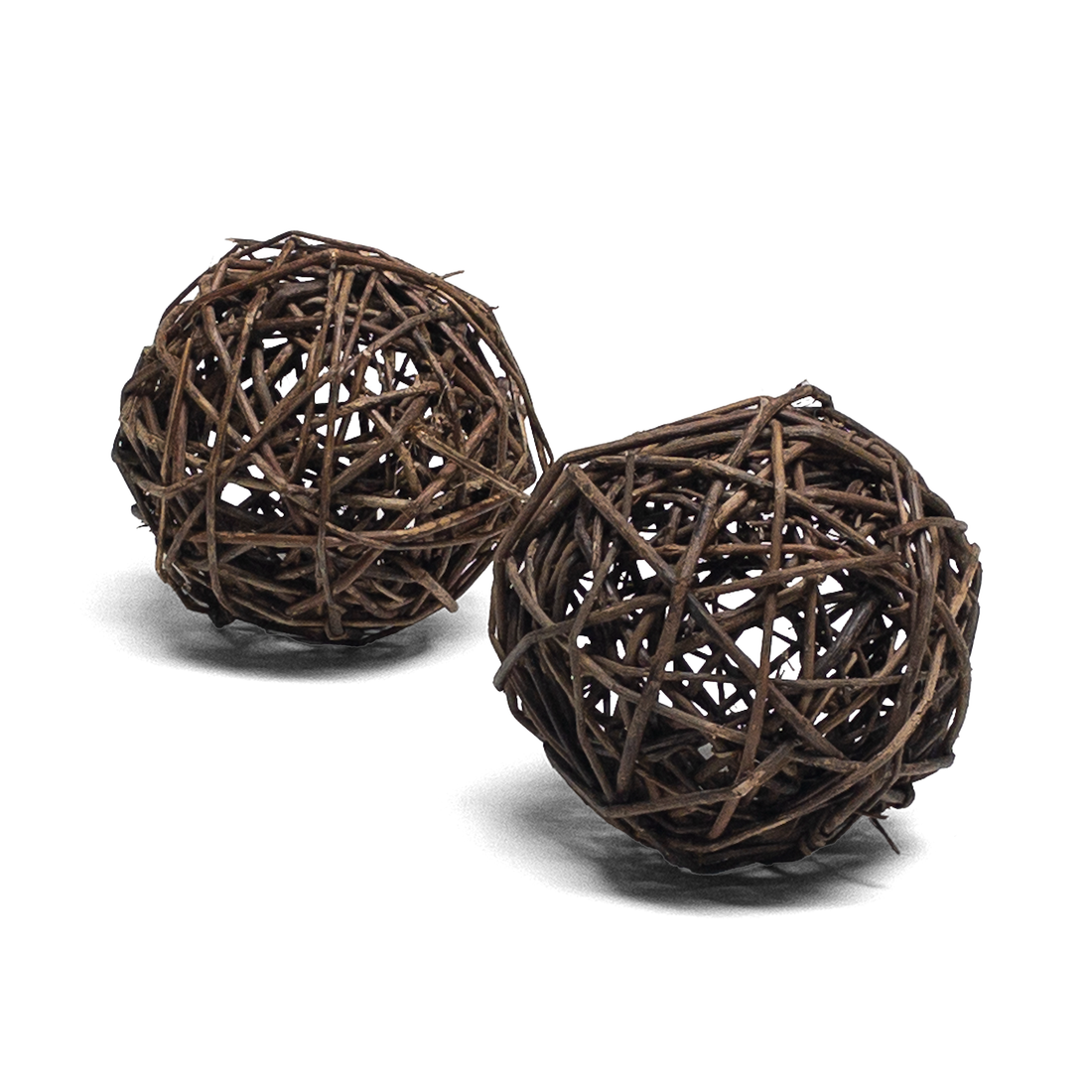
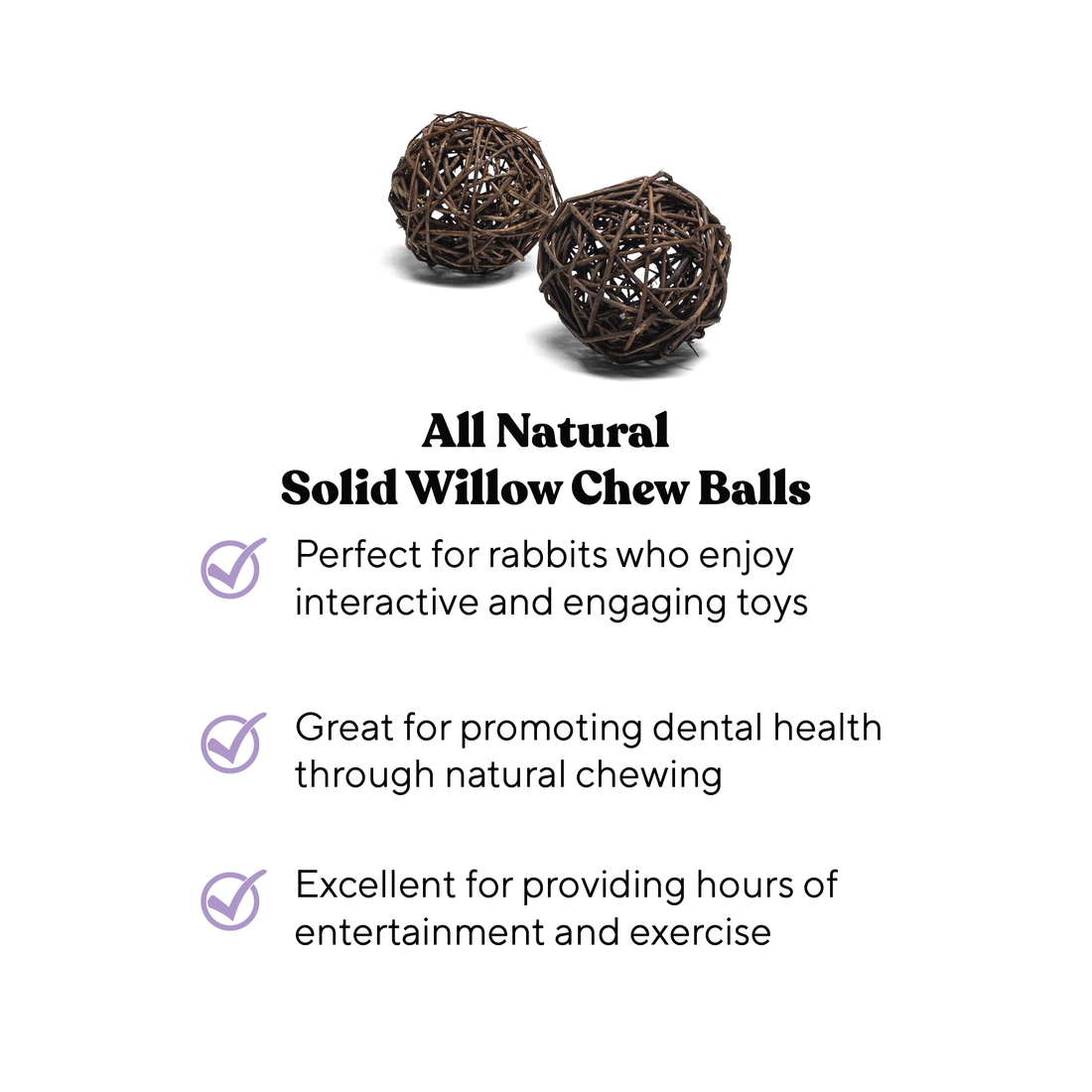
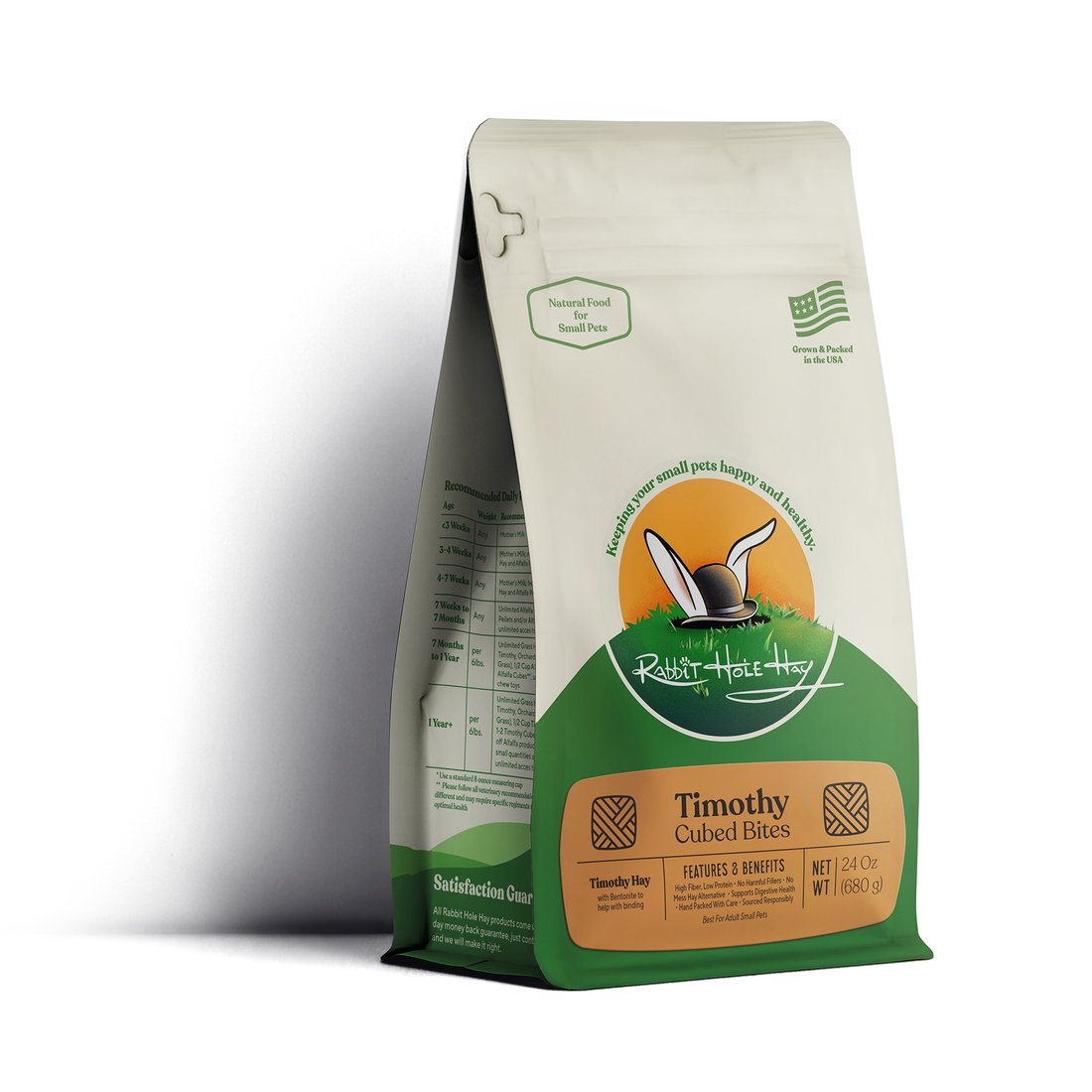
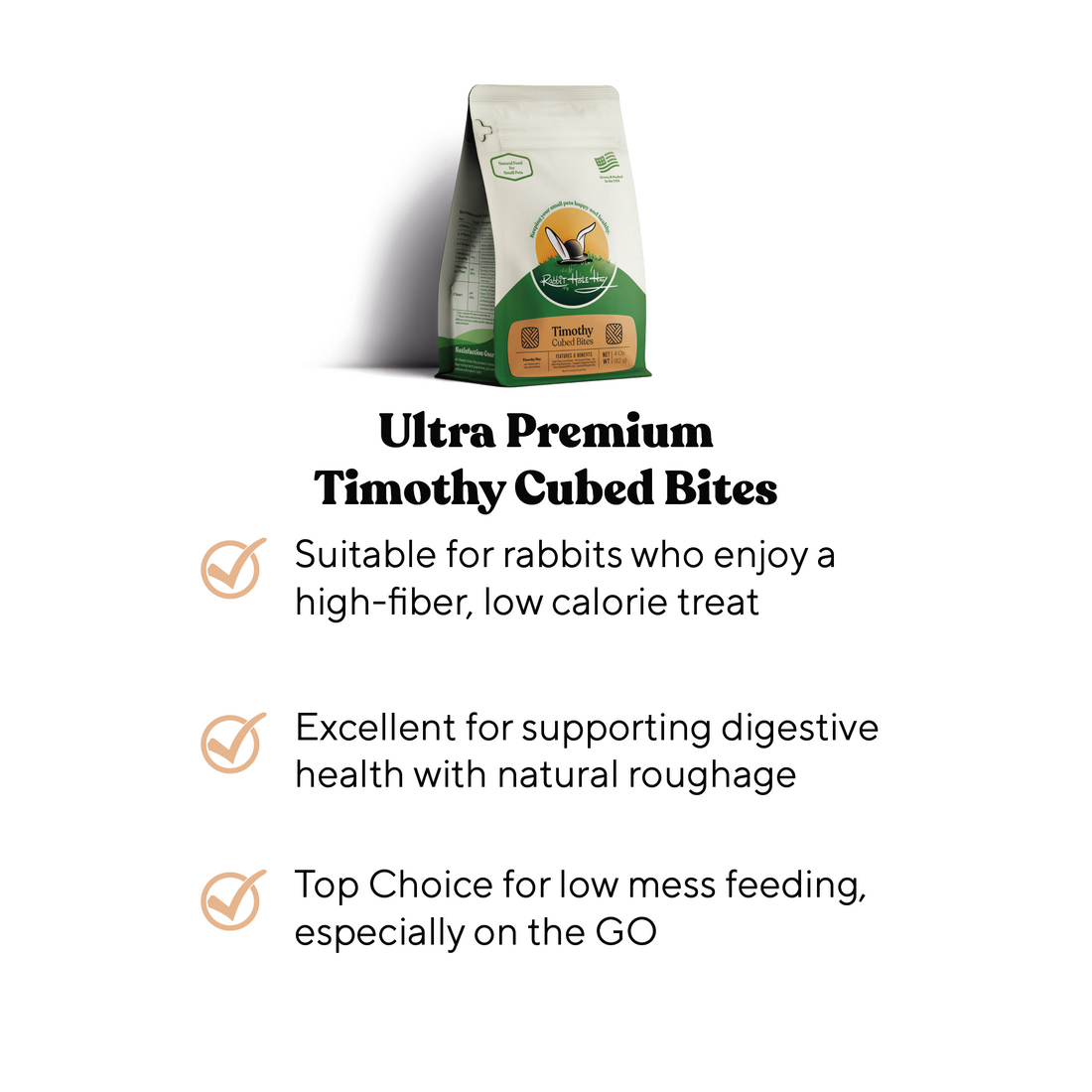
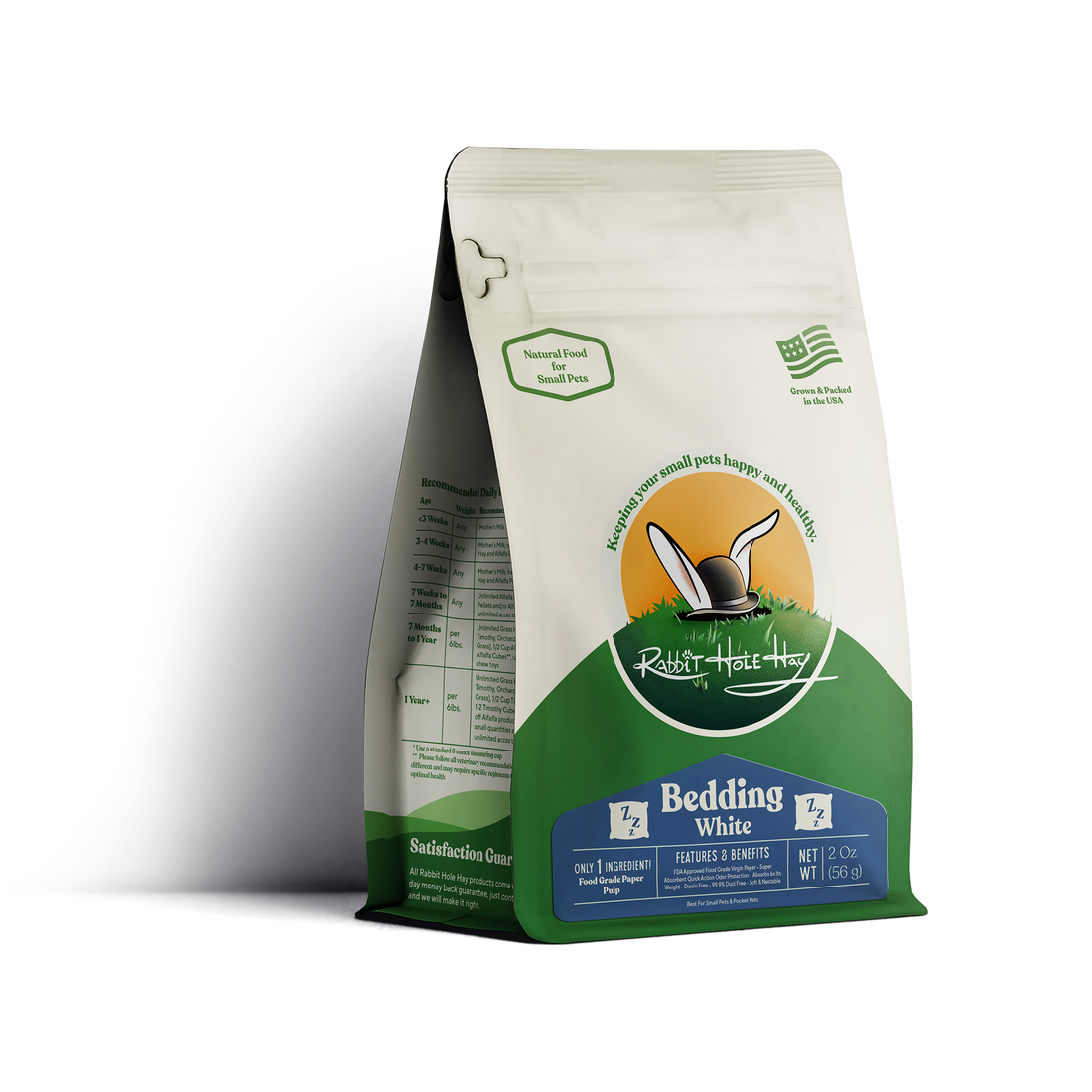
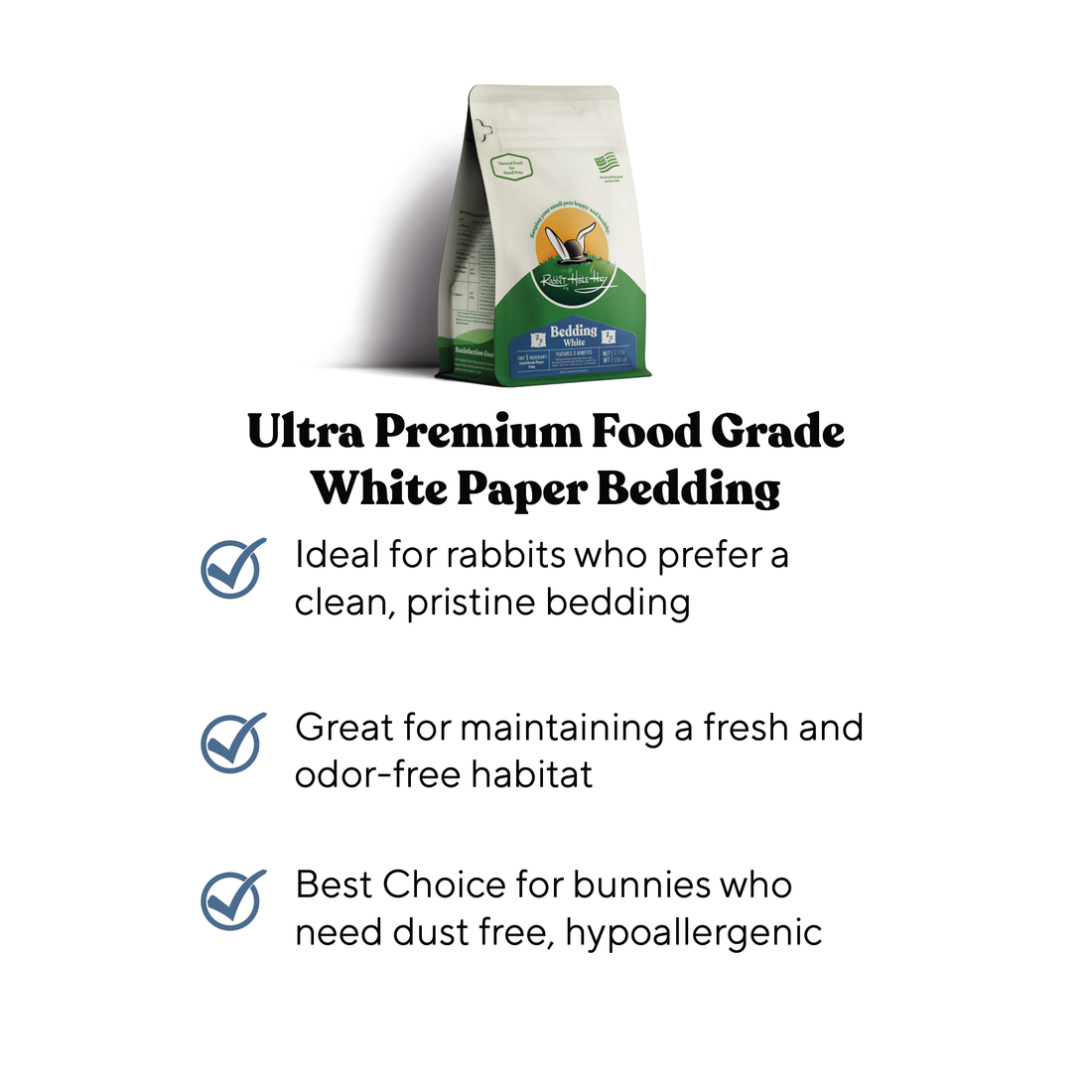
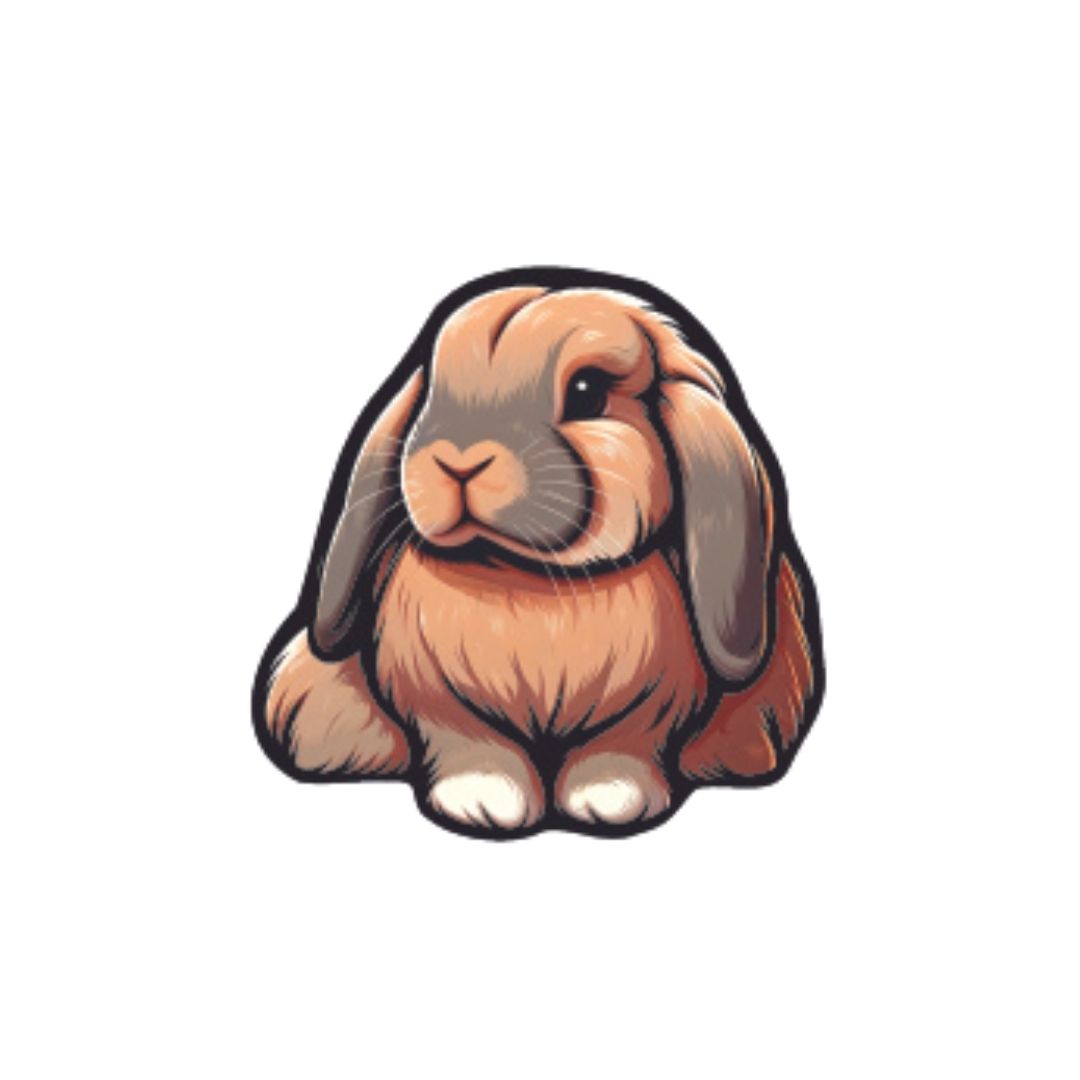
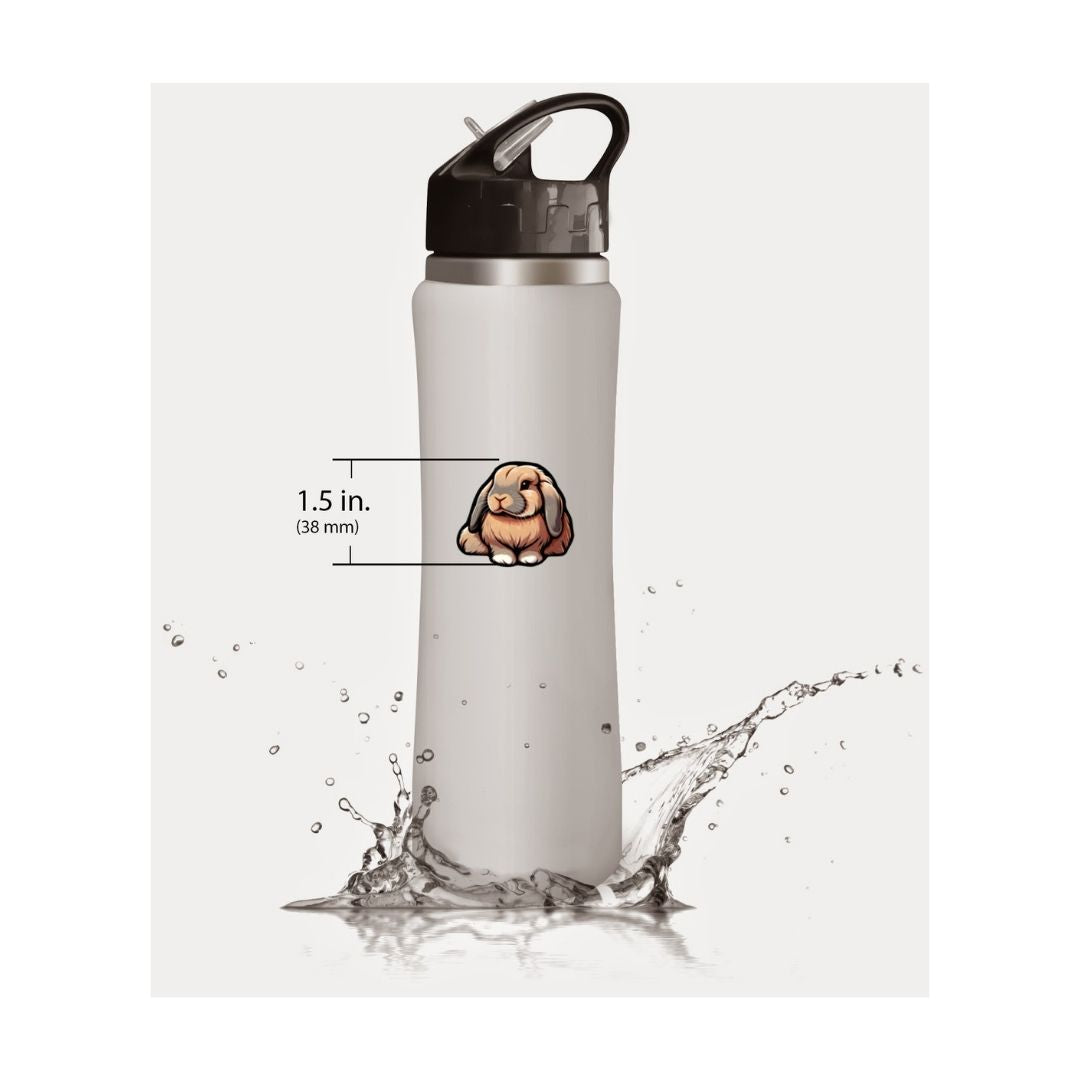


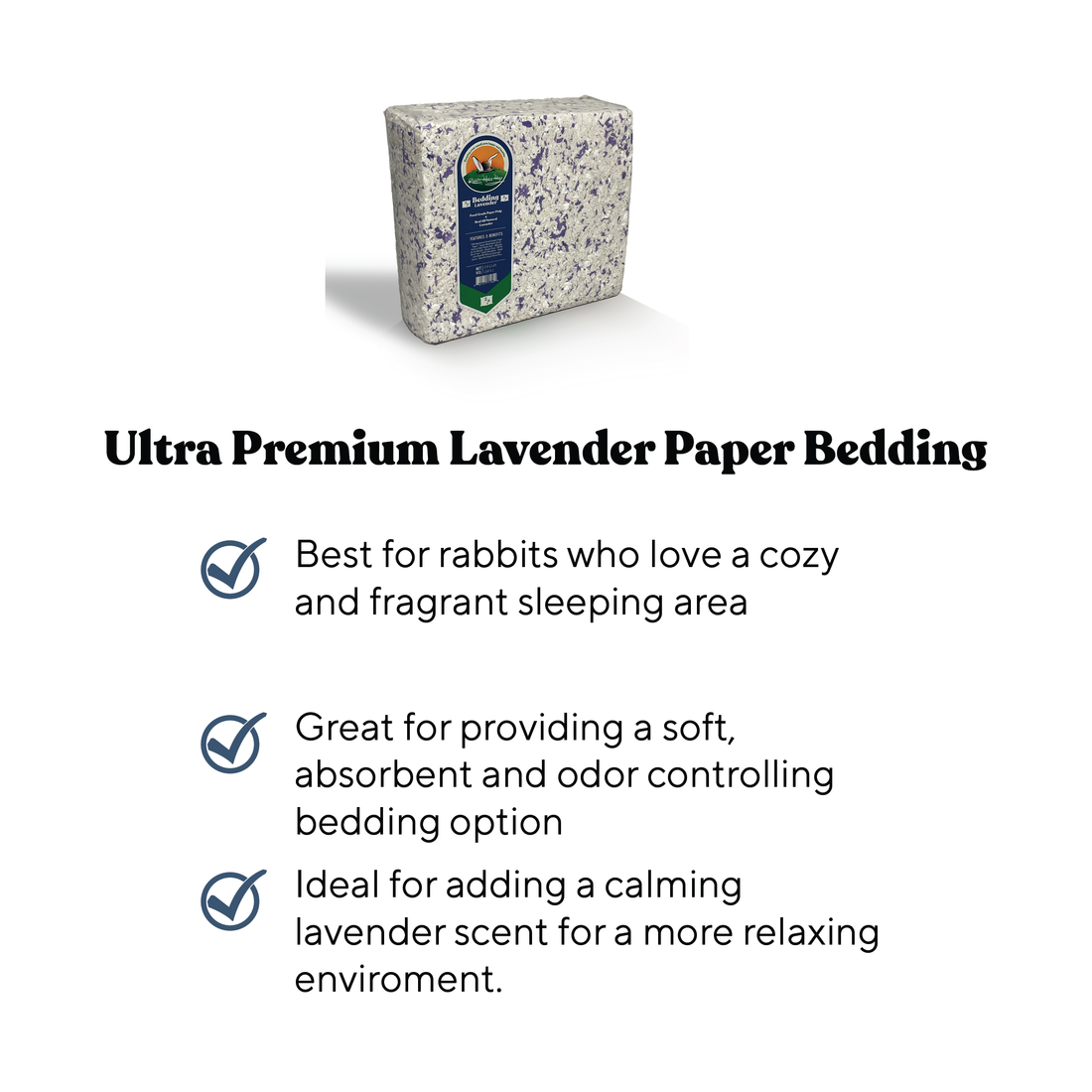


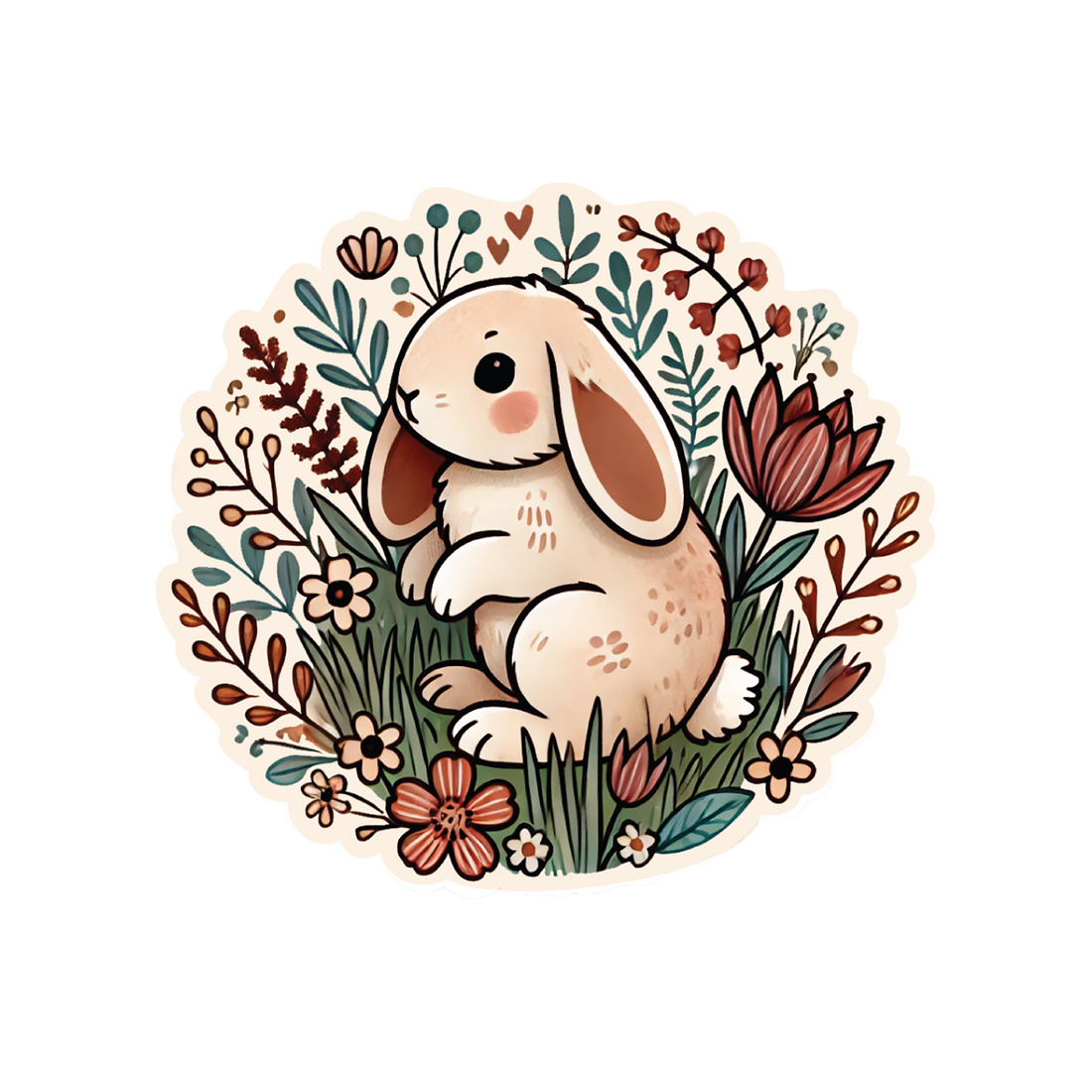
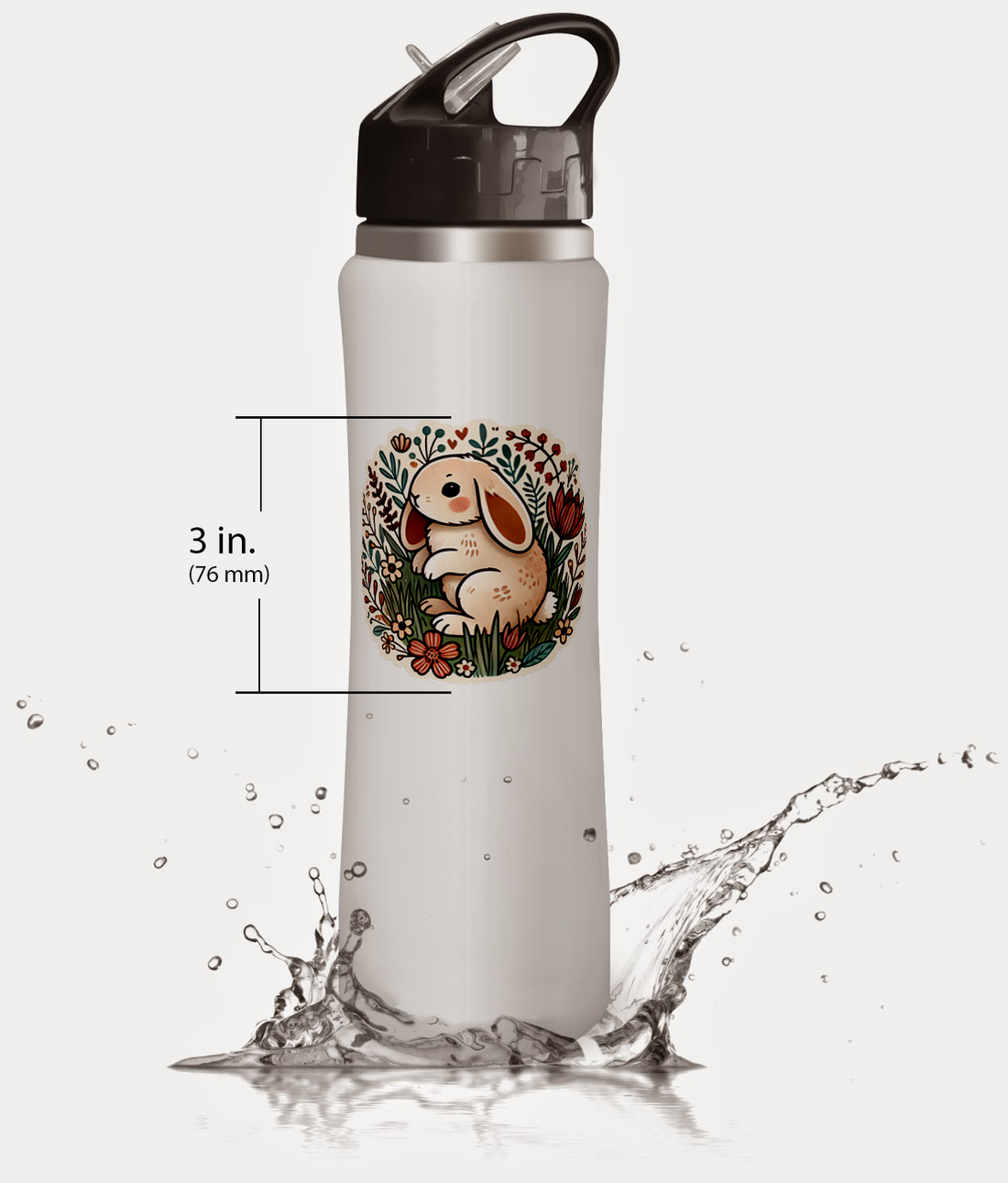
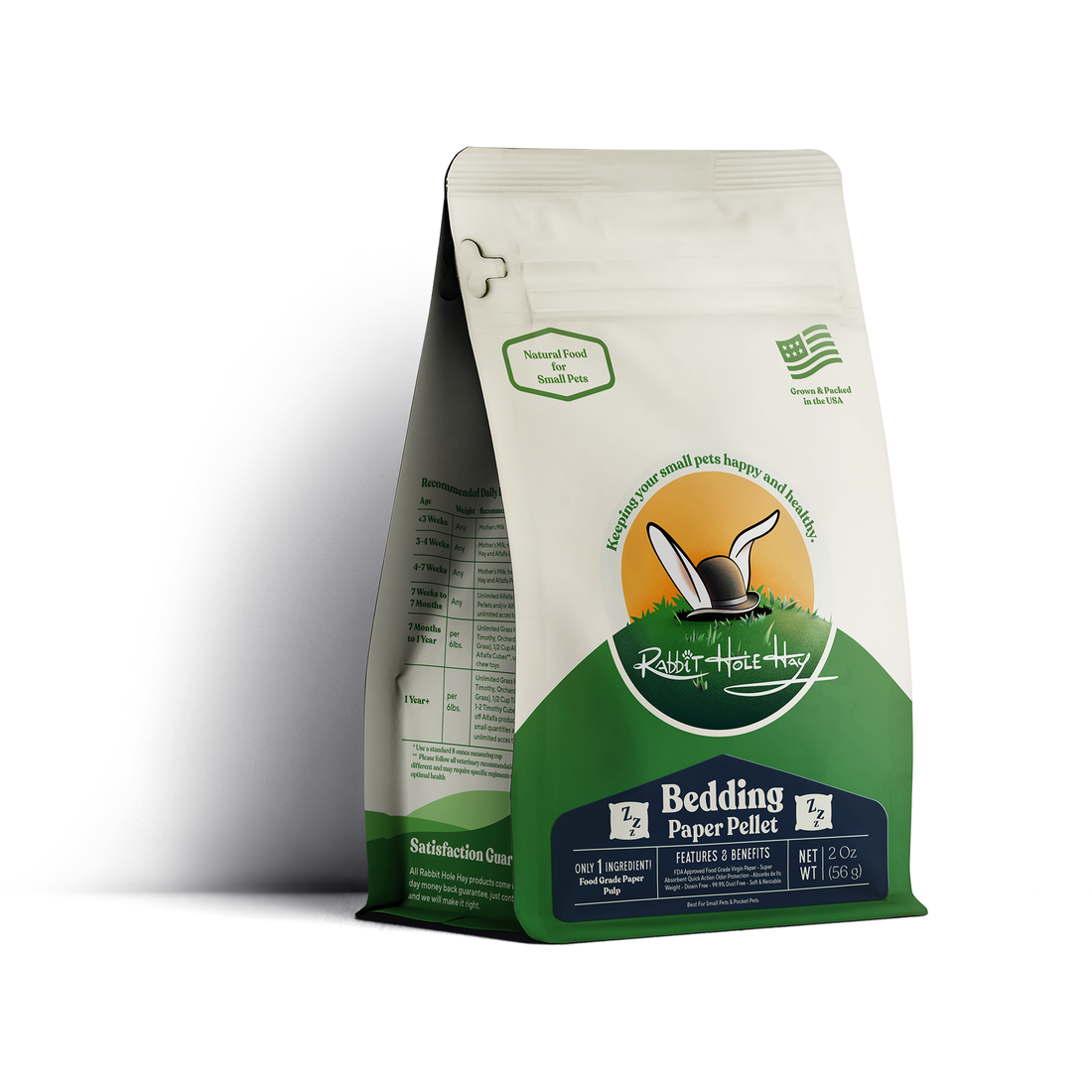
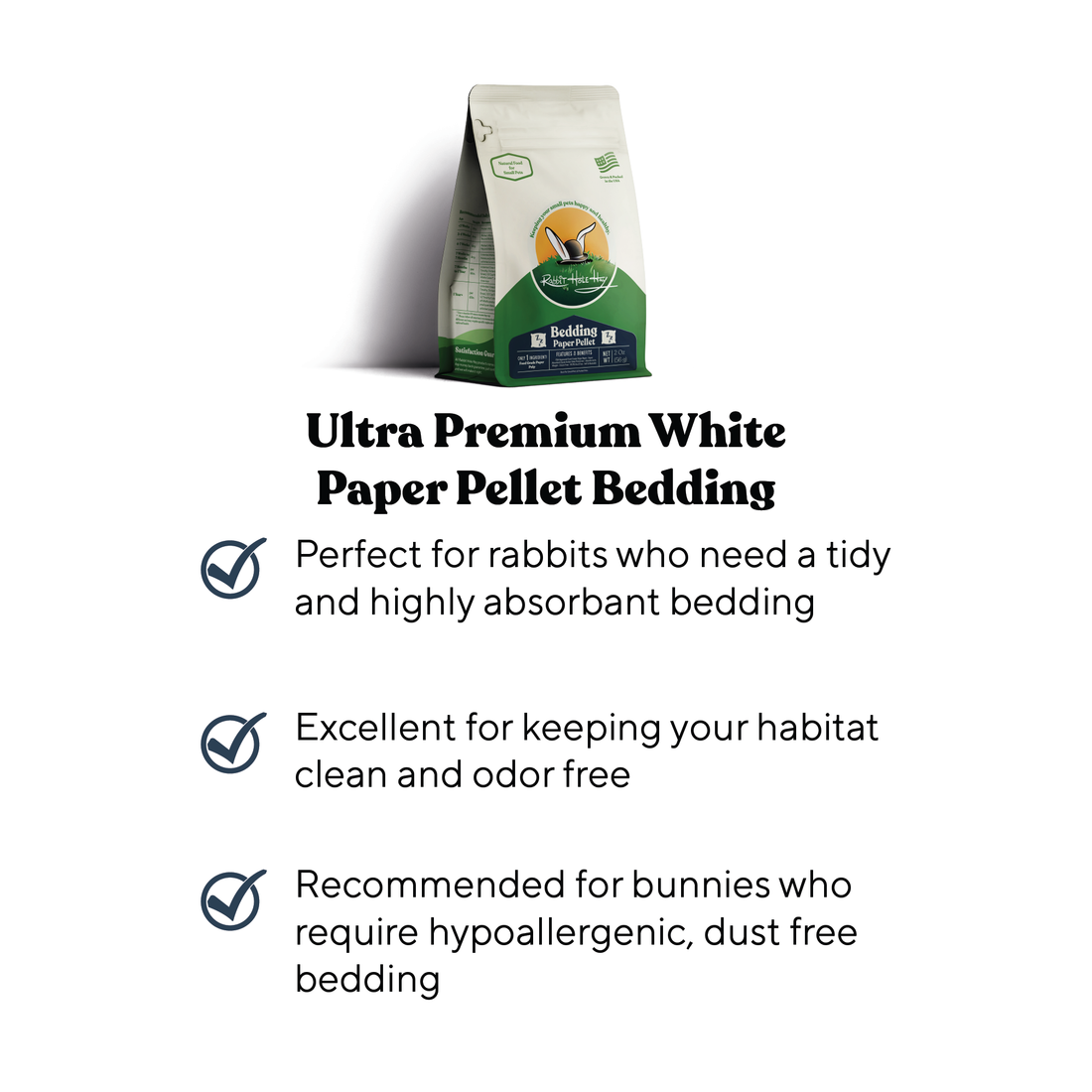
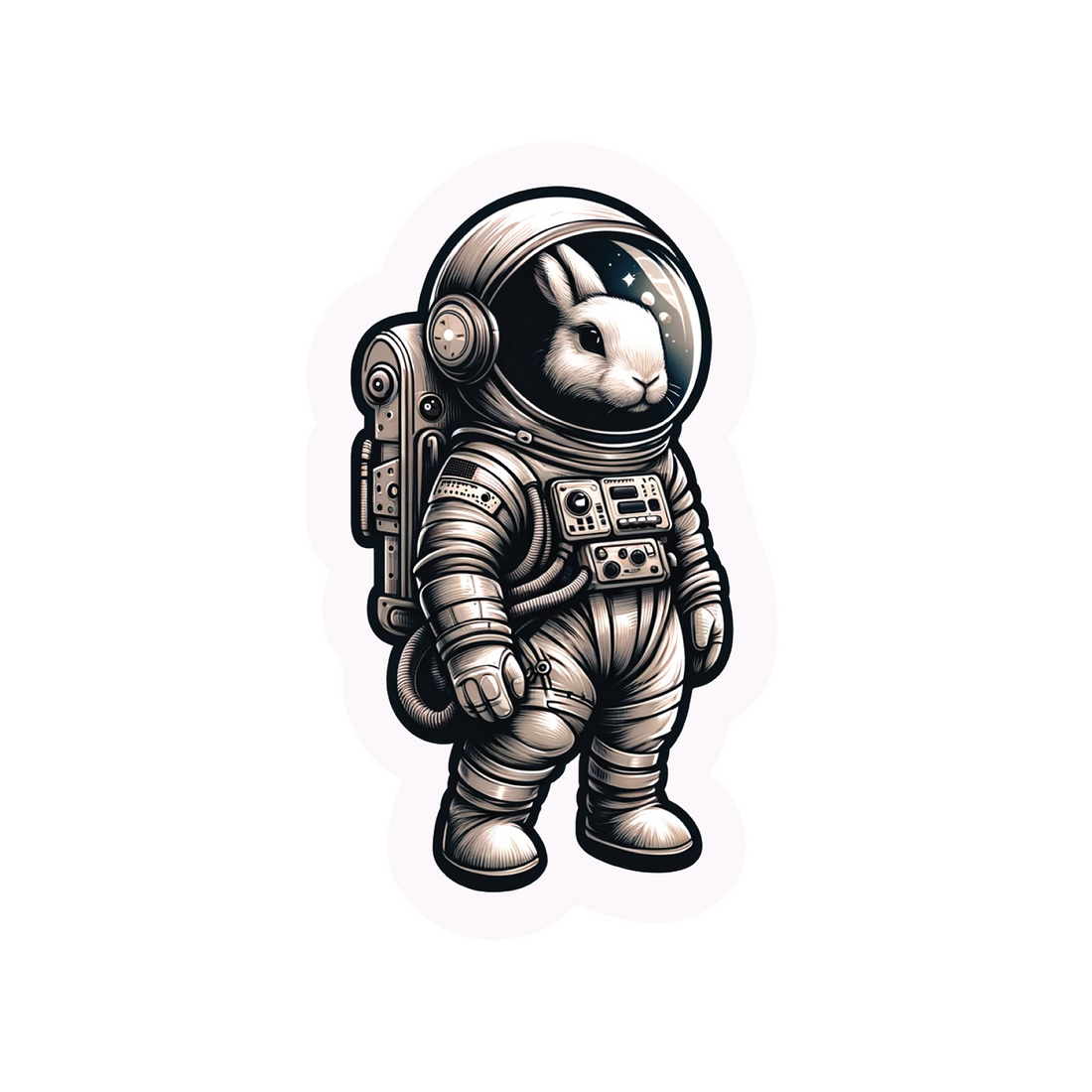

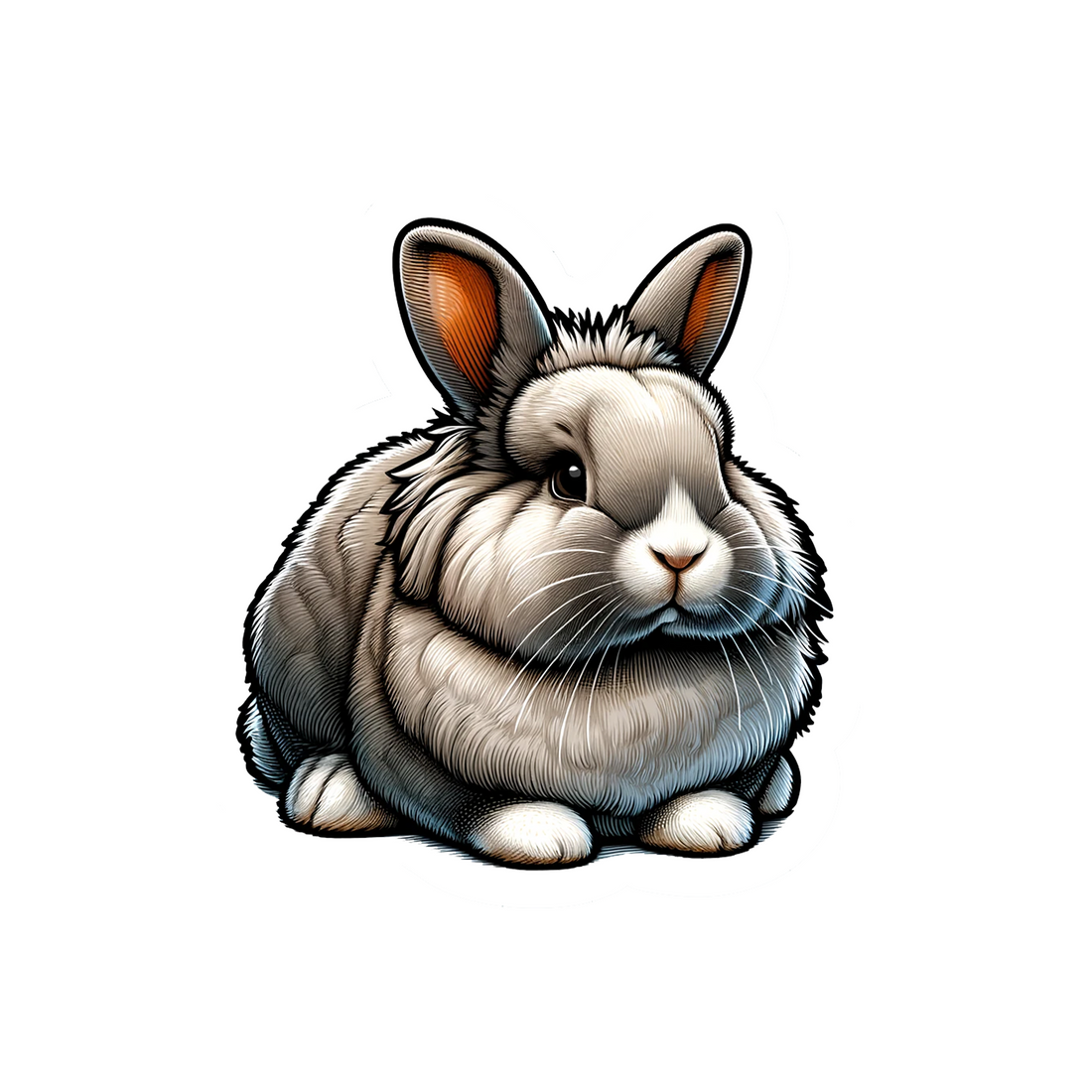
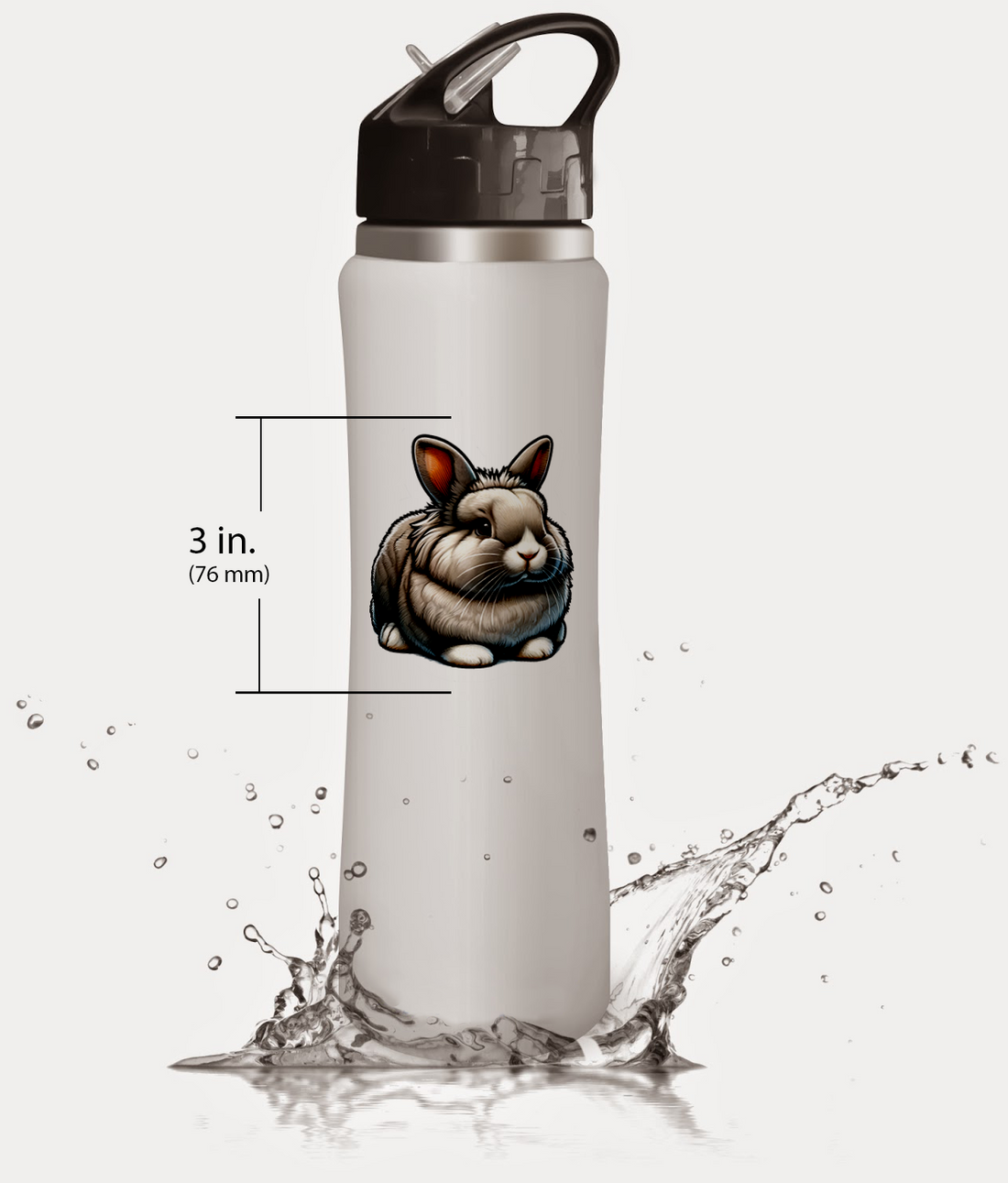
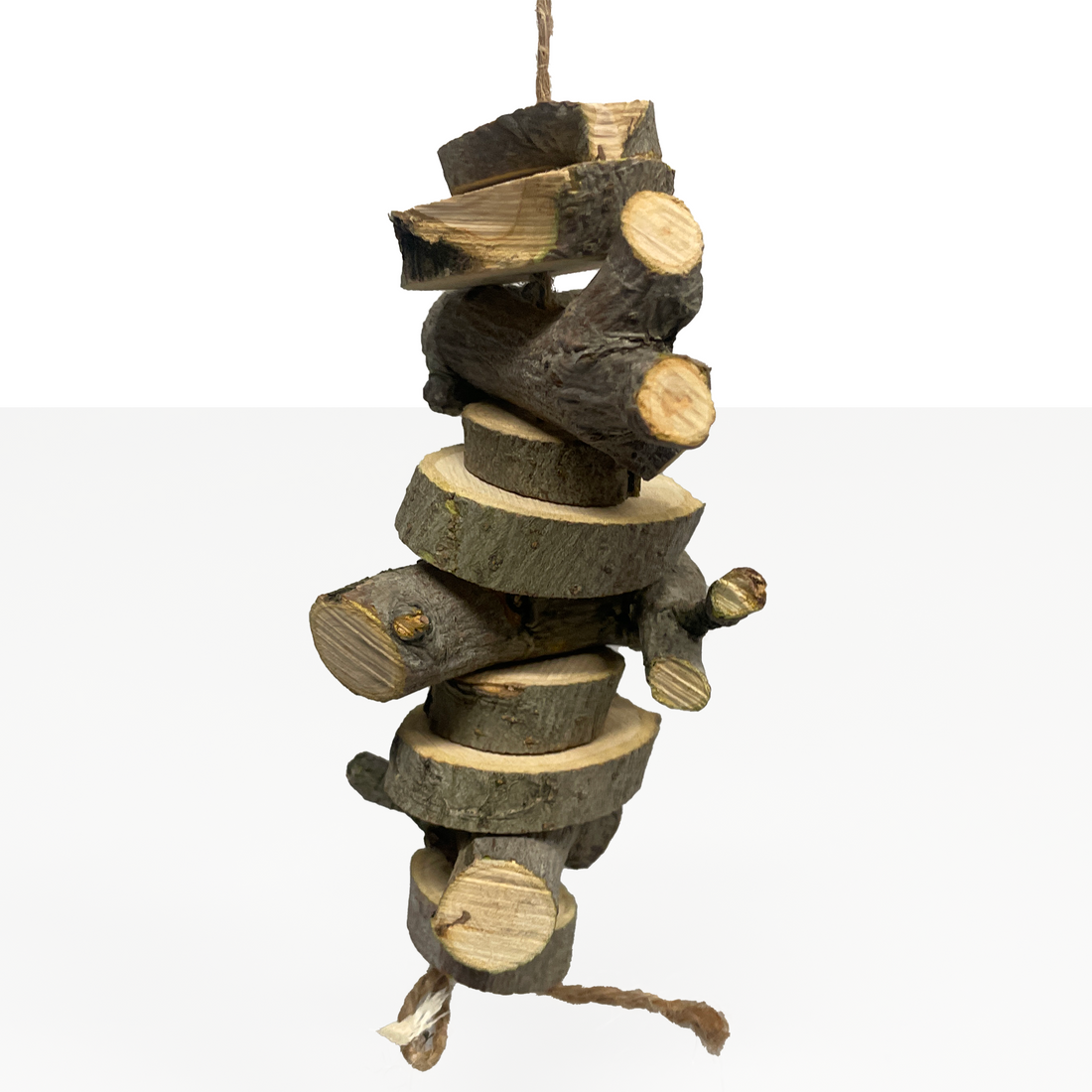
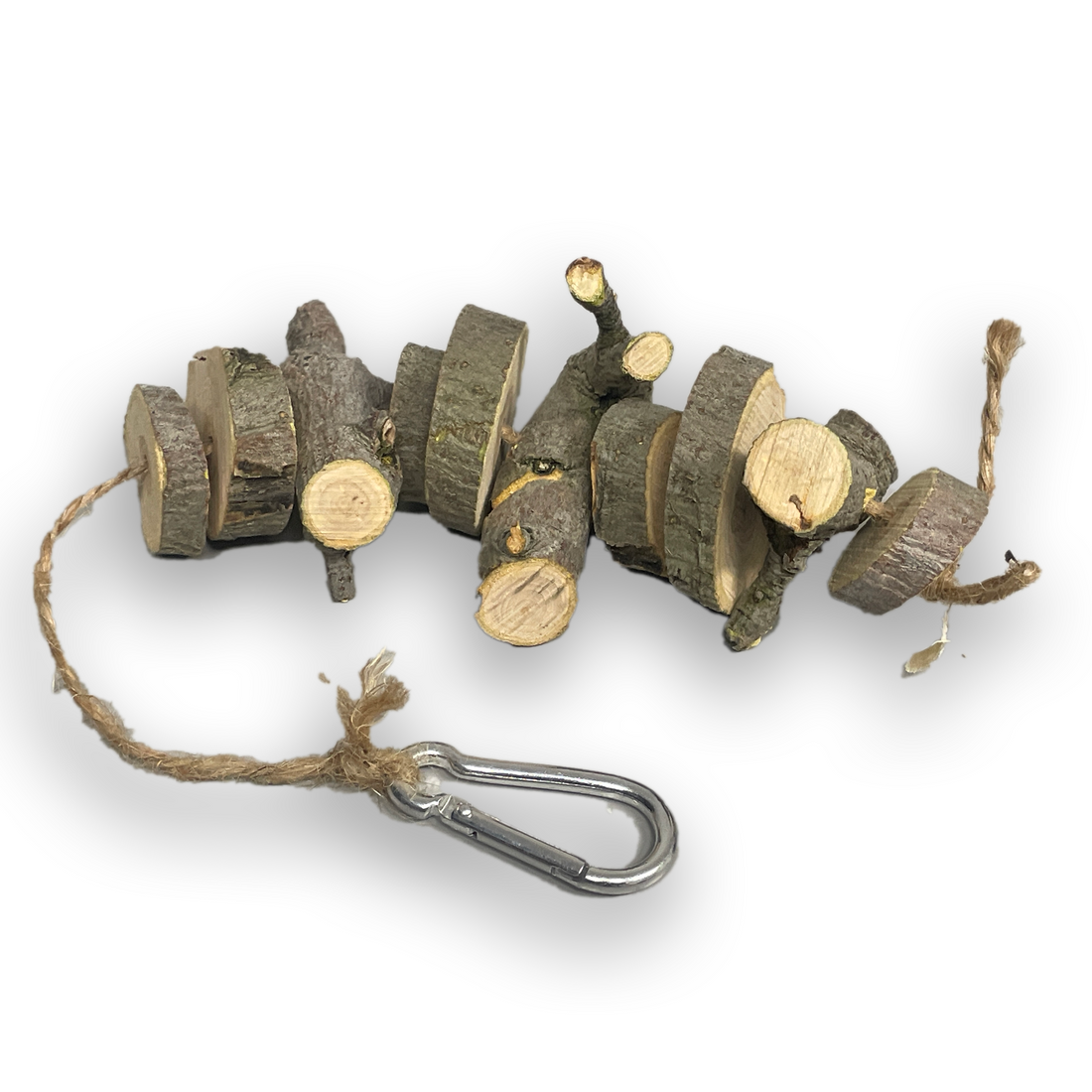
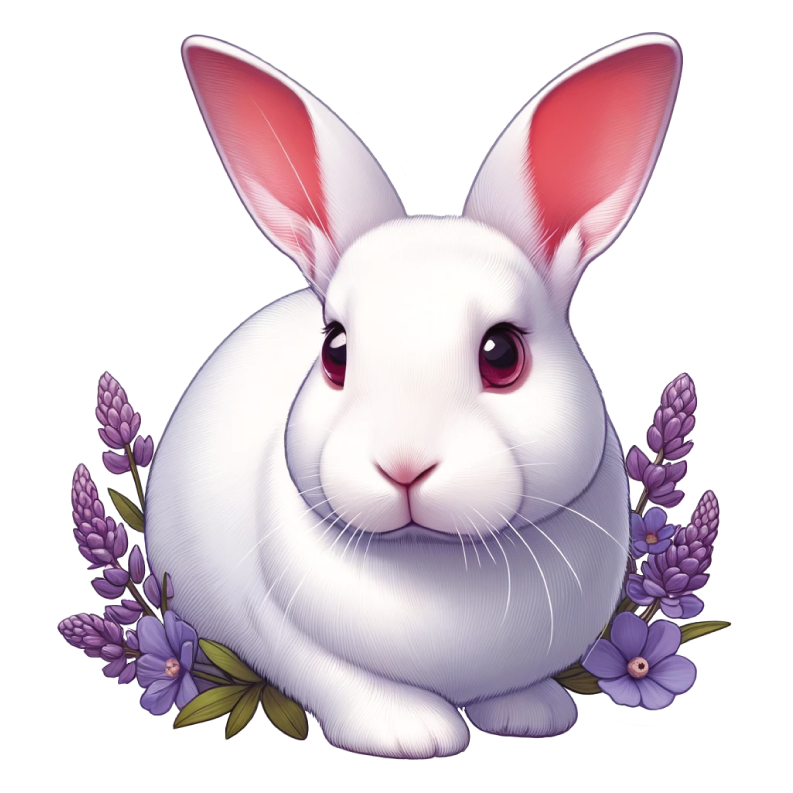
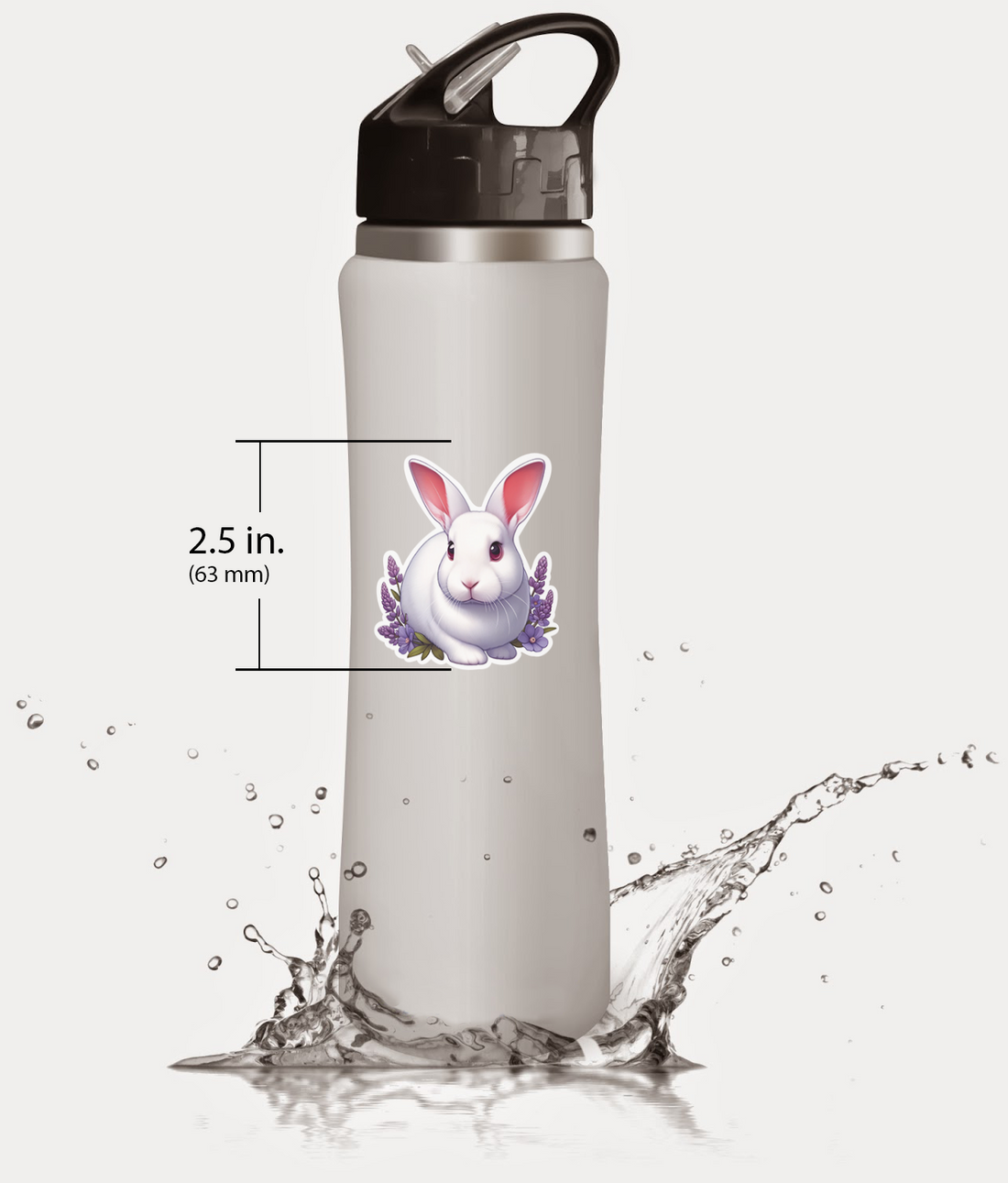
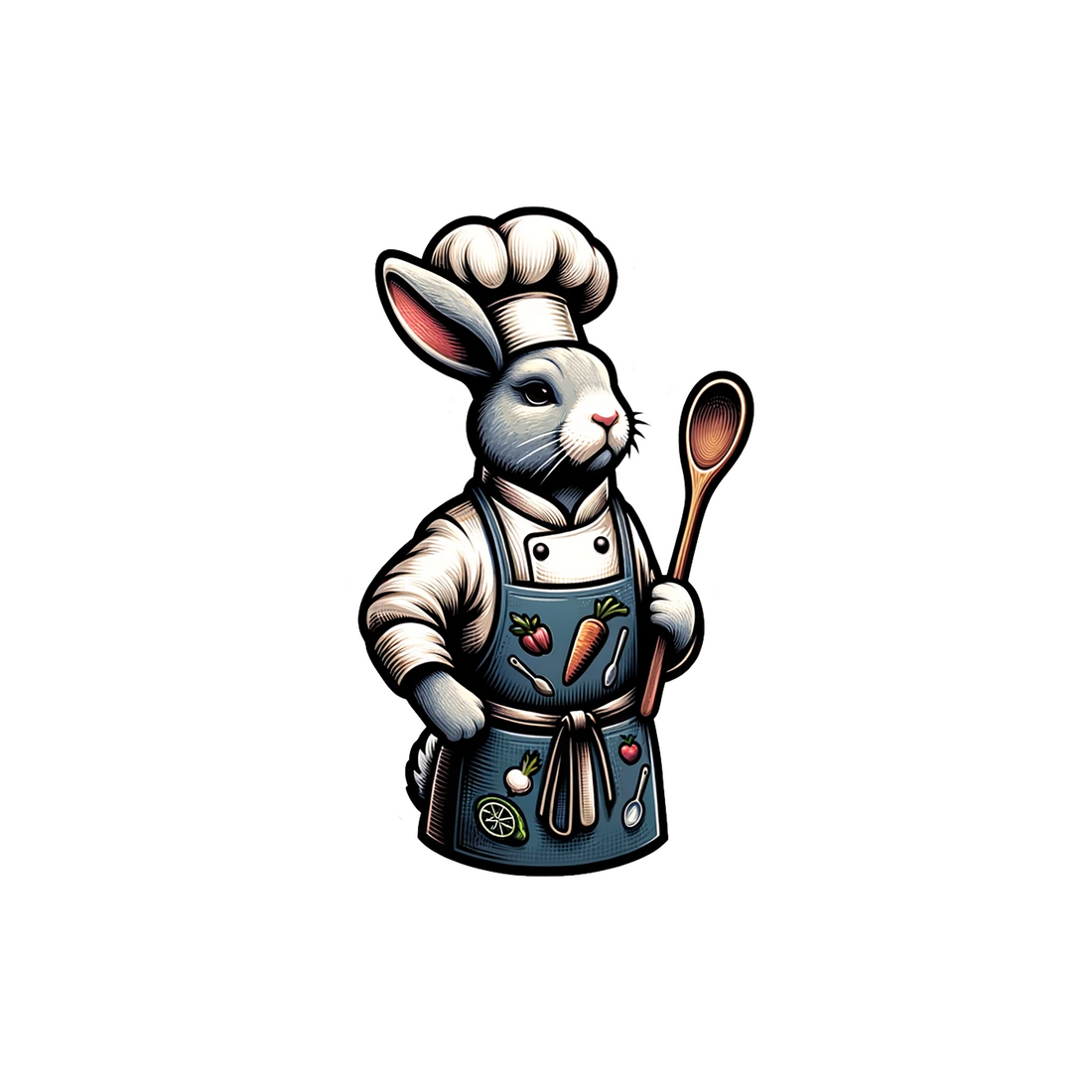
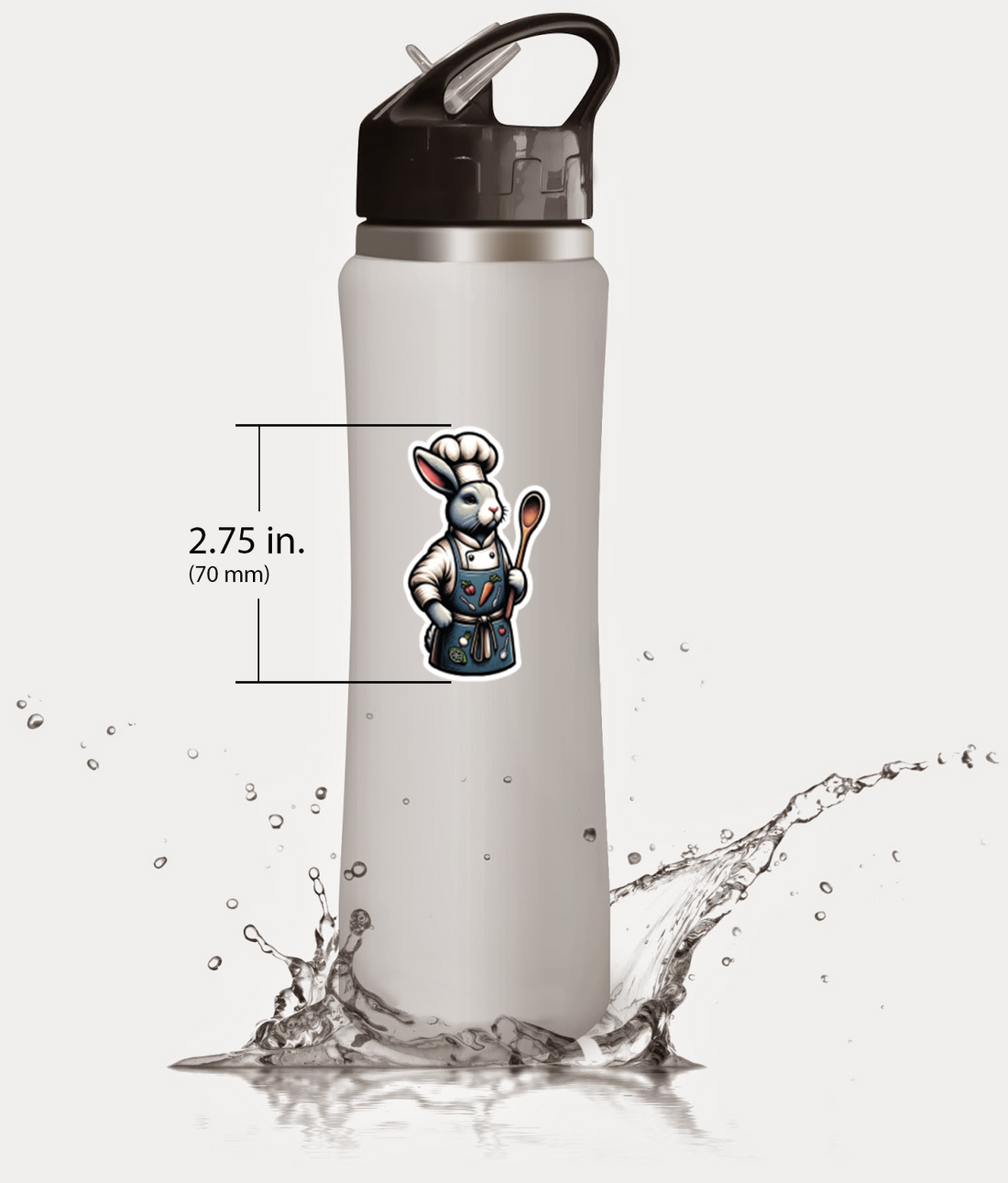
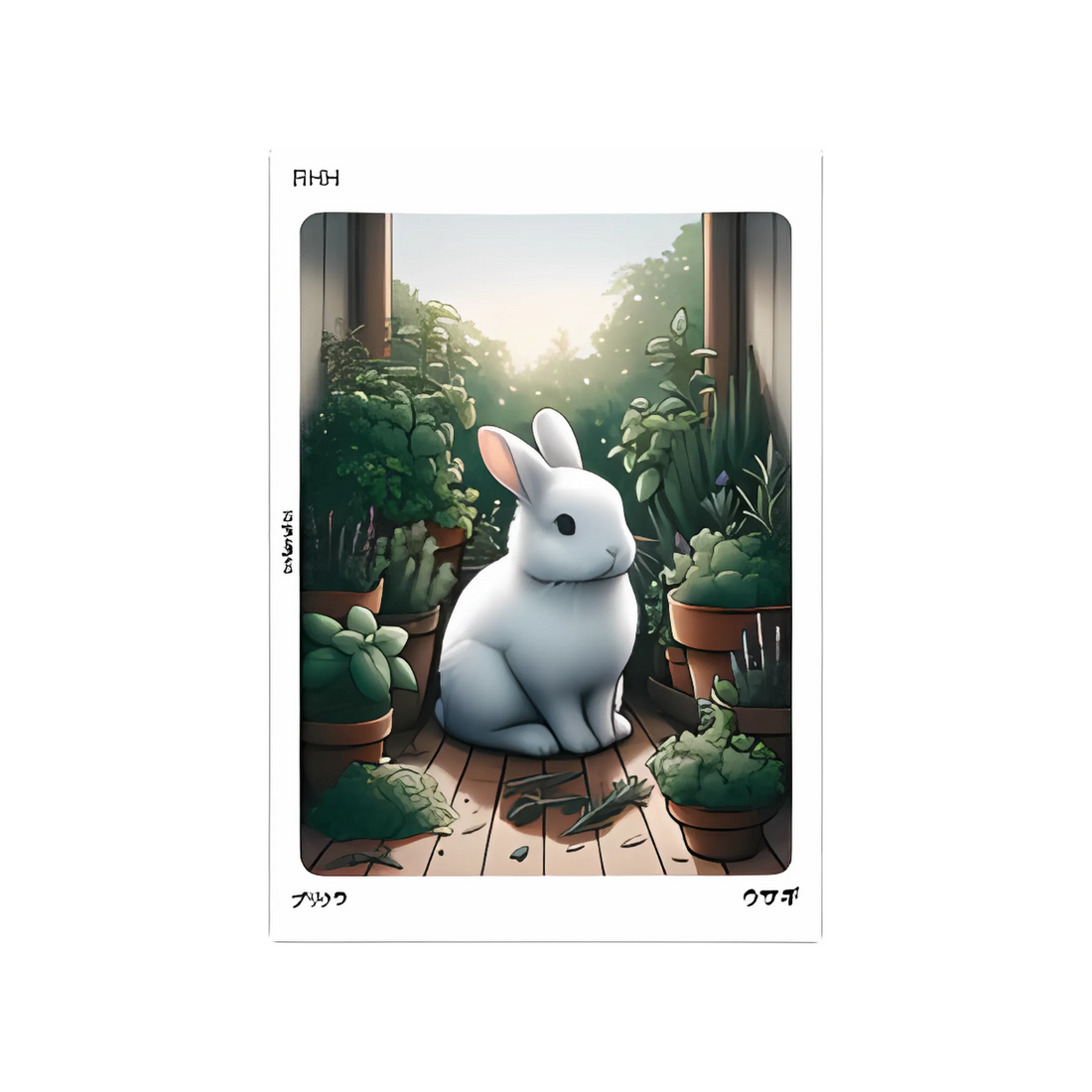

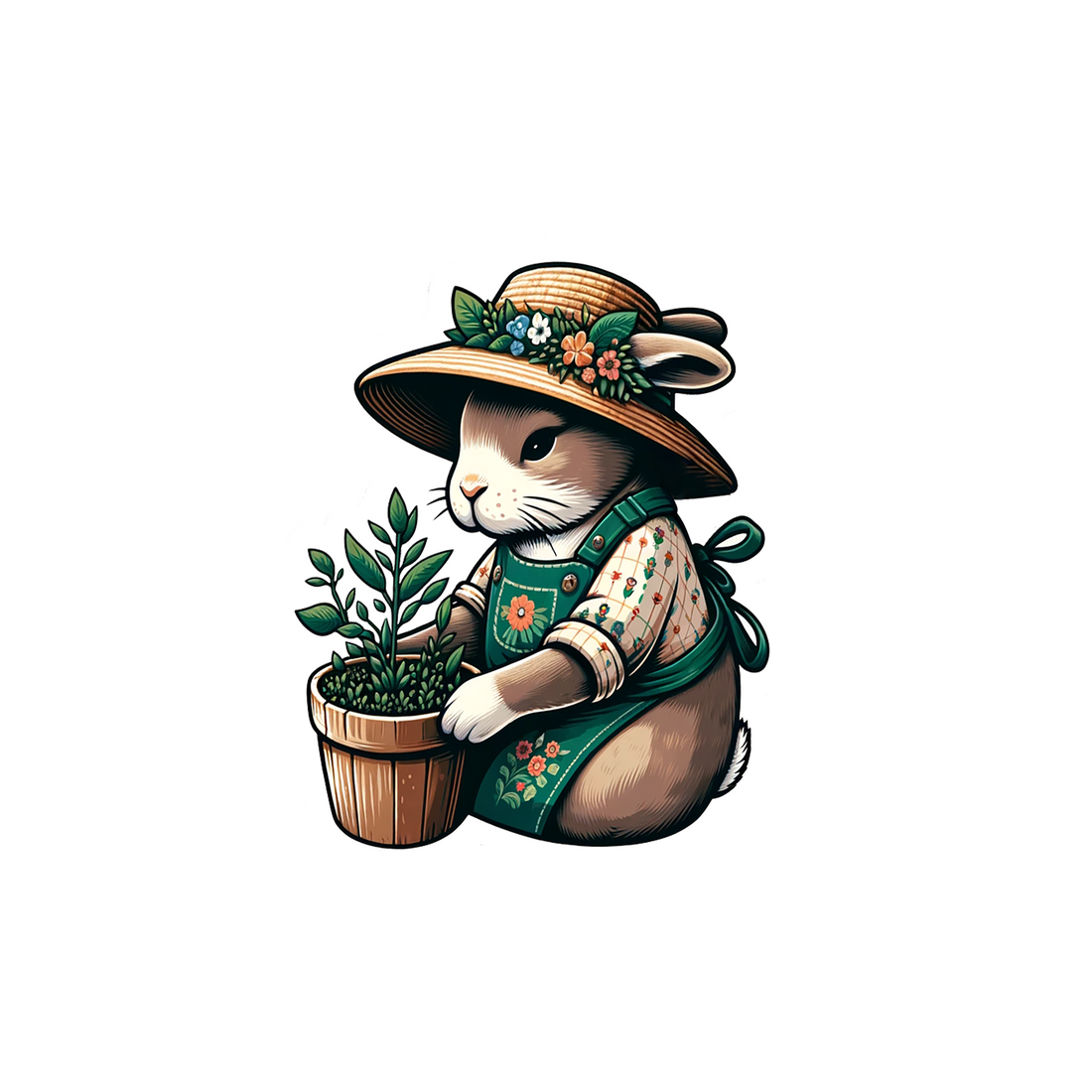
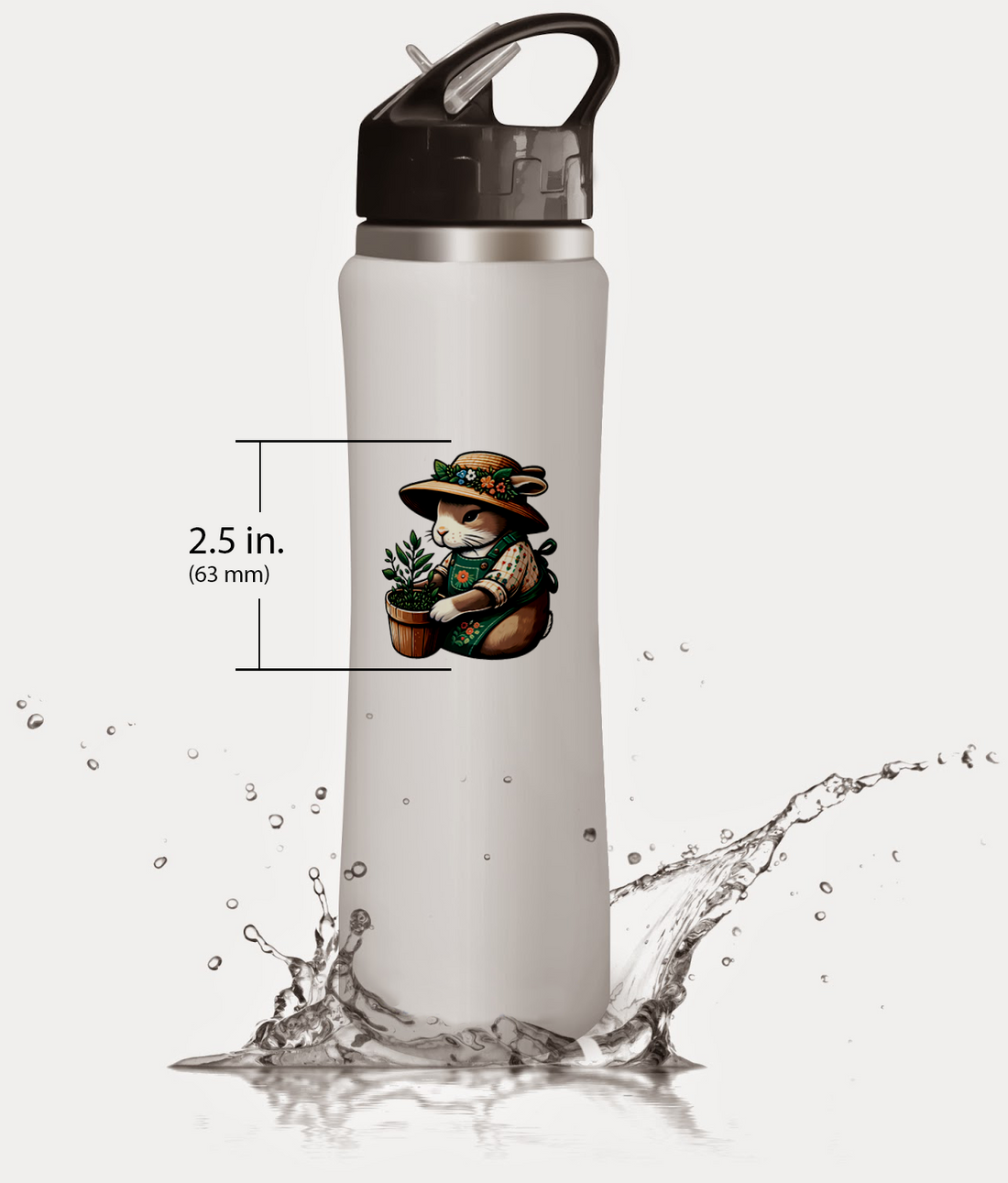
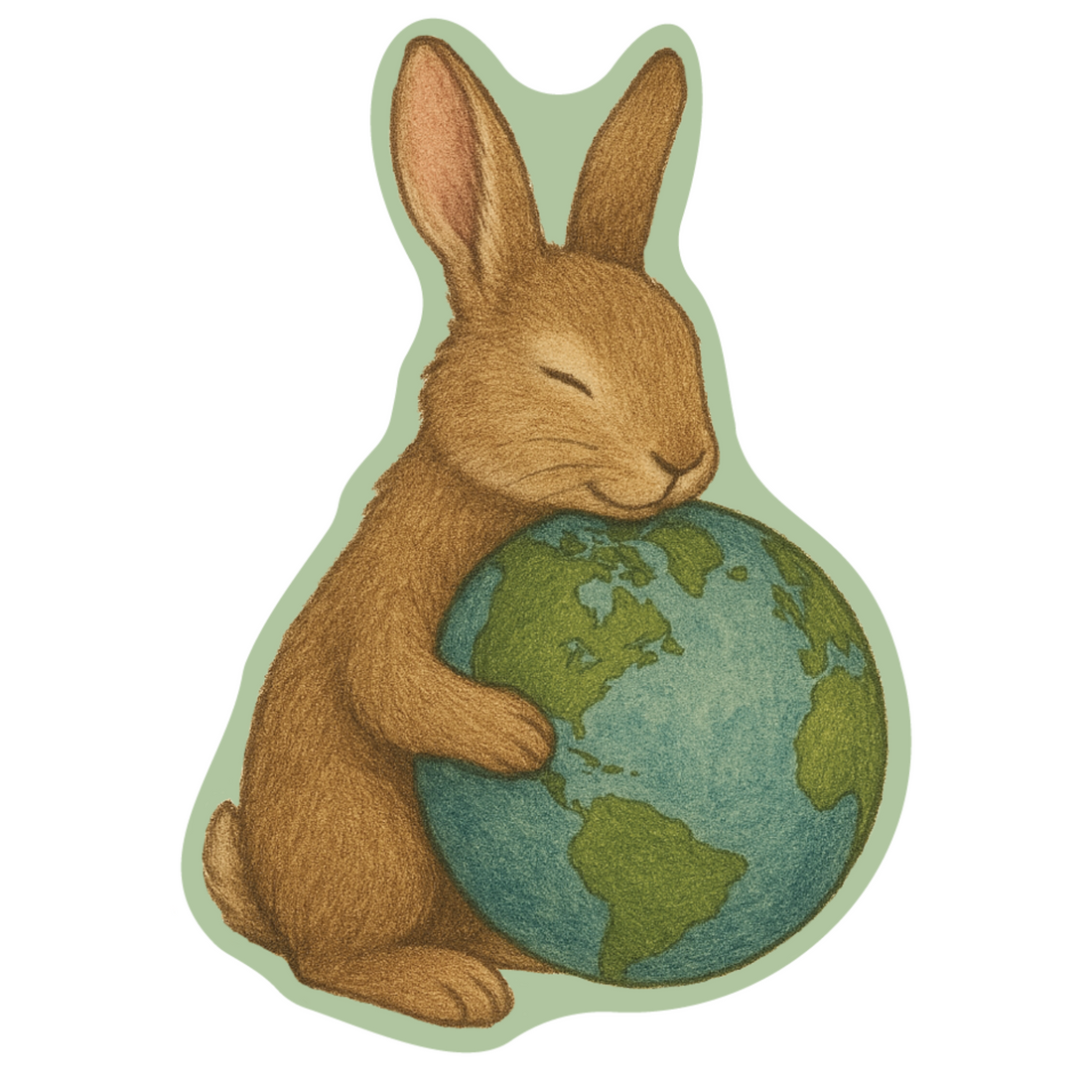


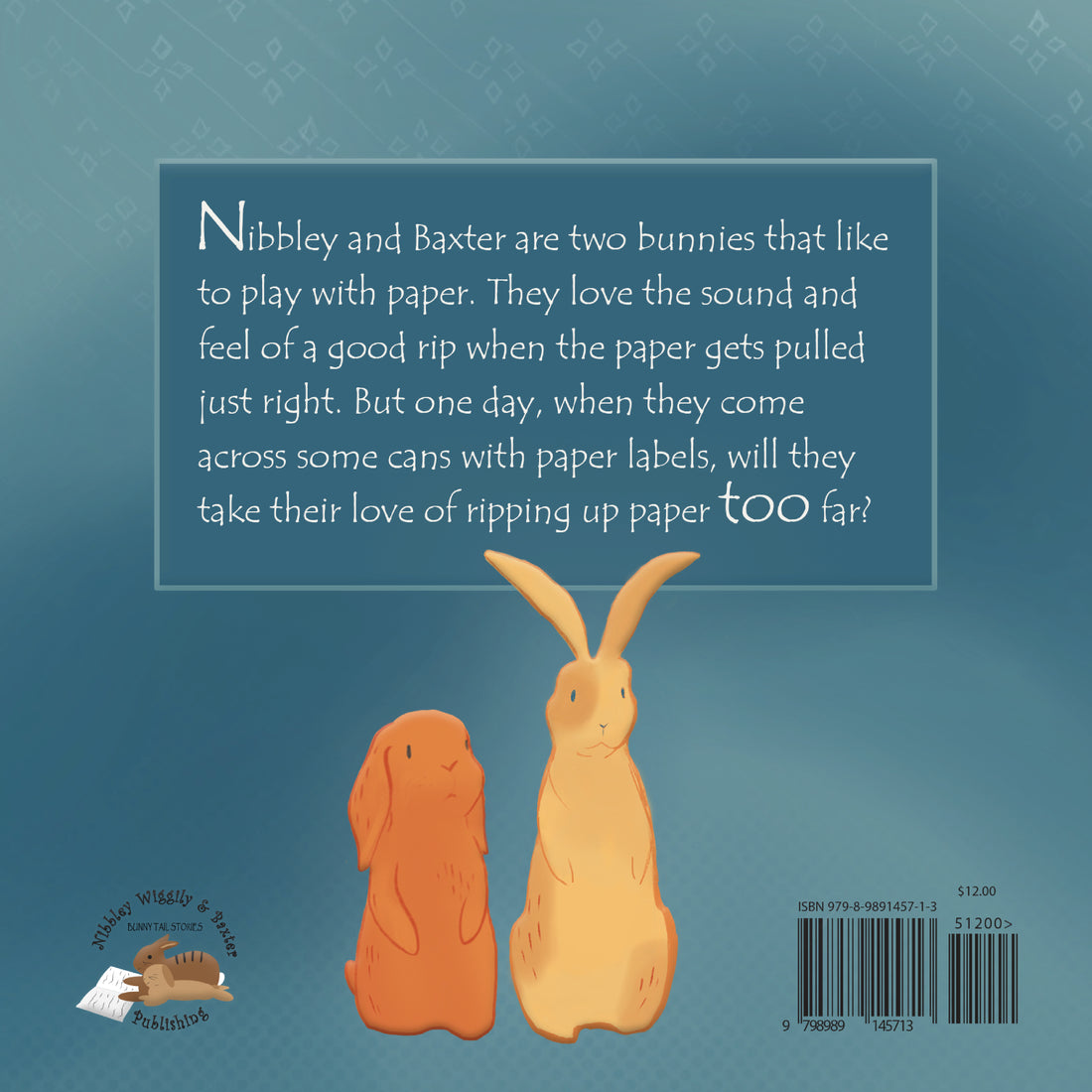


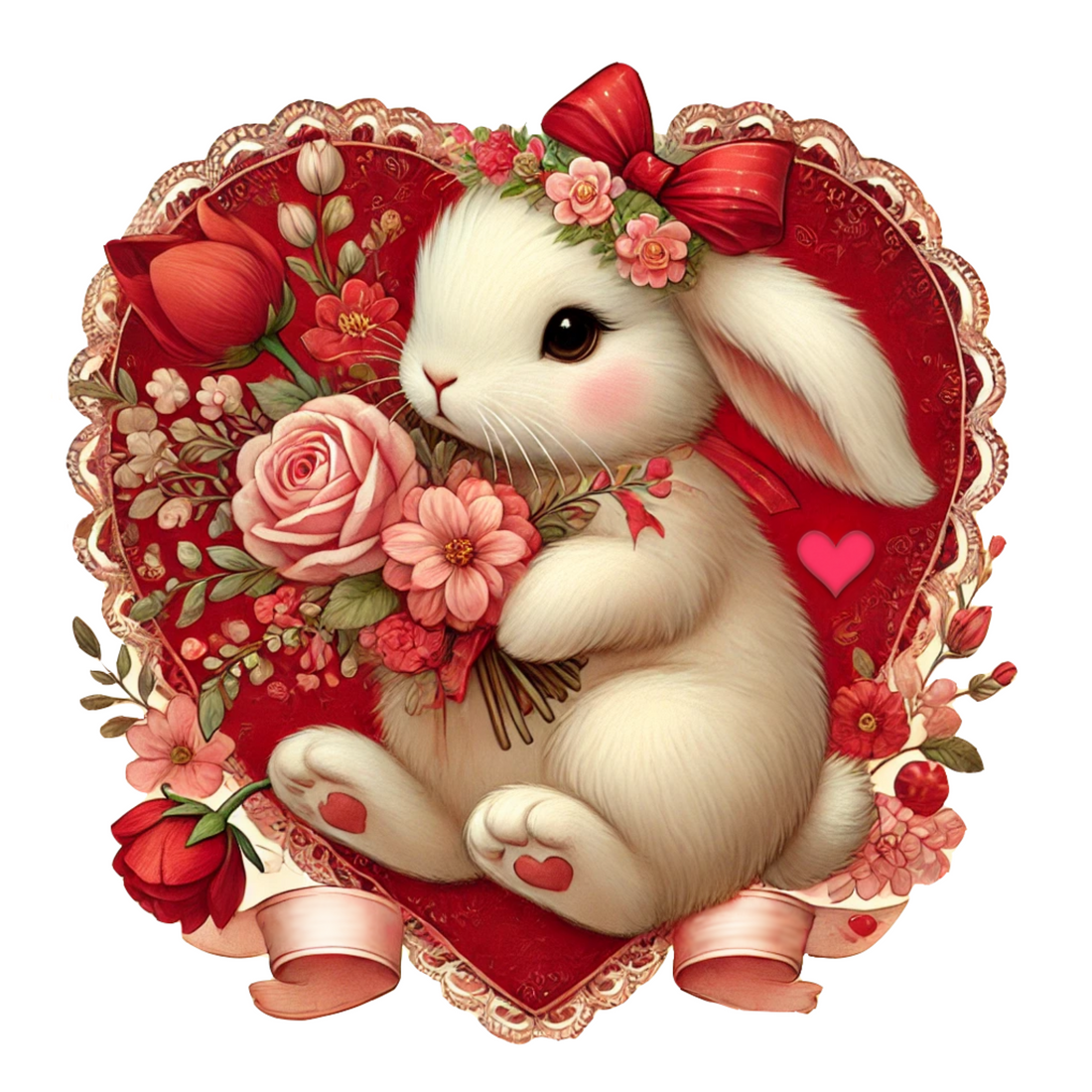

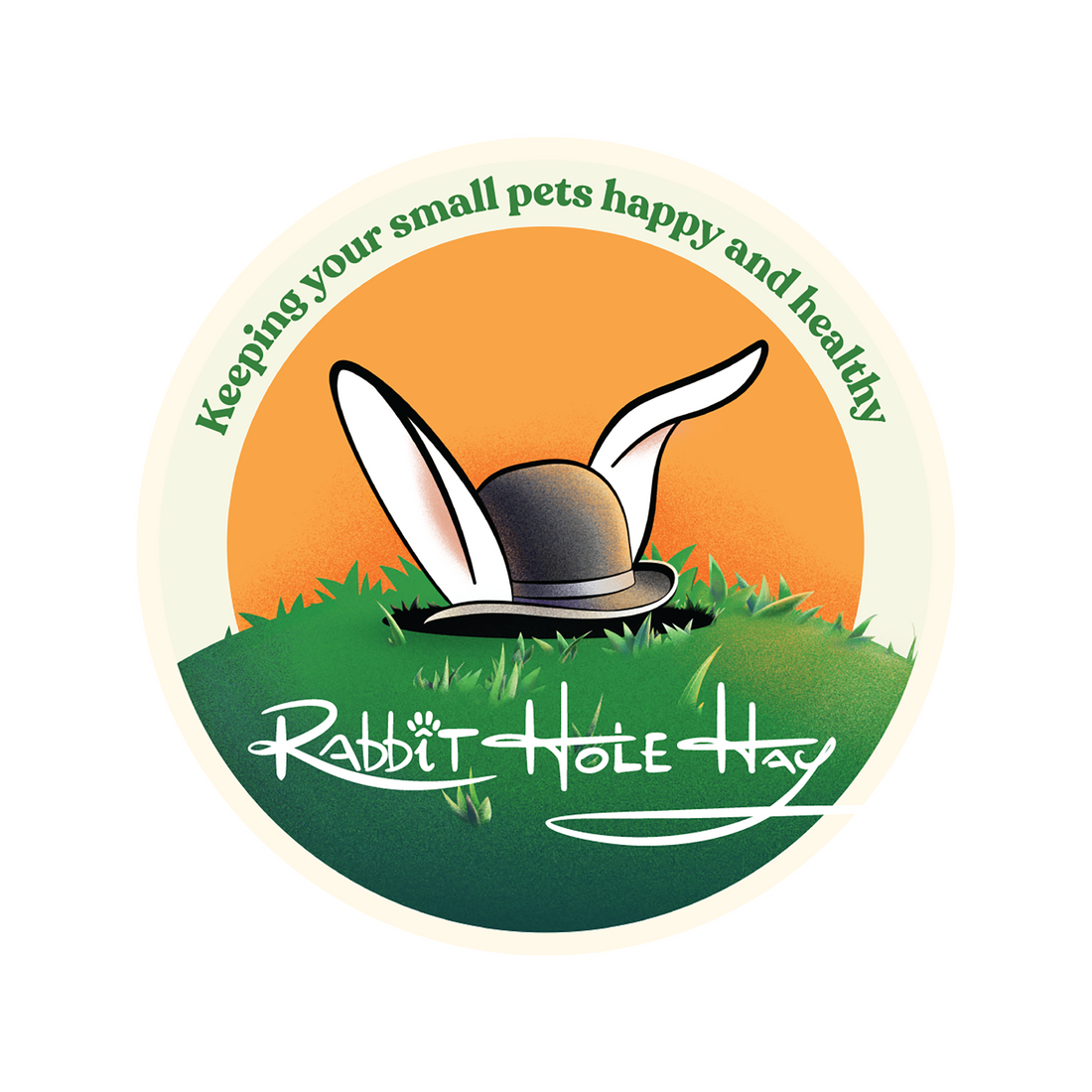
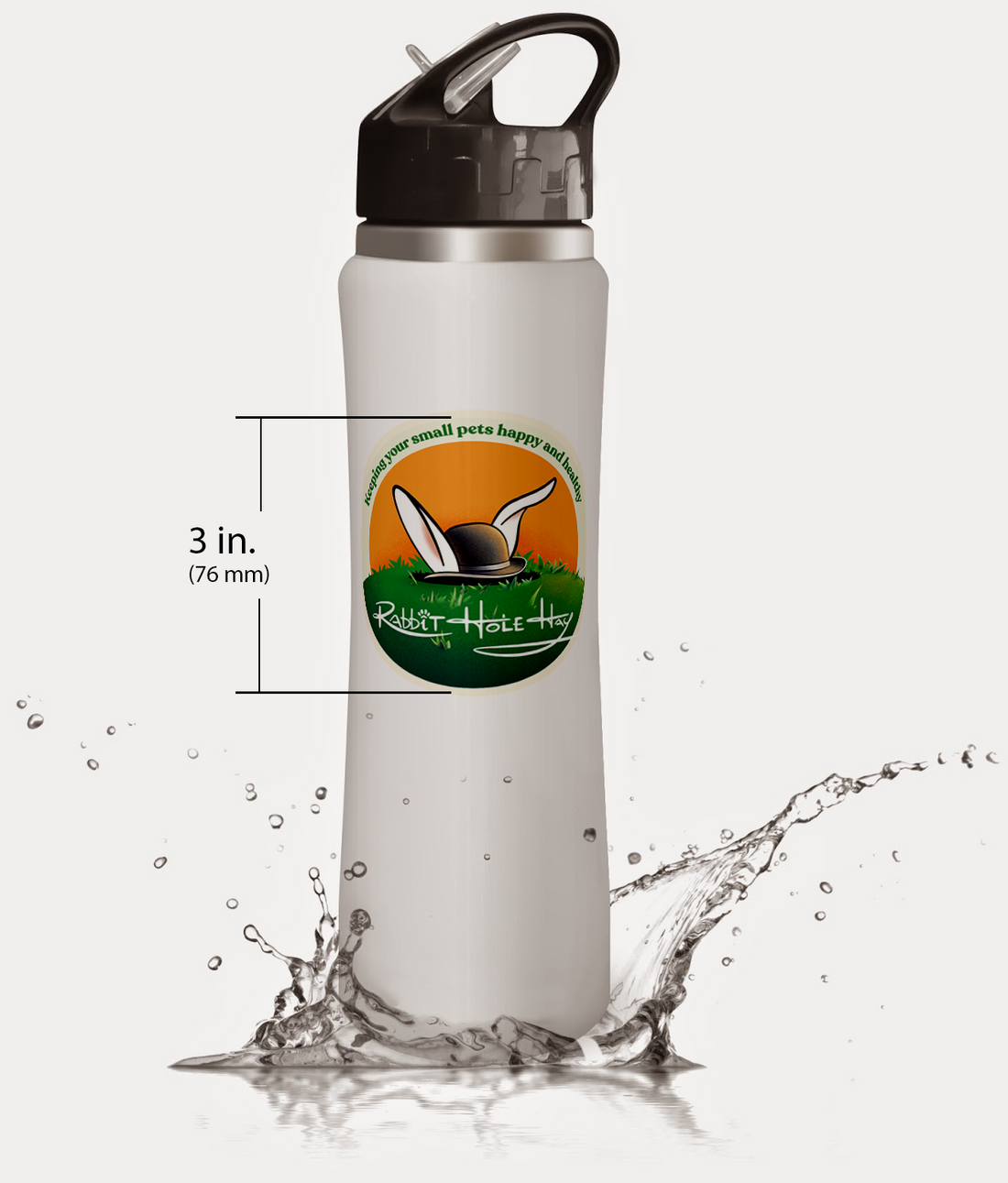
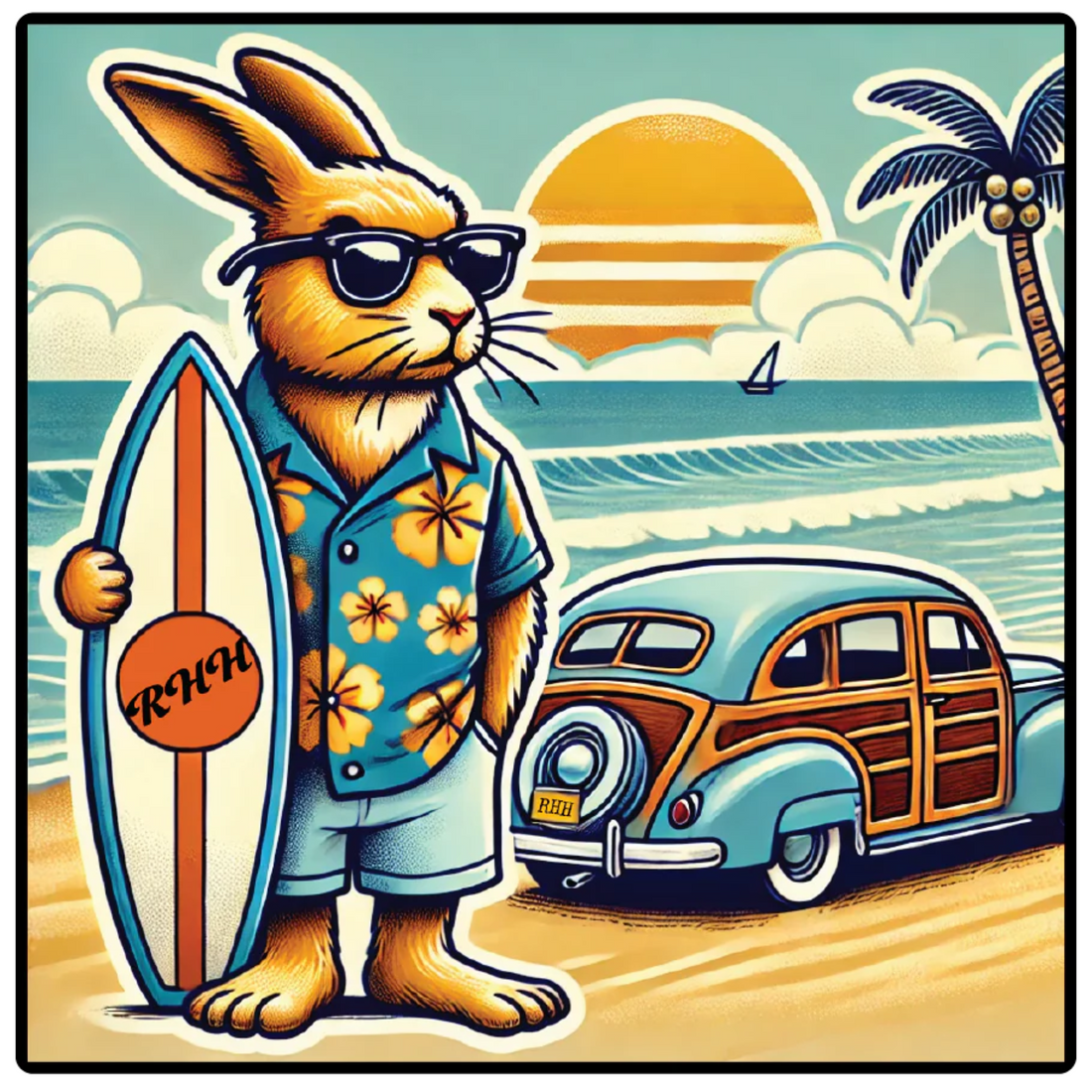

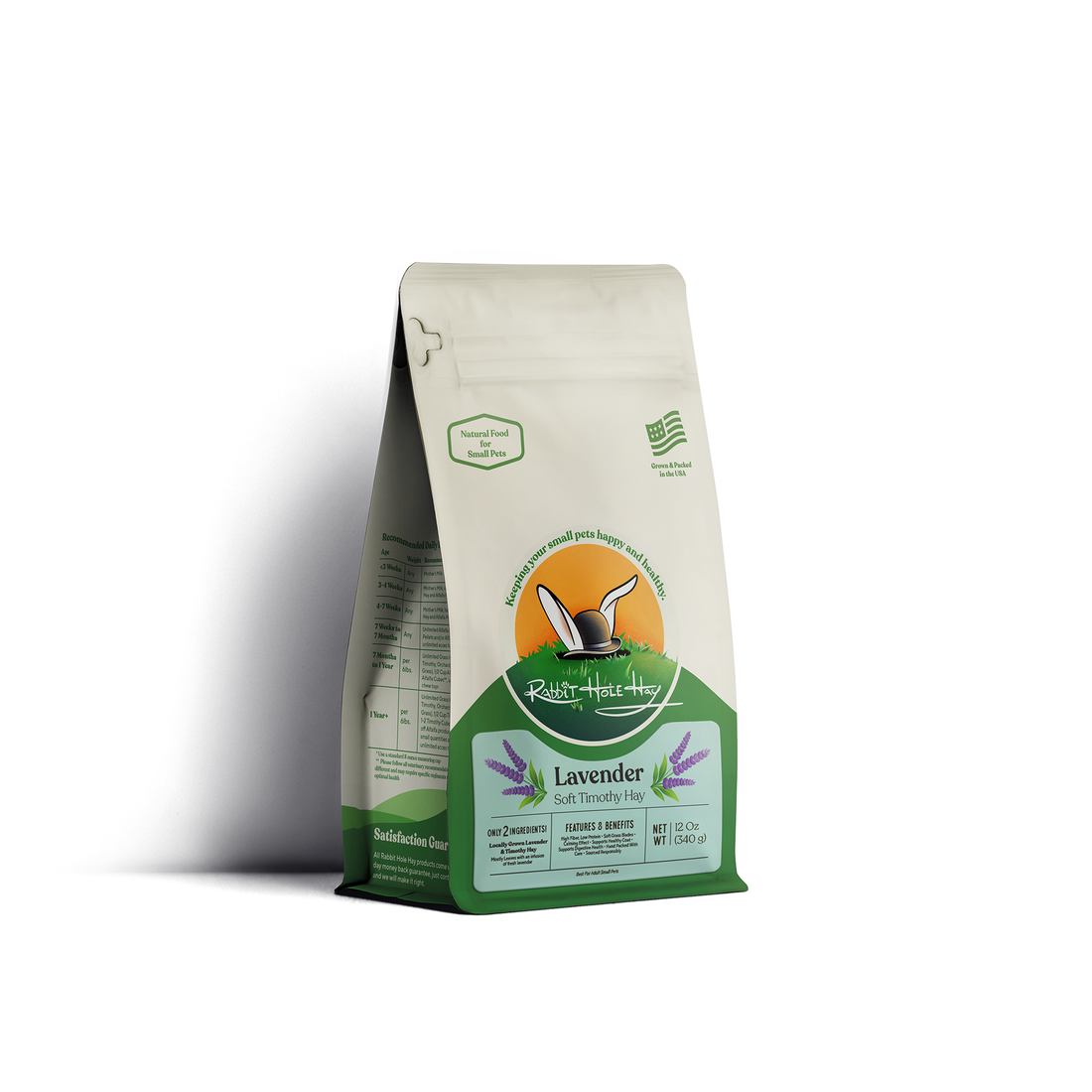
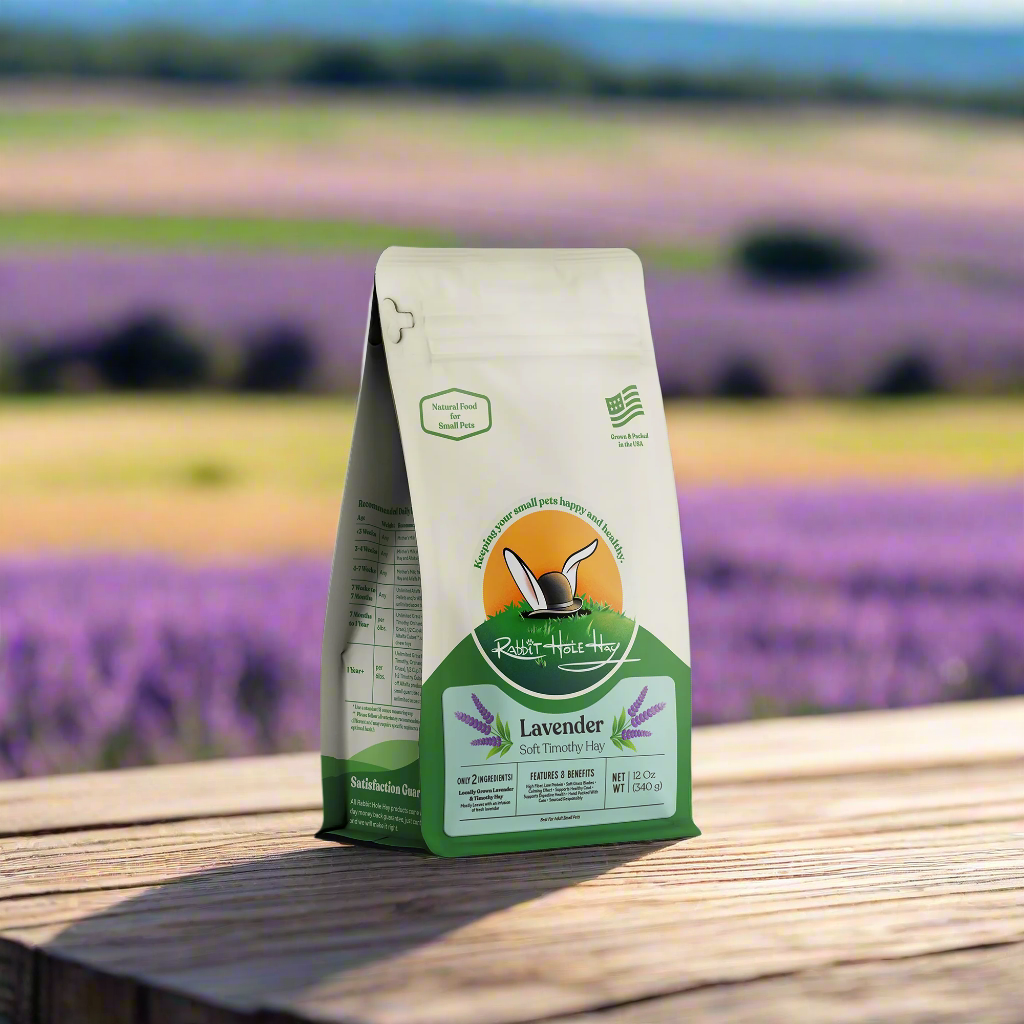

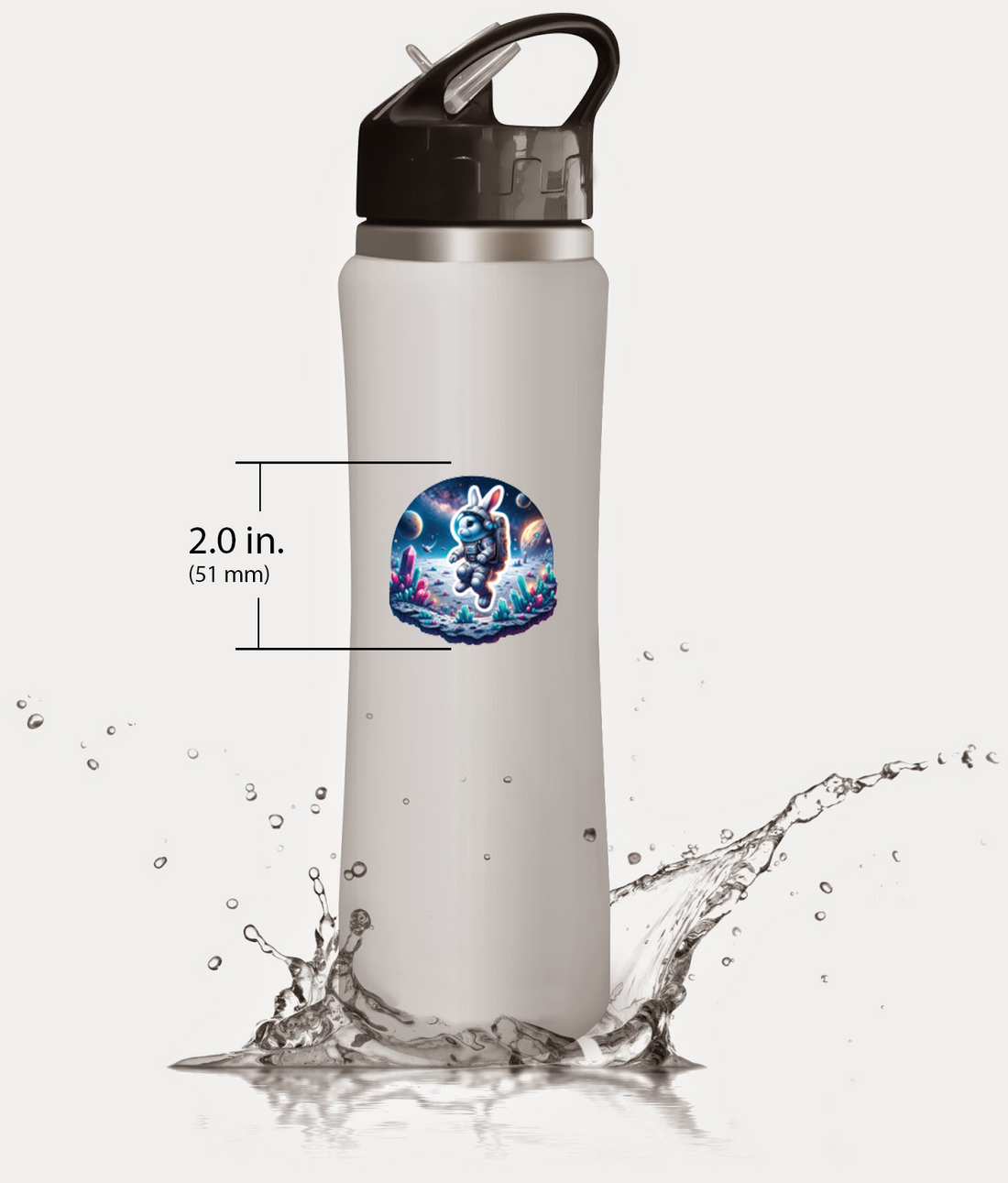
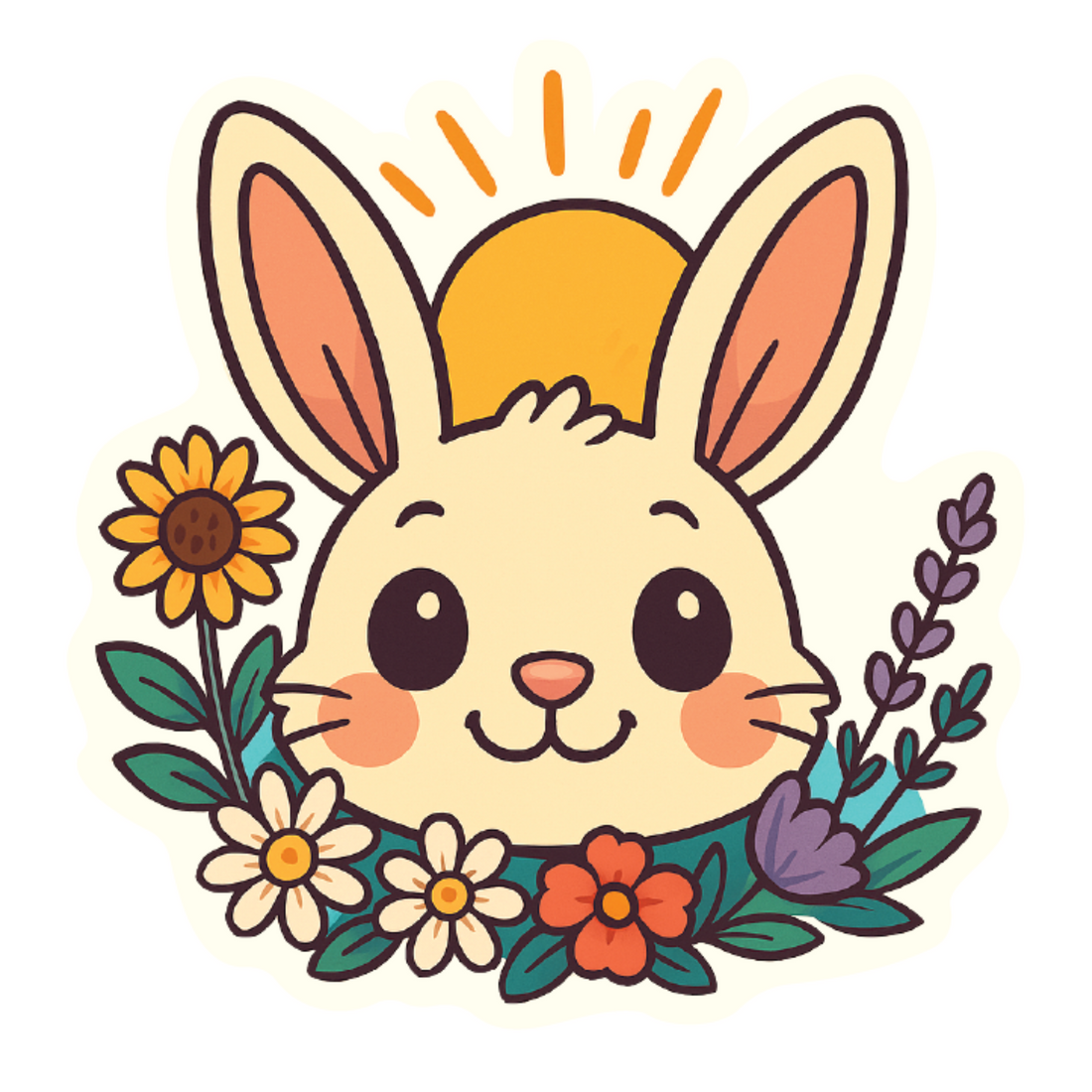
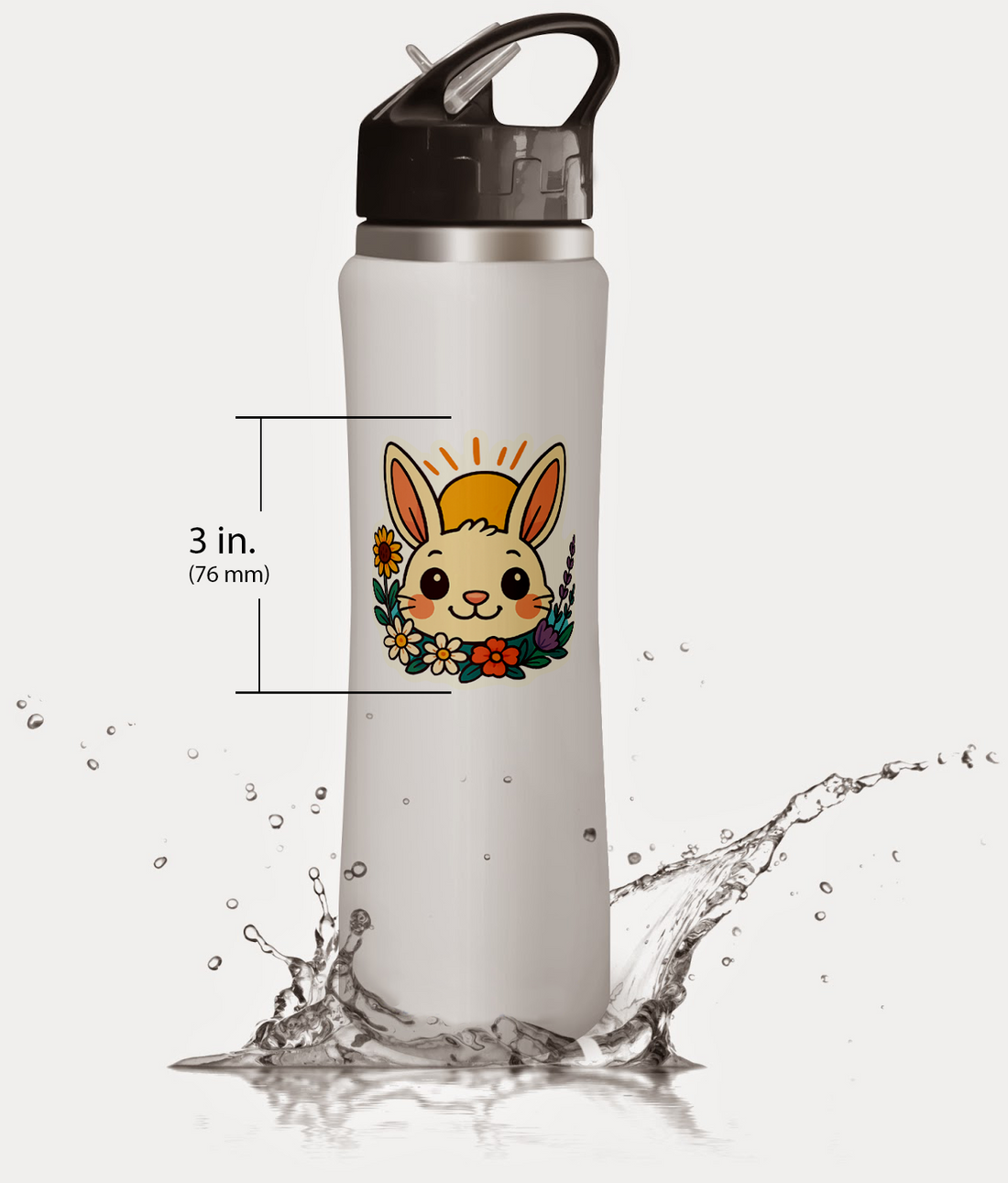
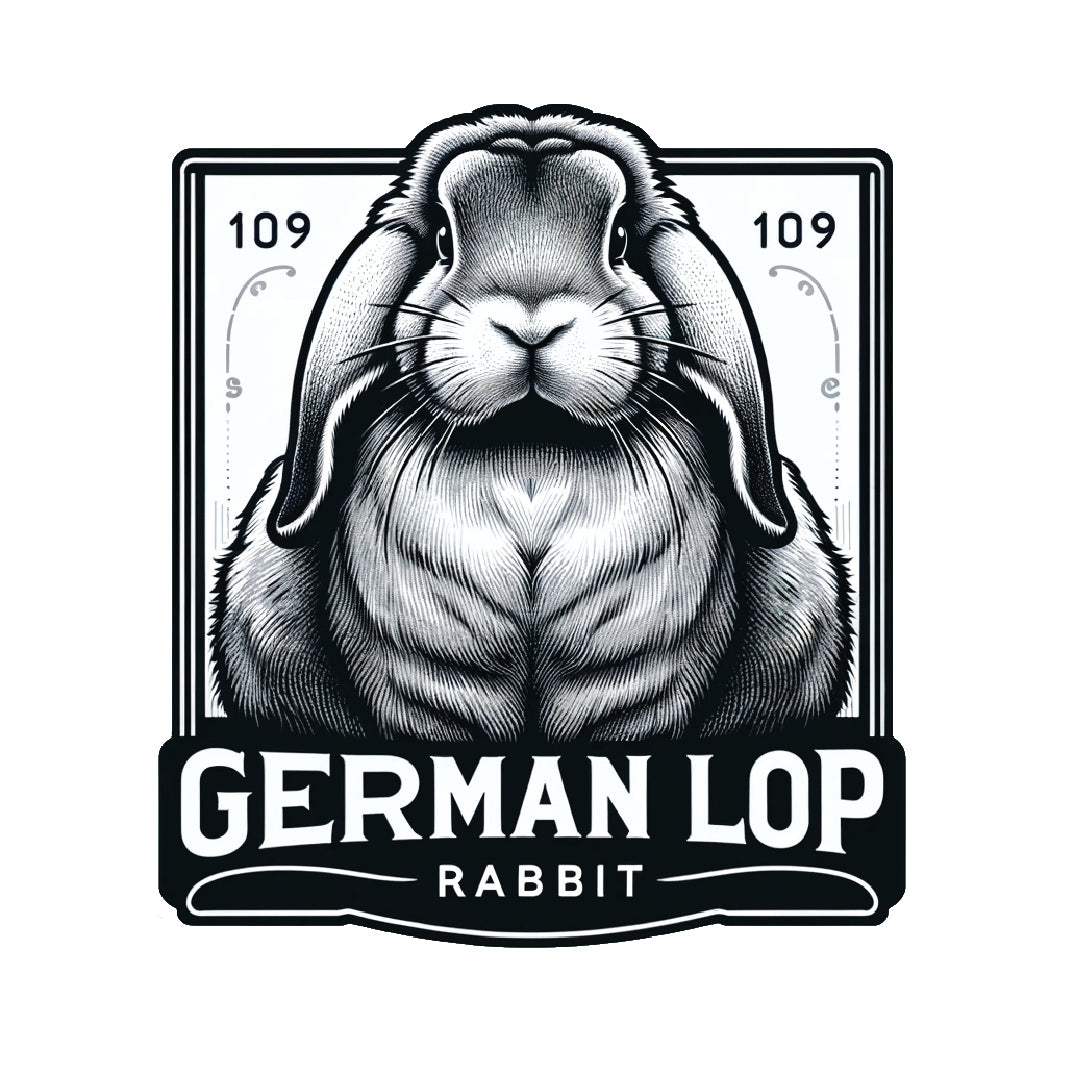

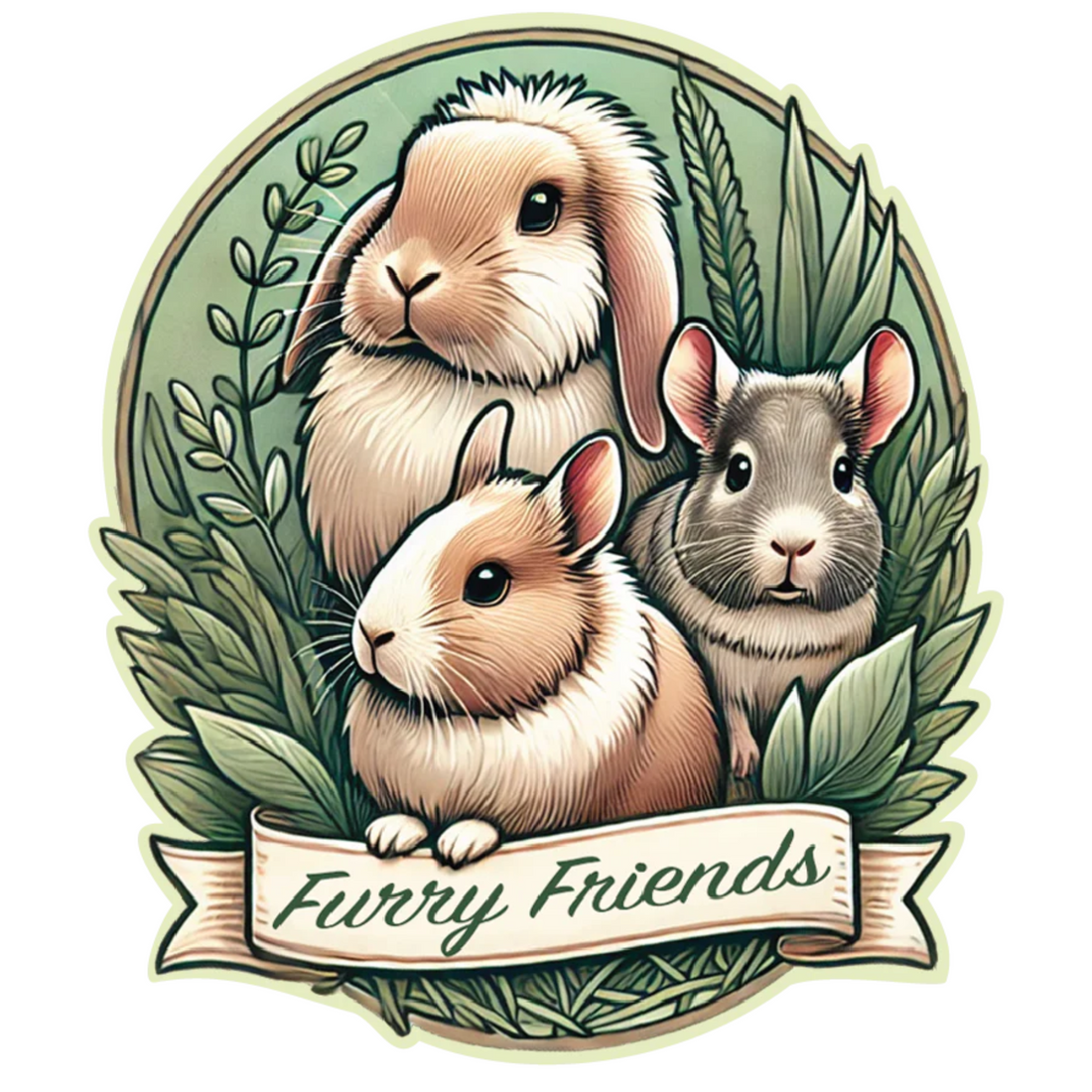
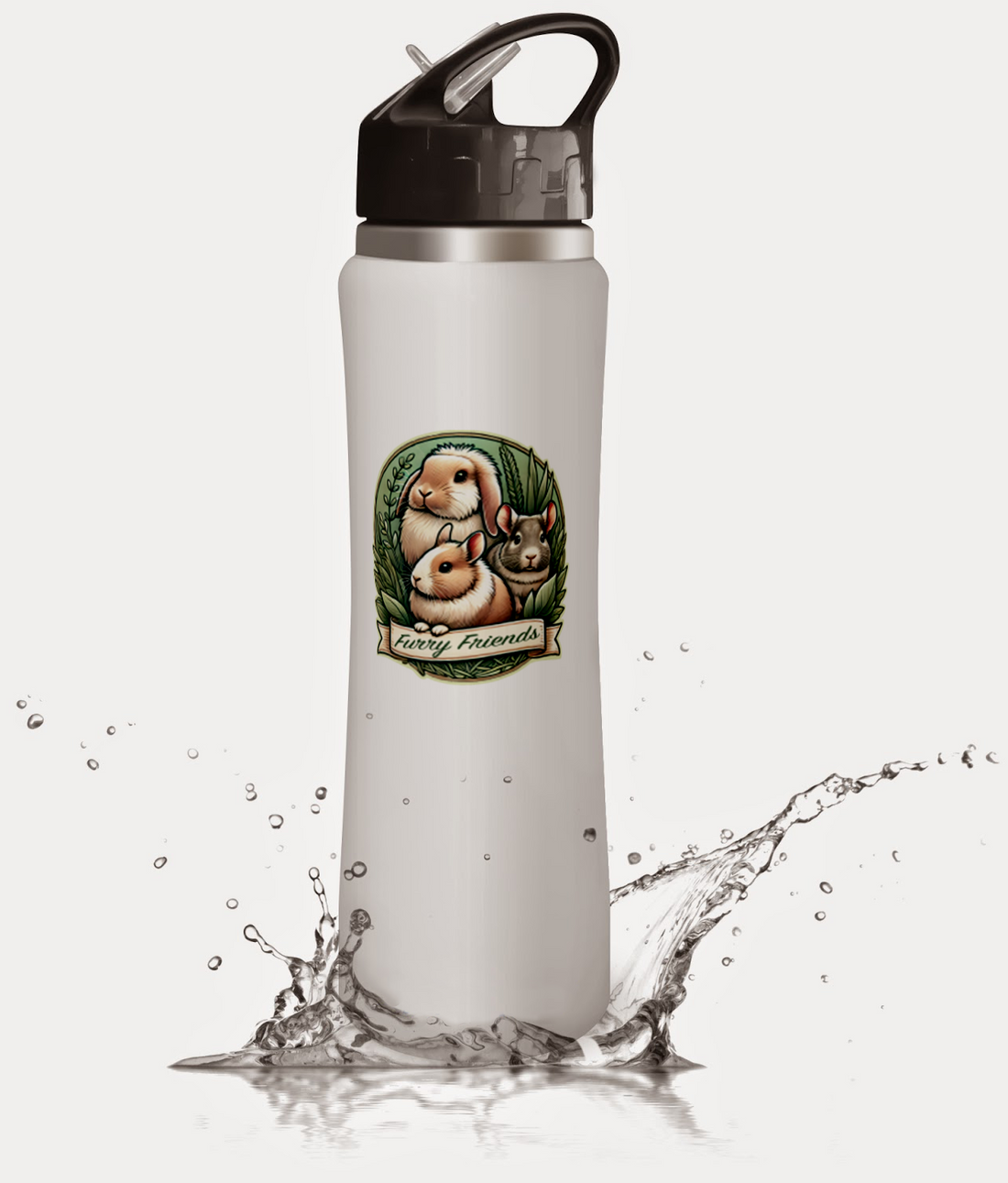
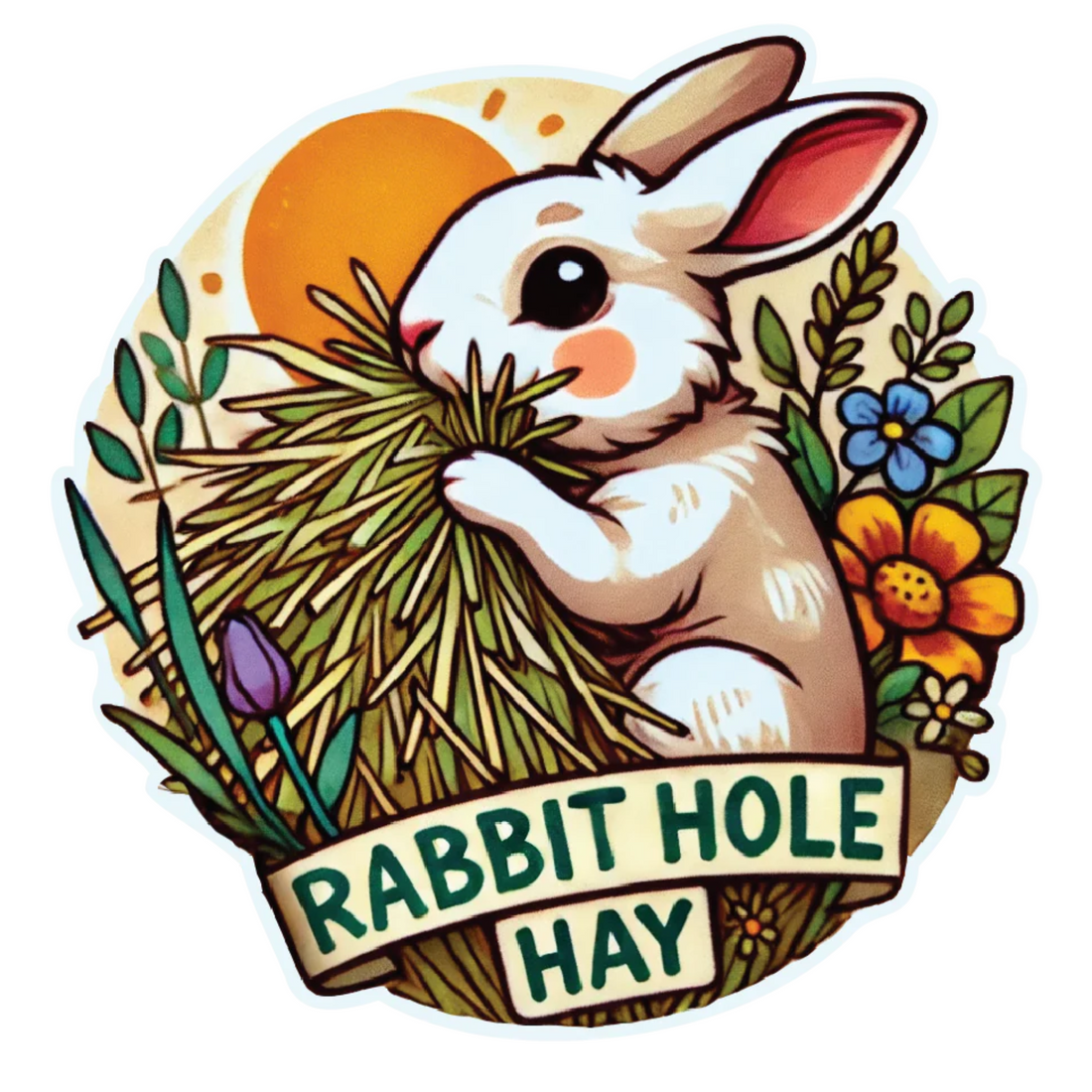
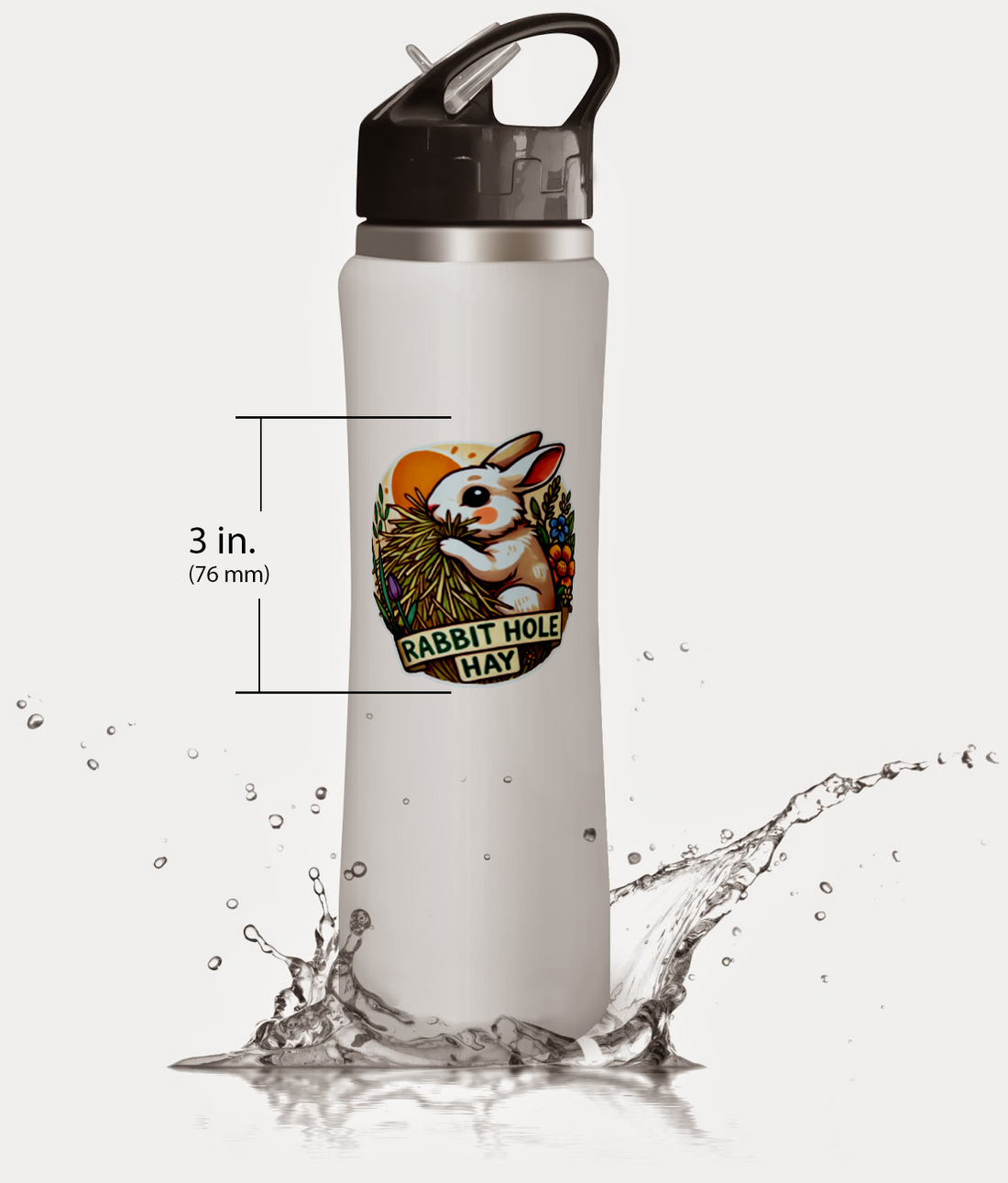
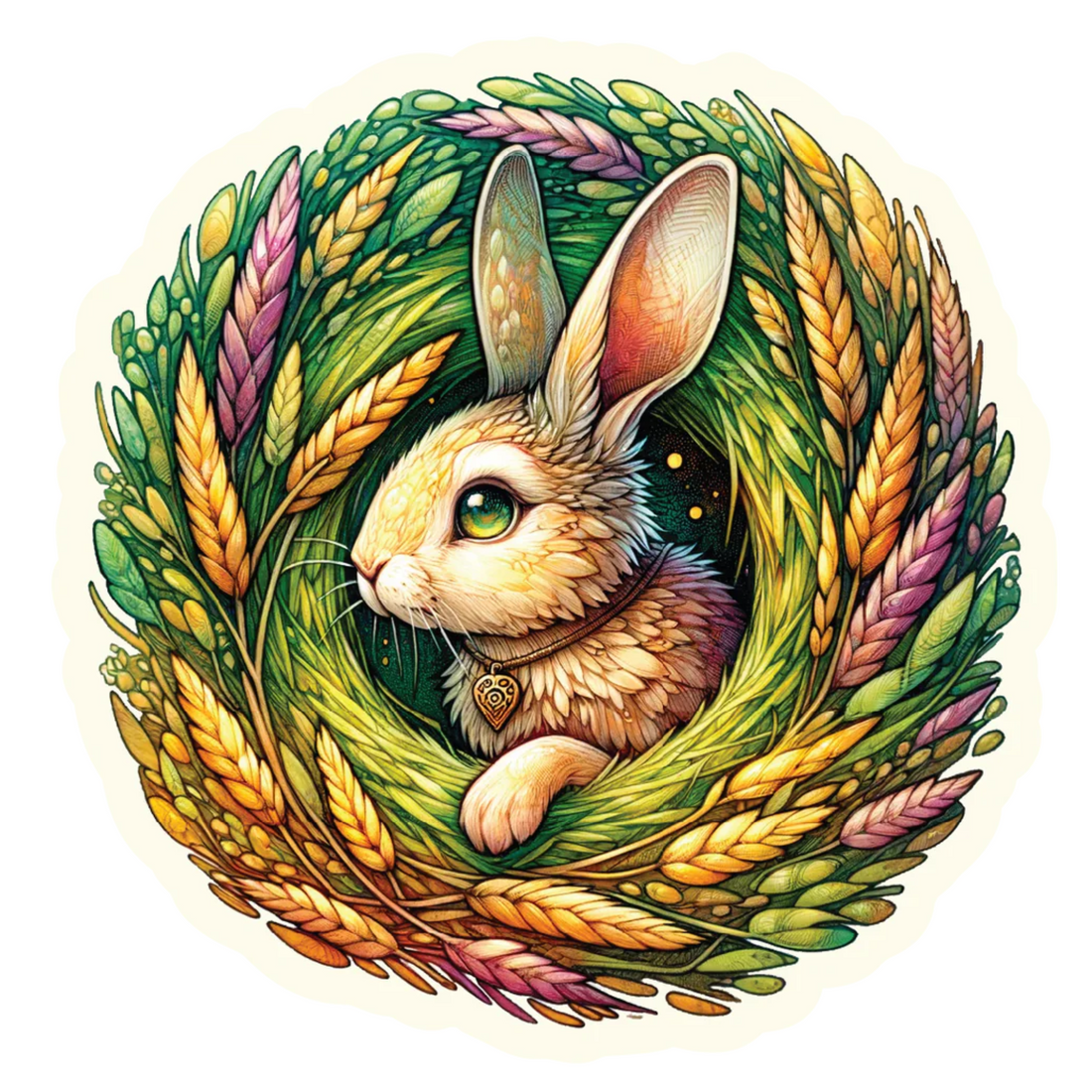

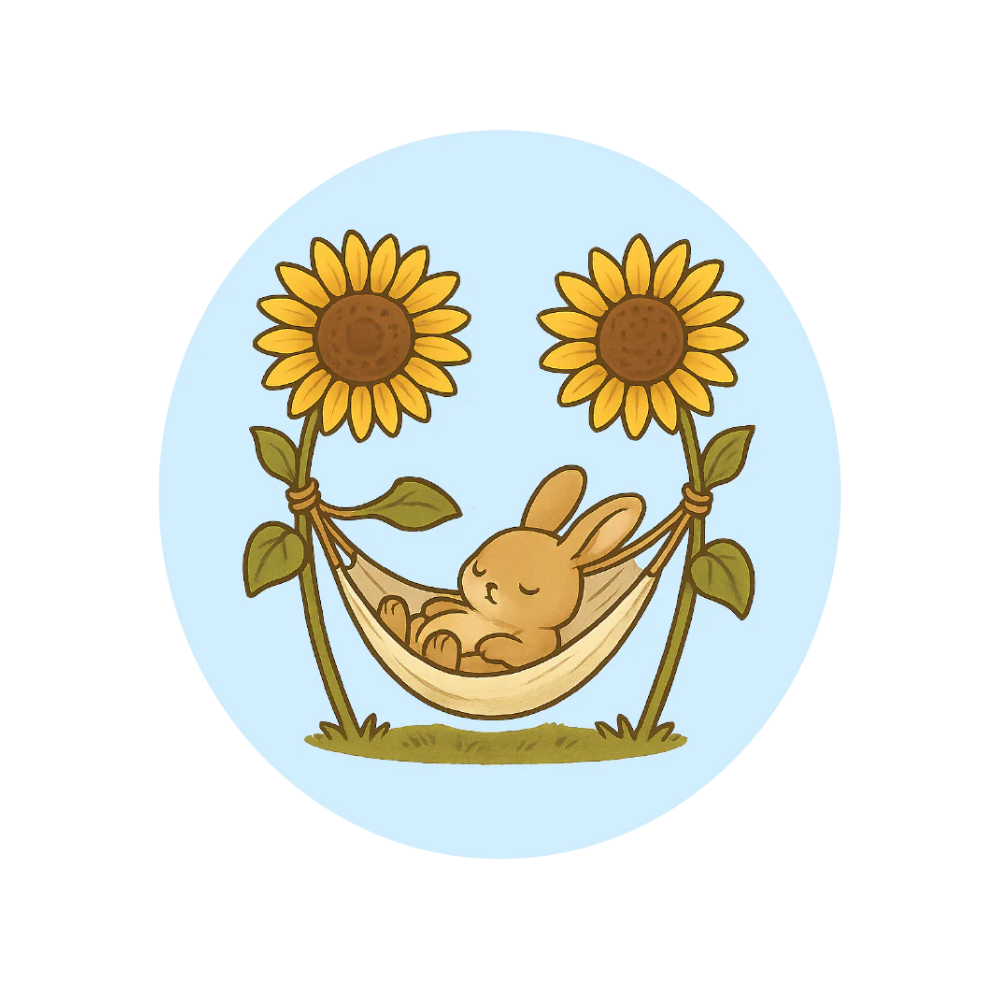

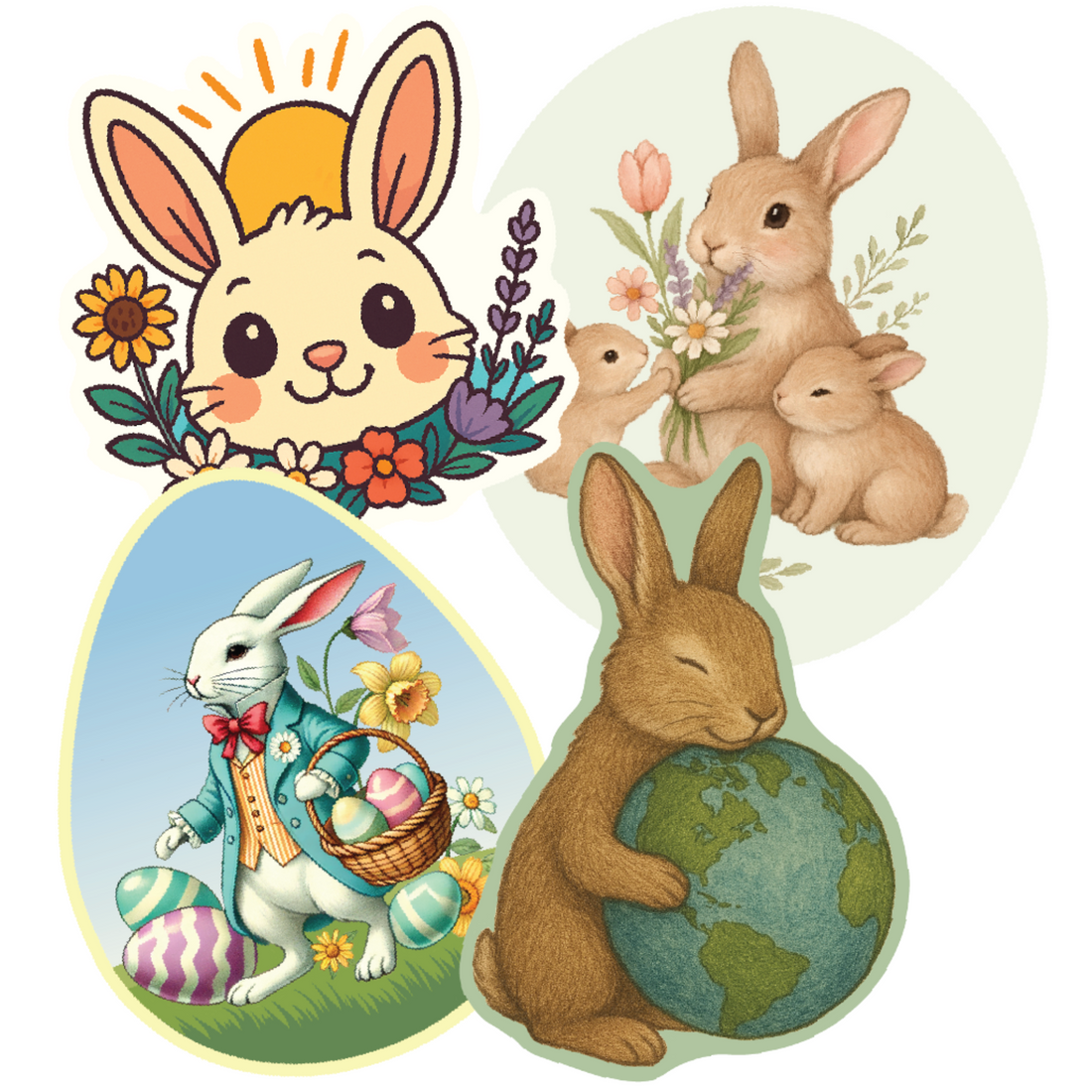
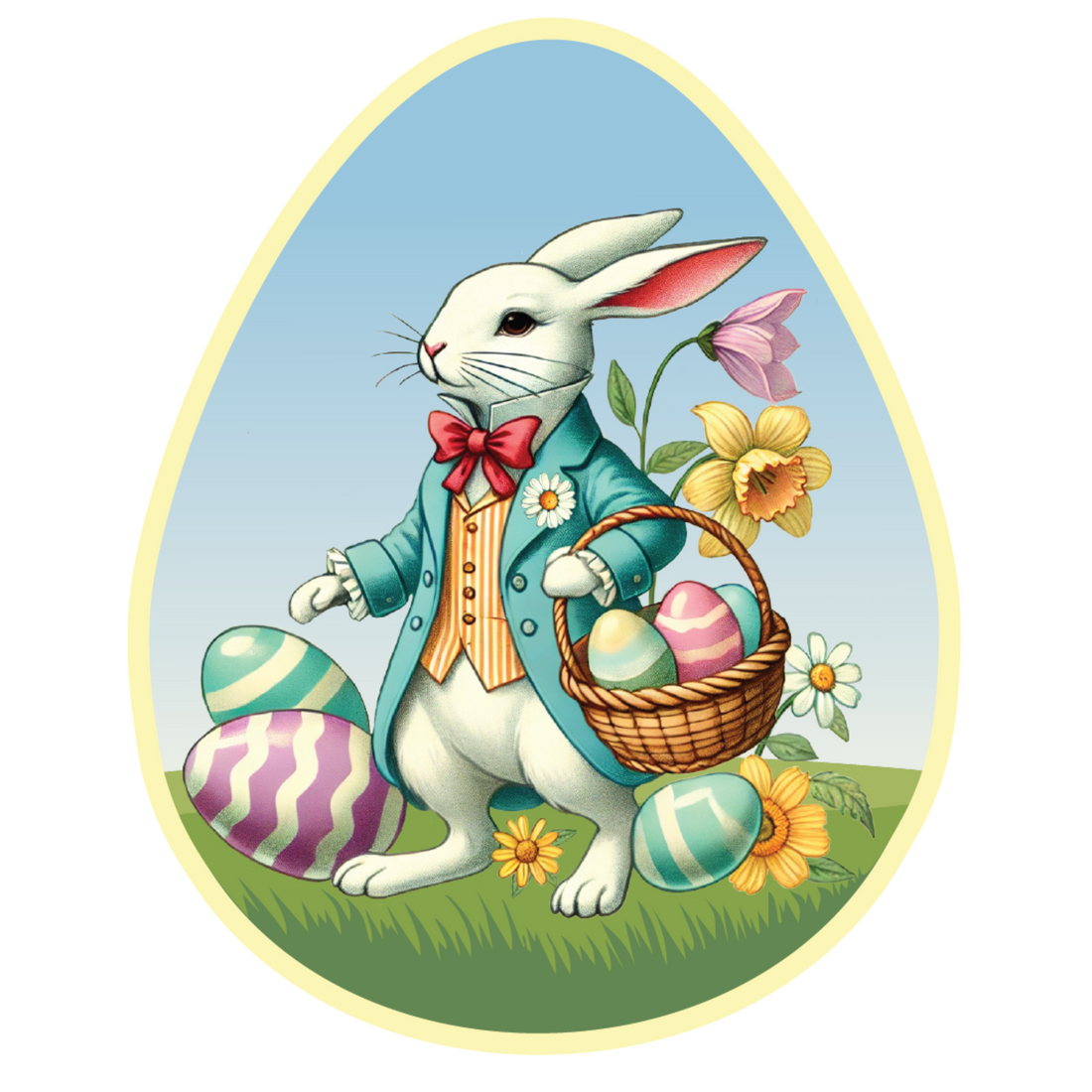
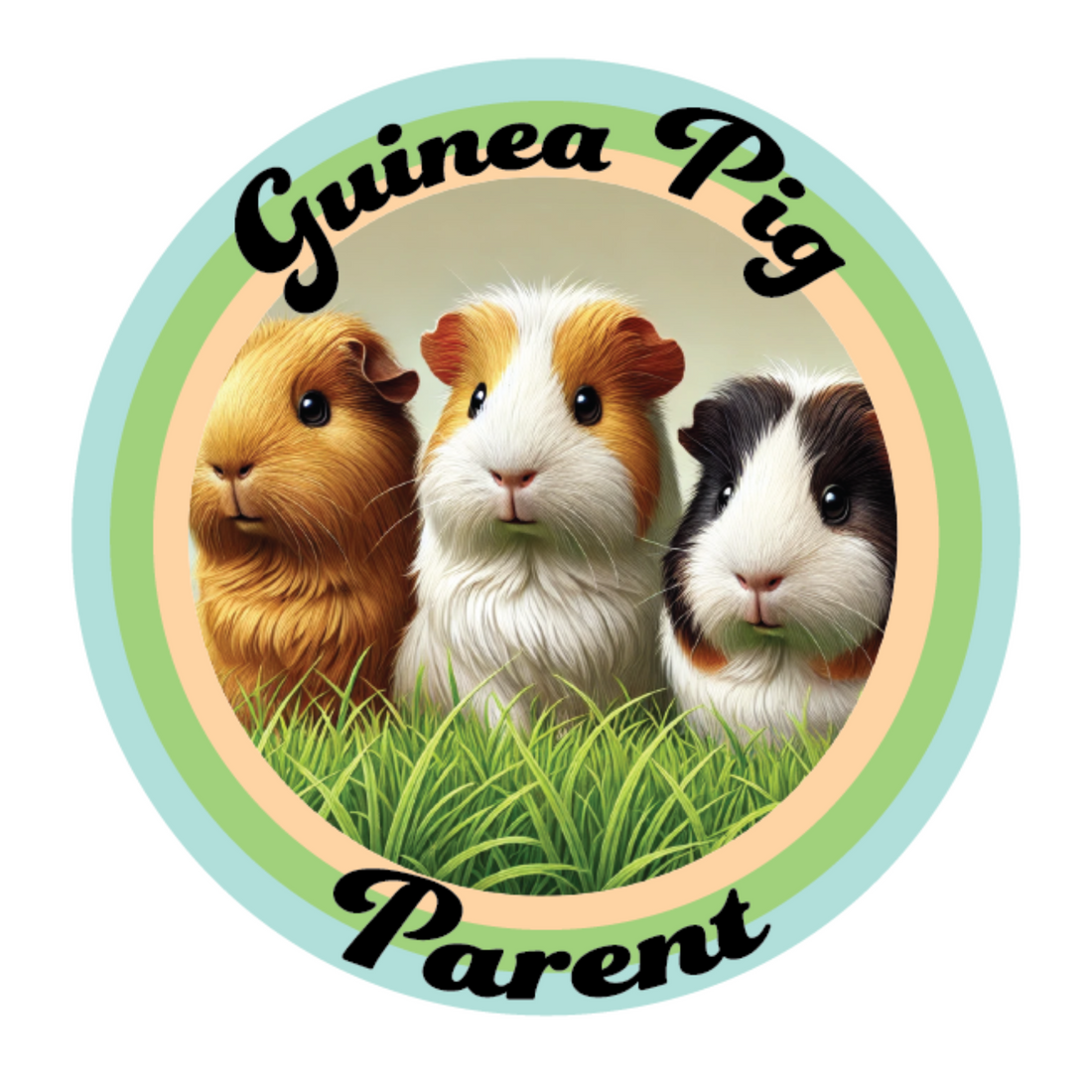

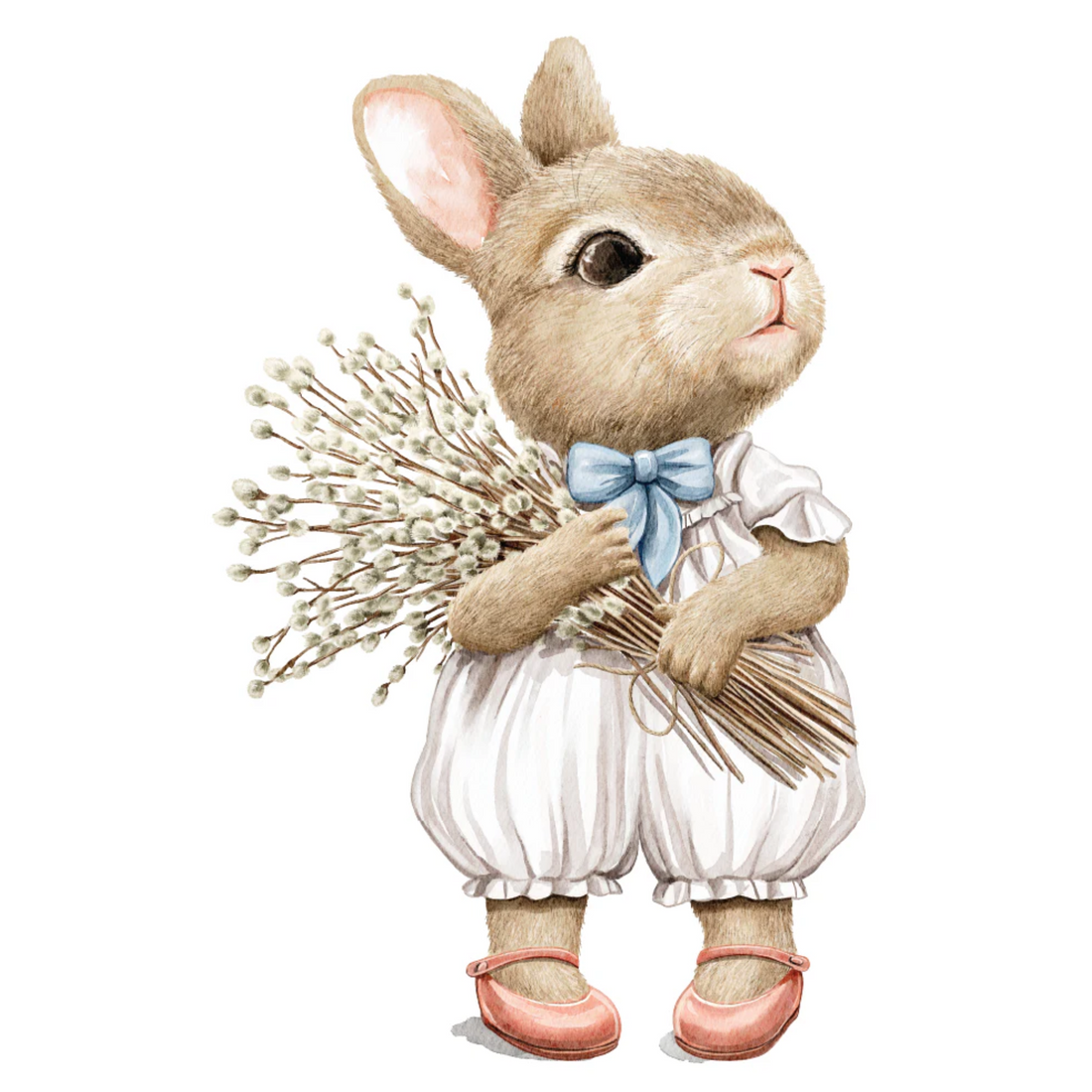


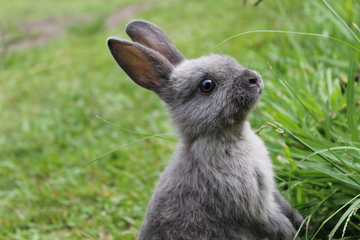
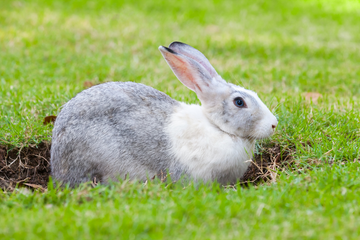
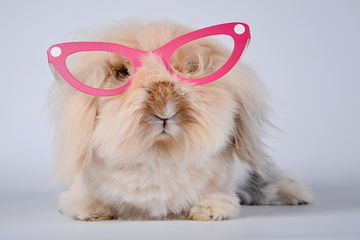
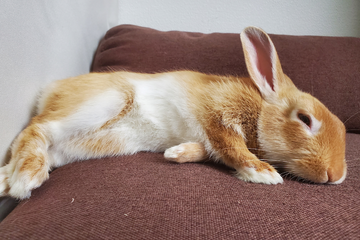


Comments